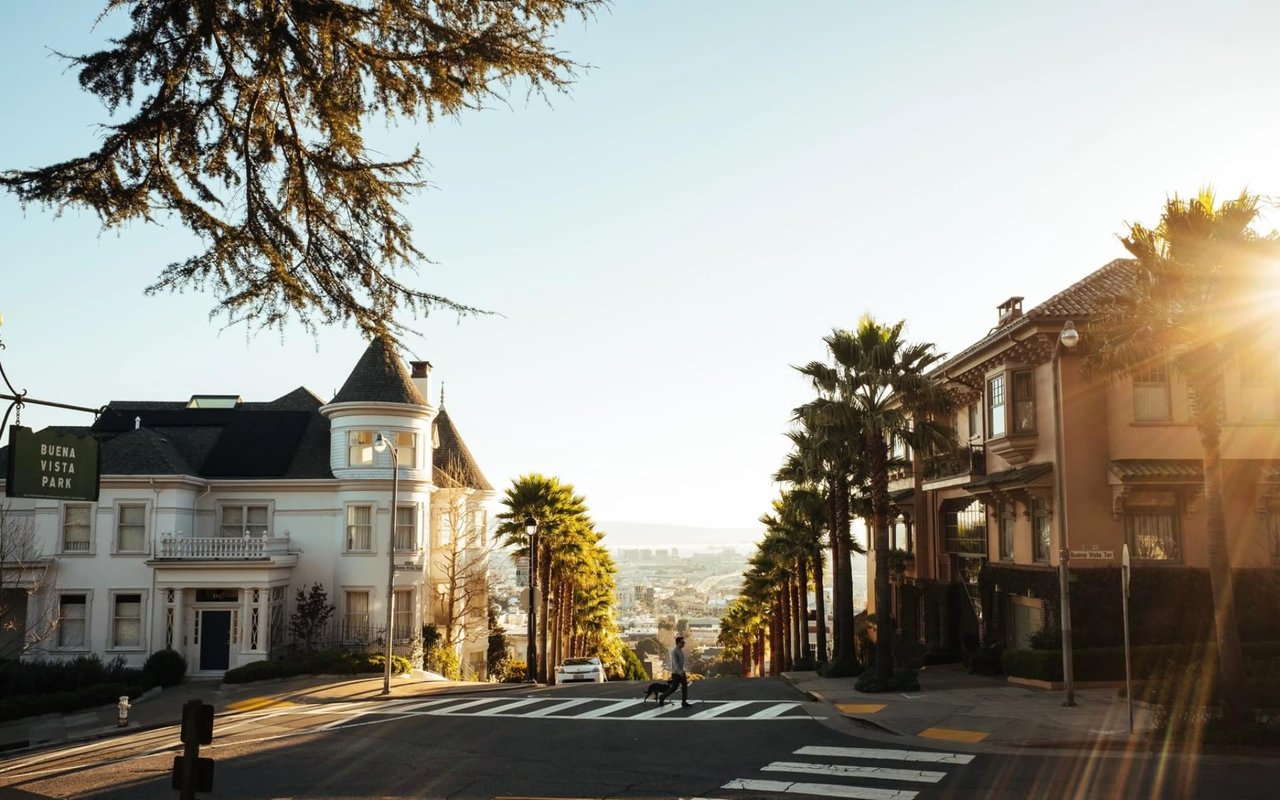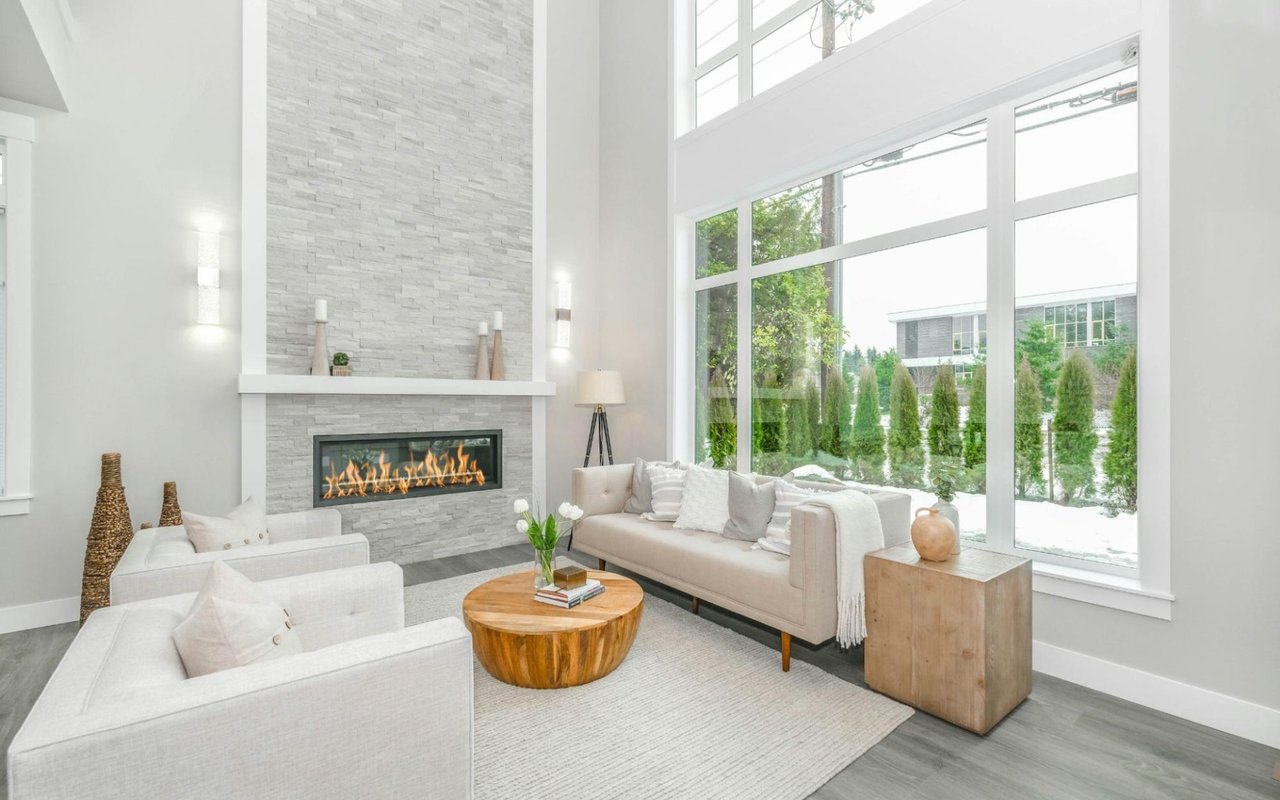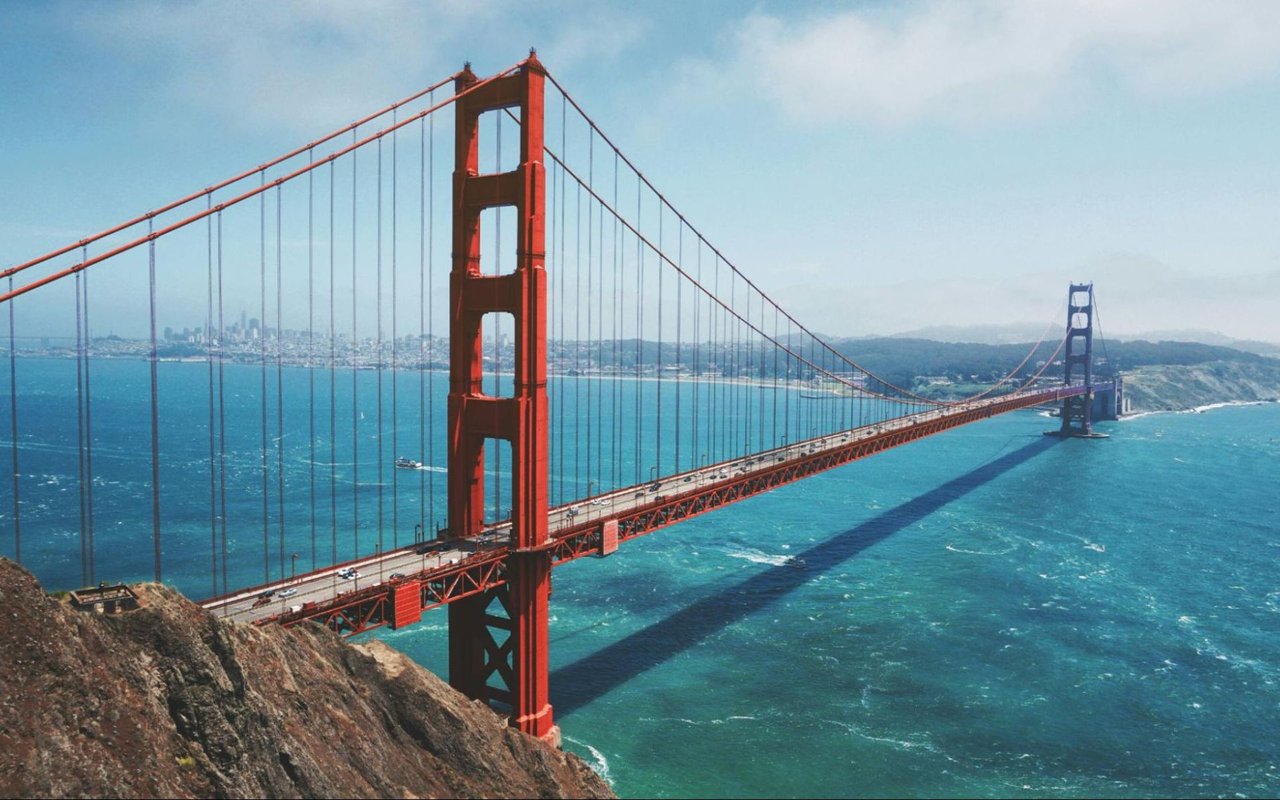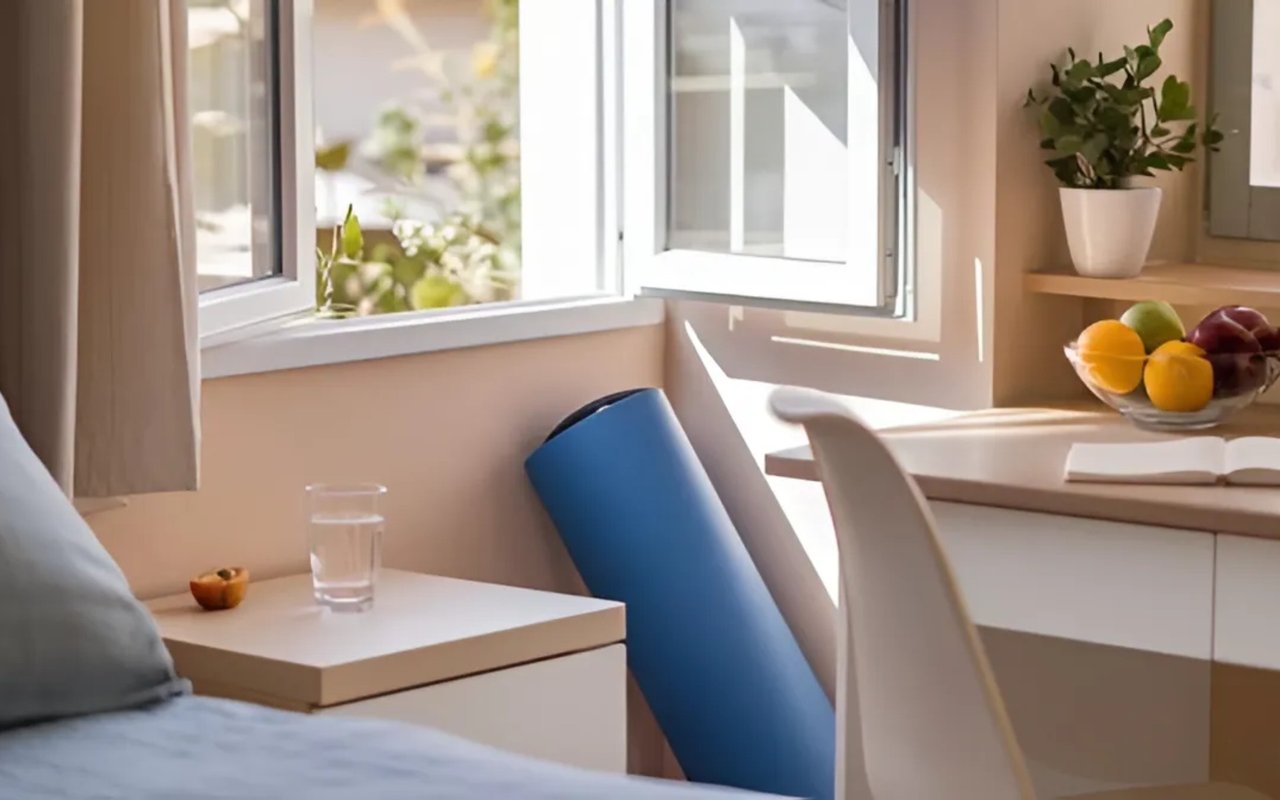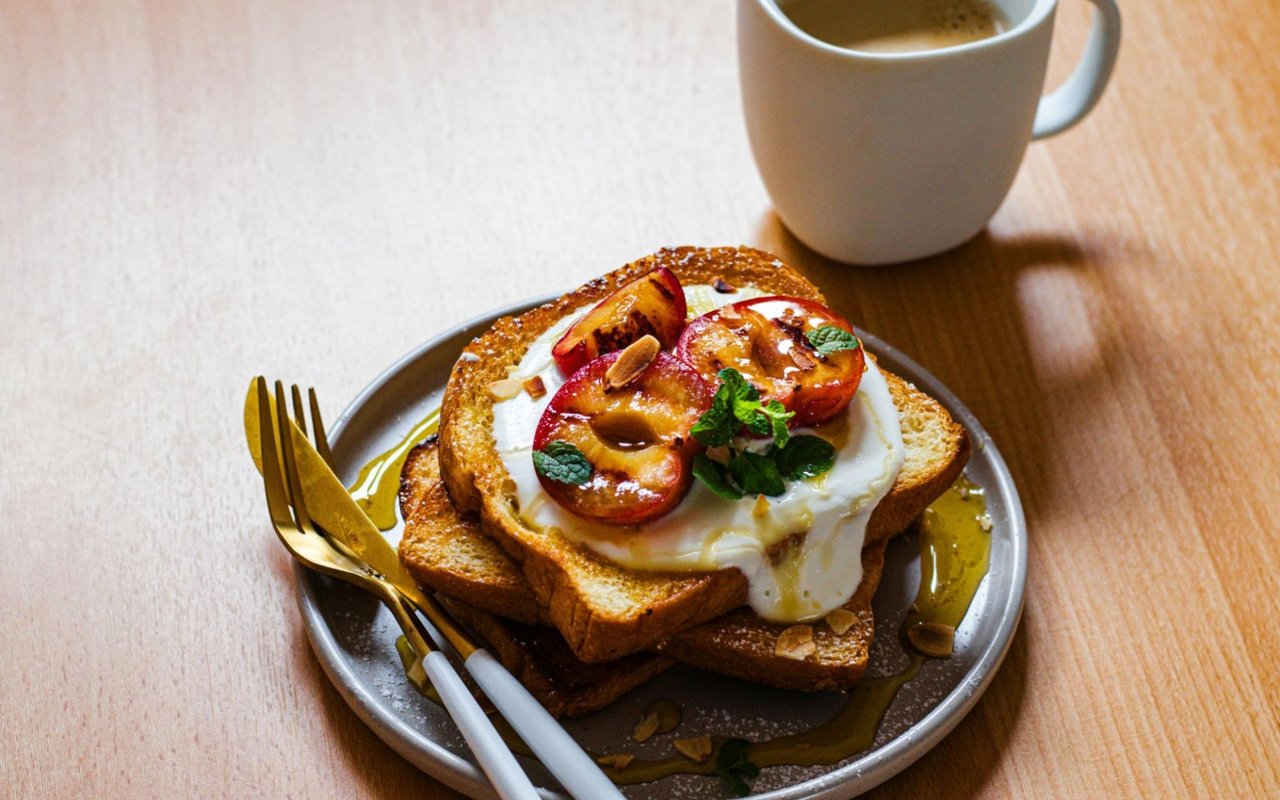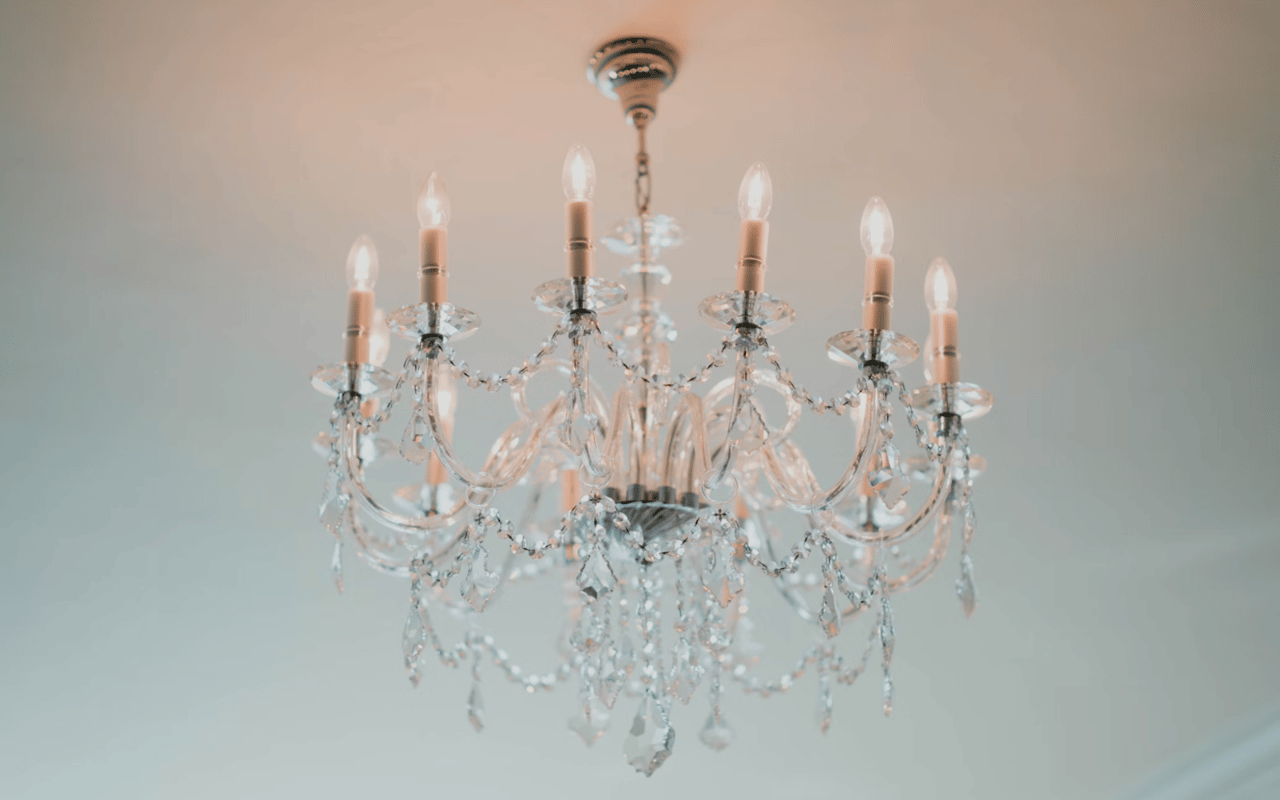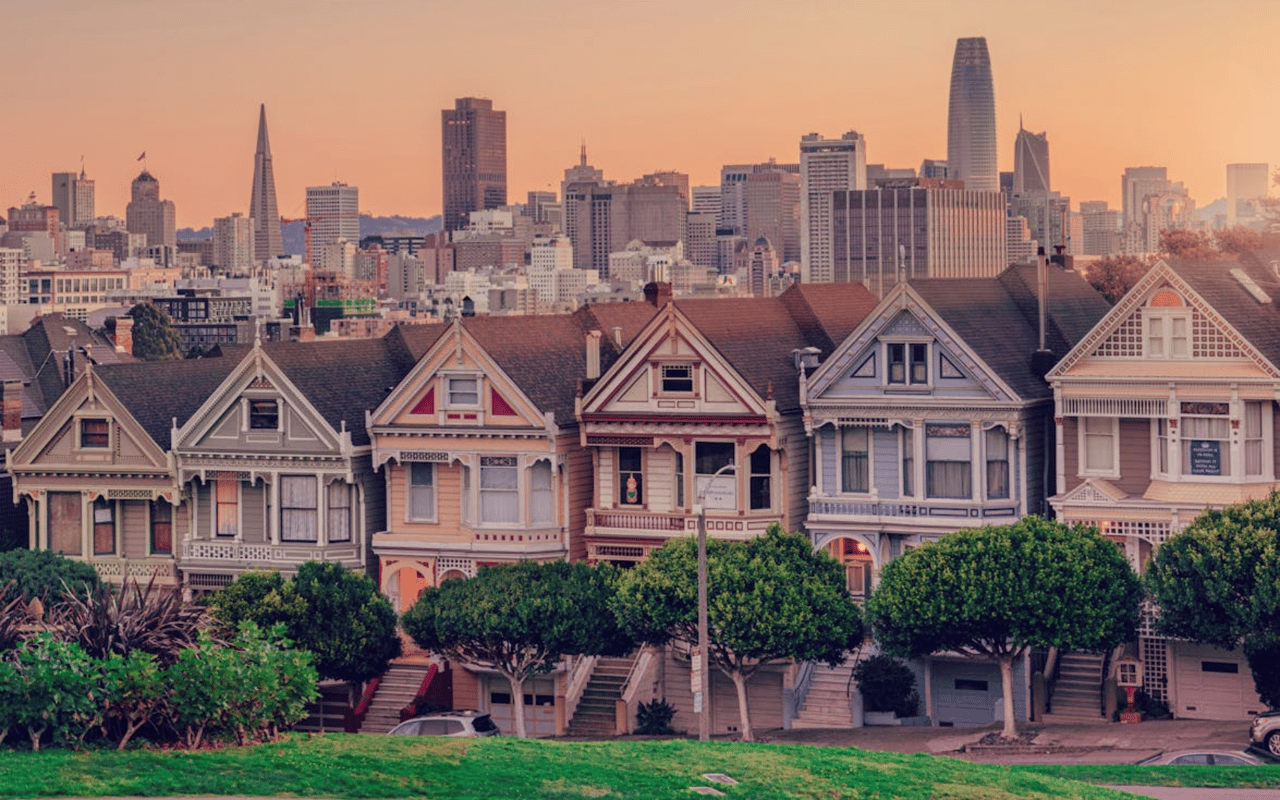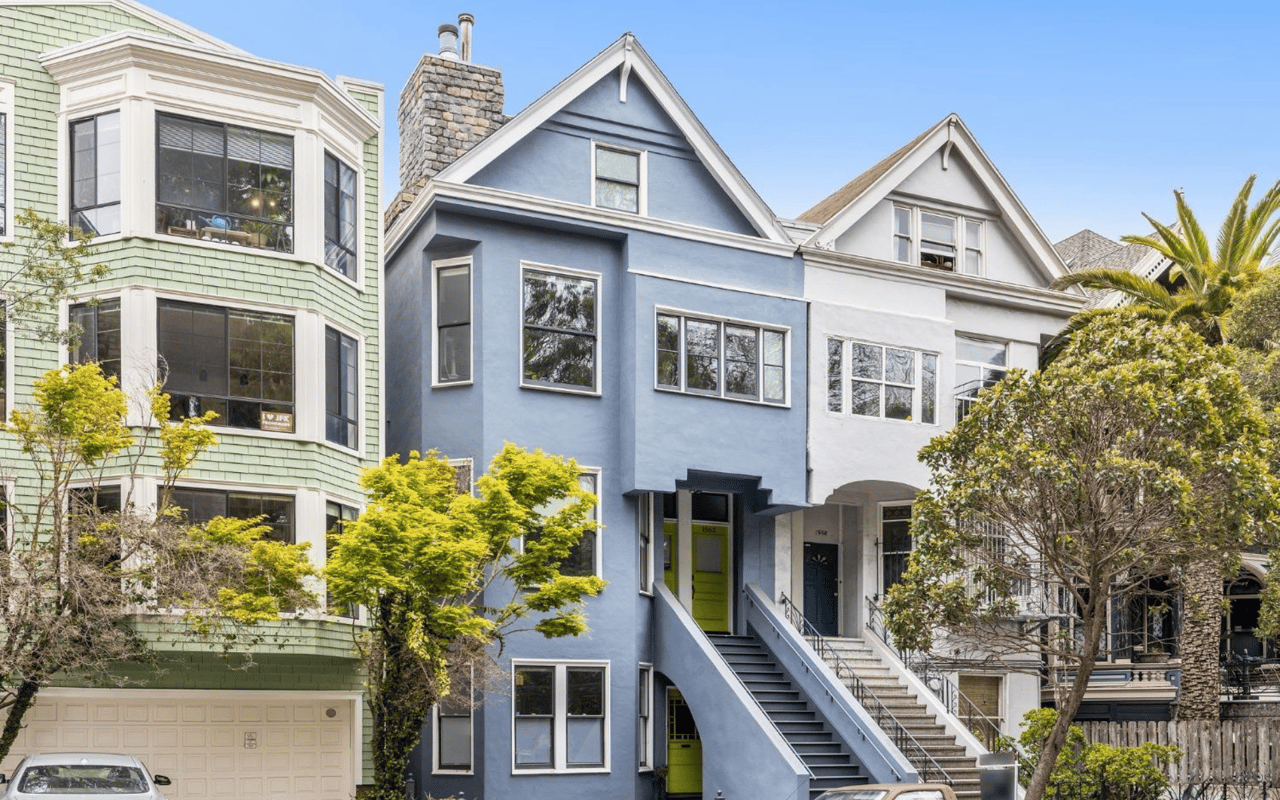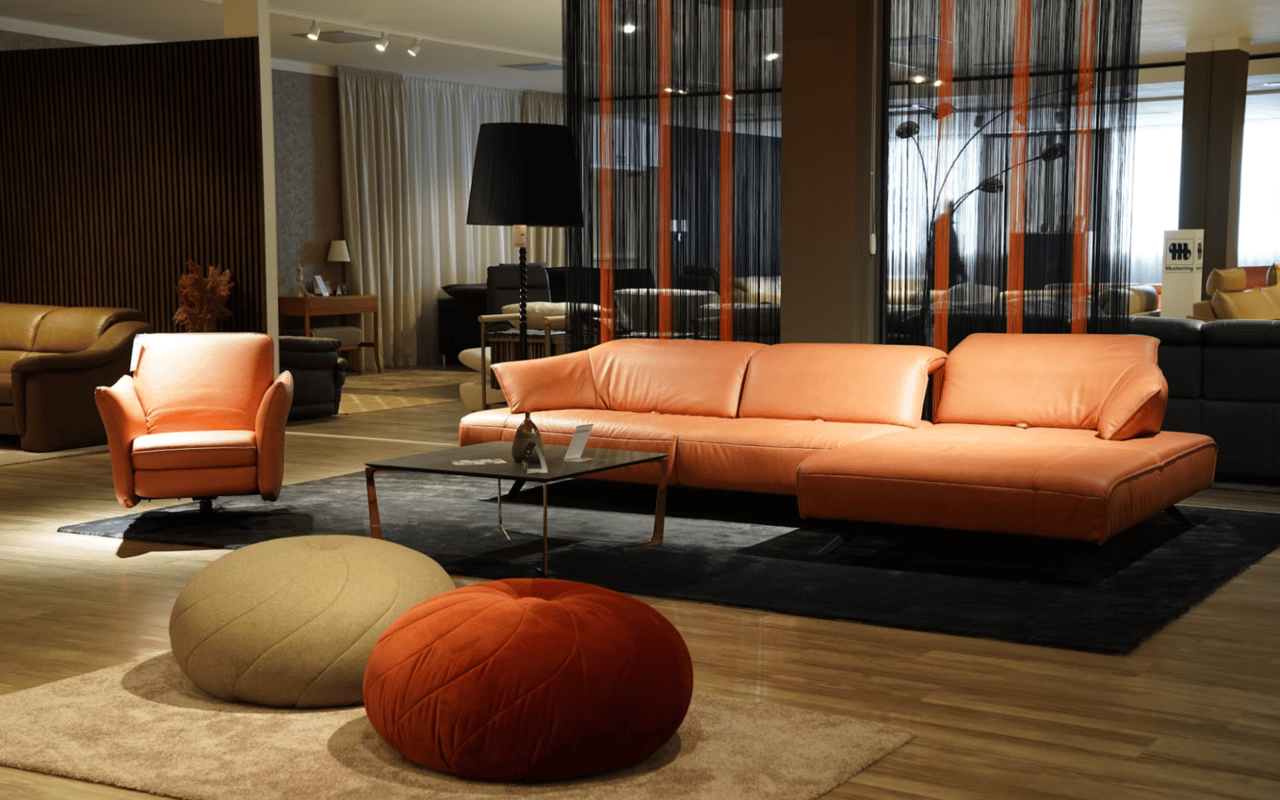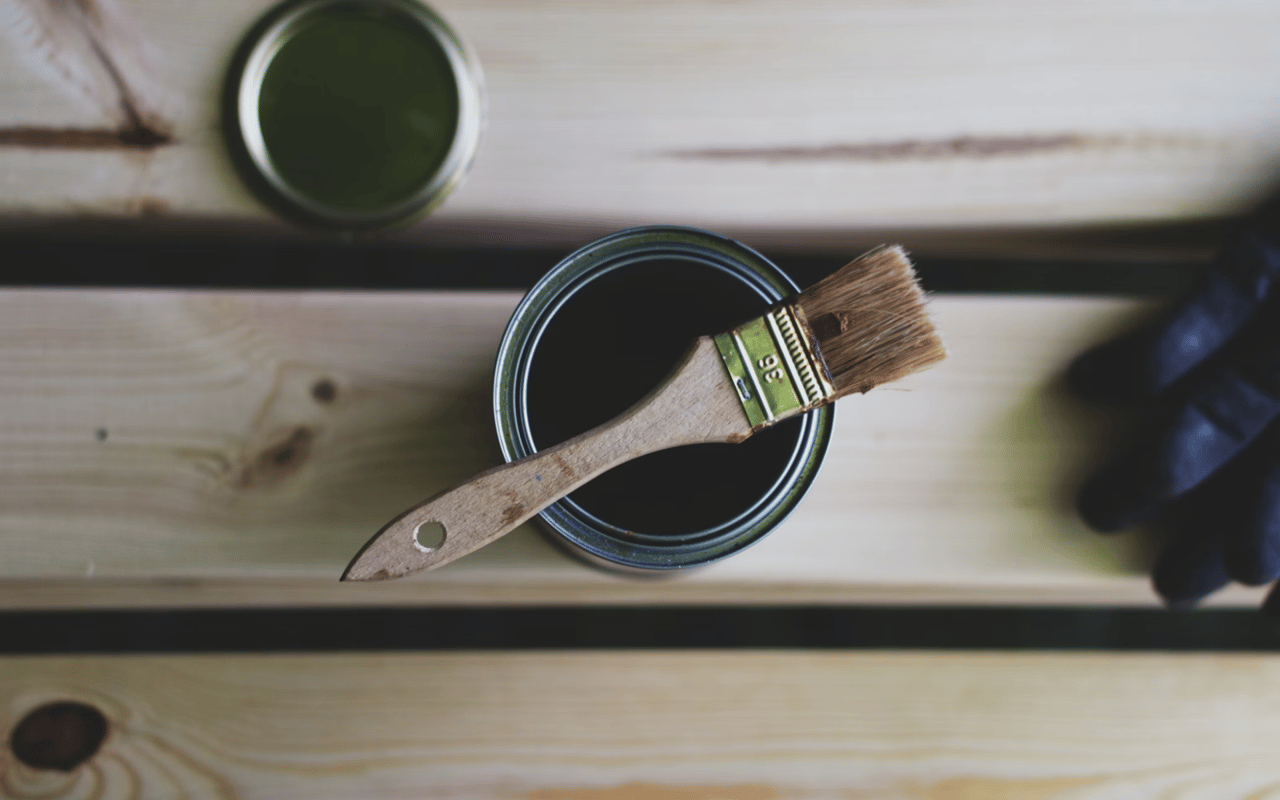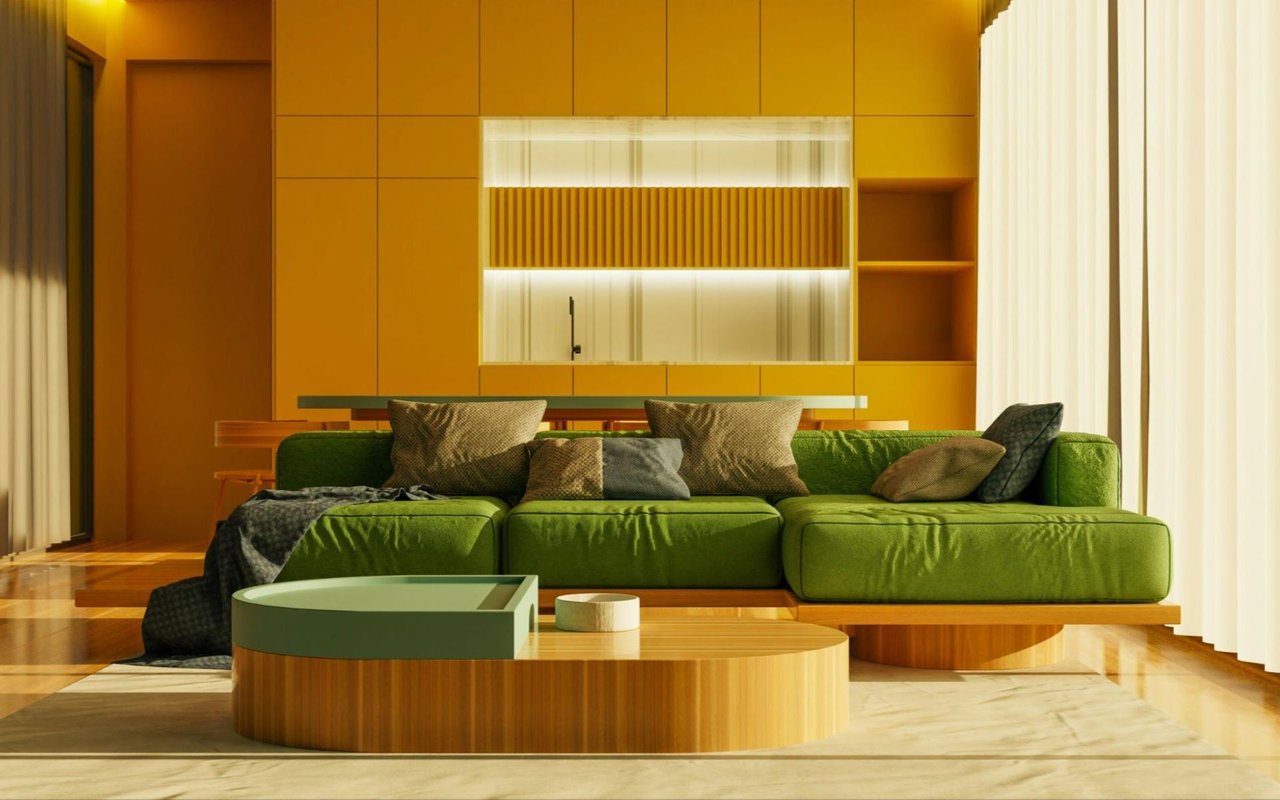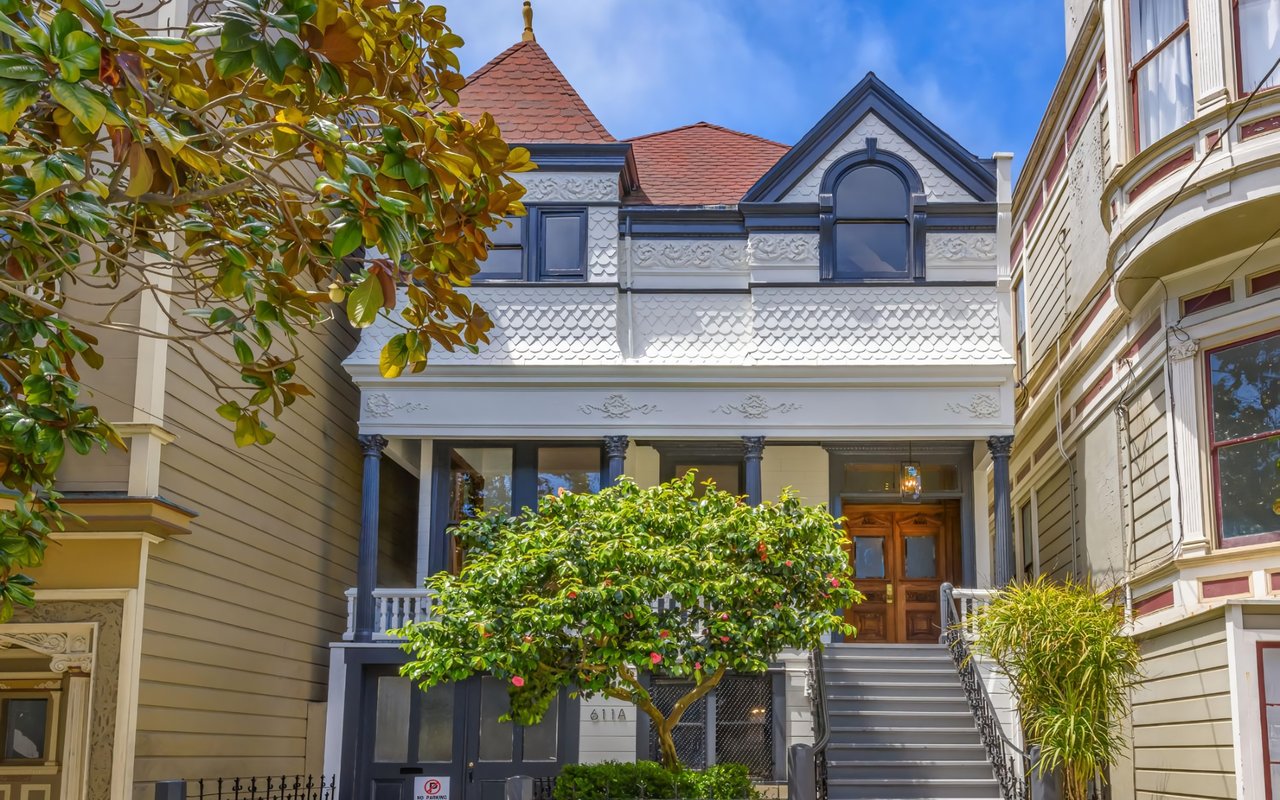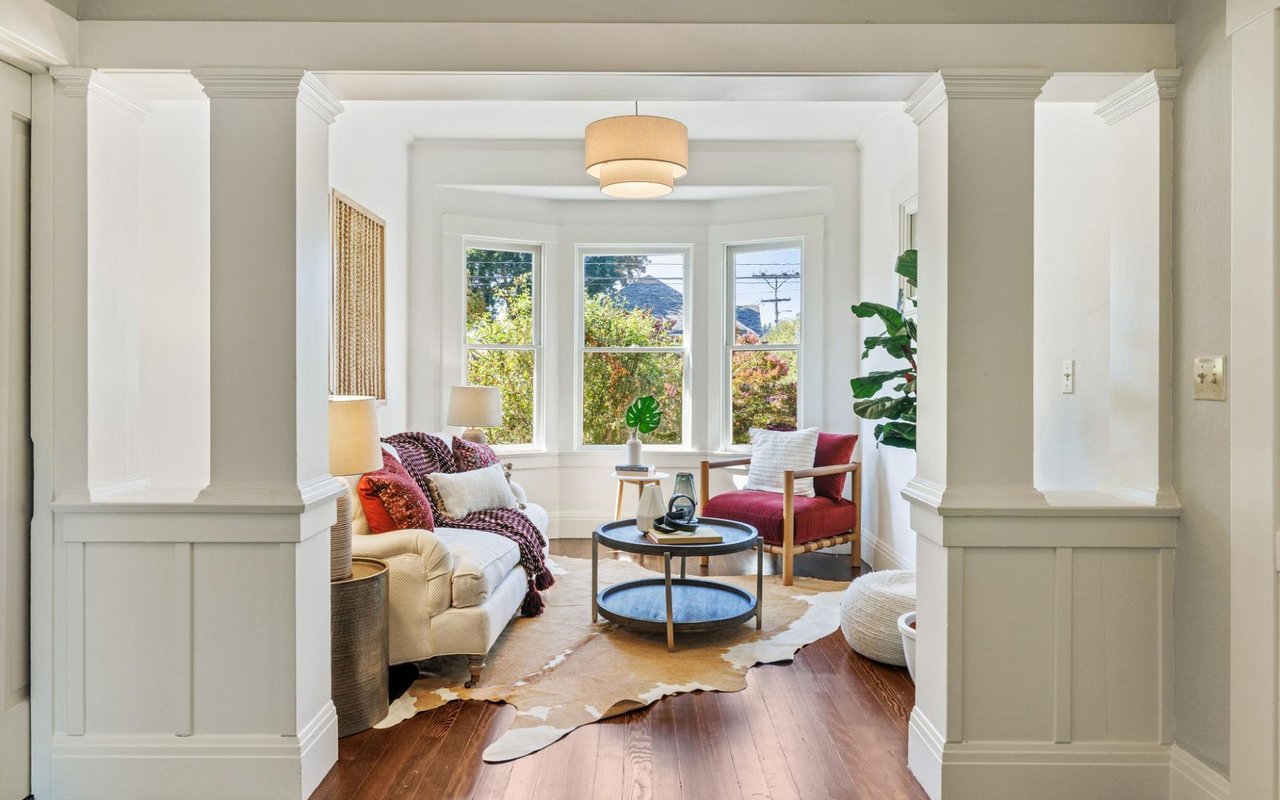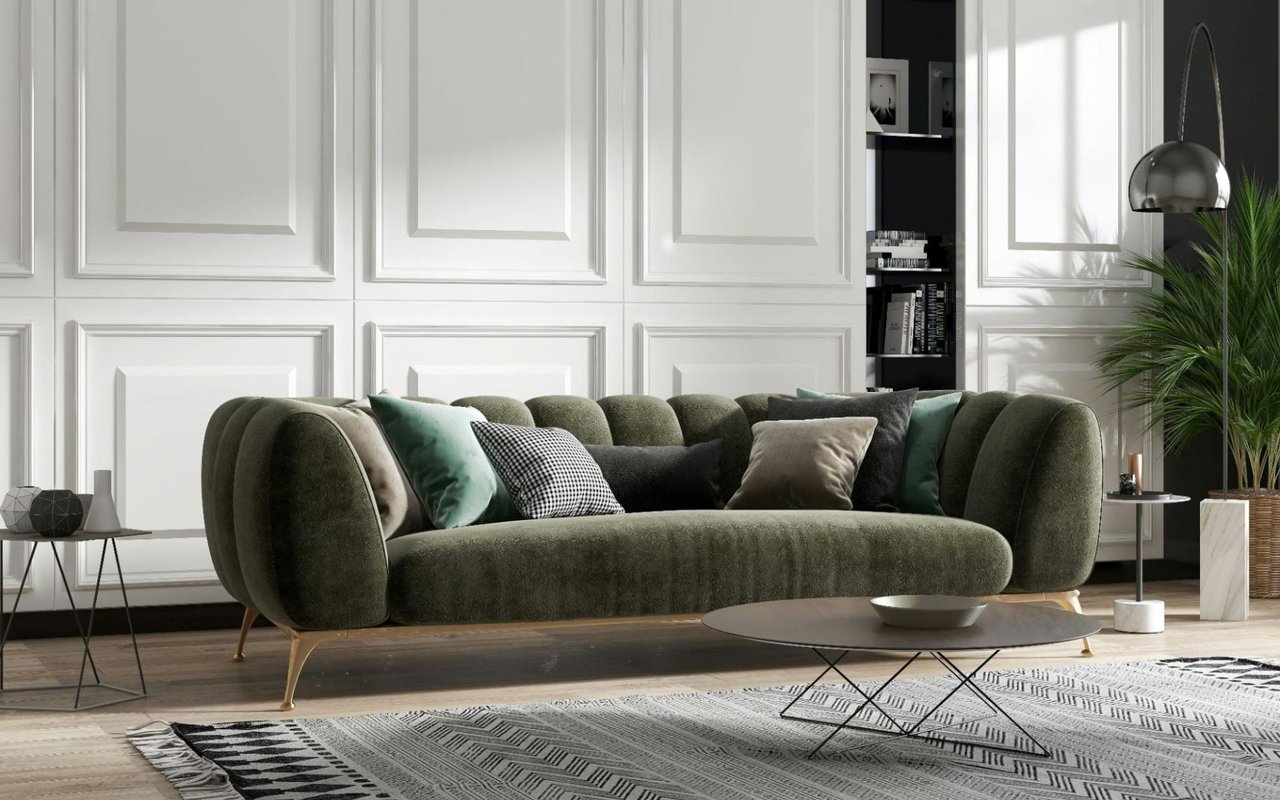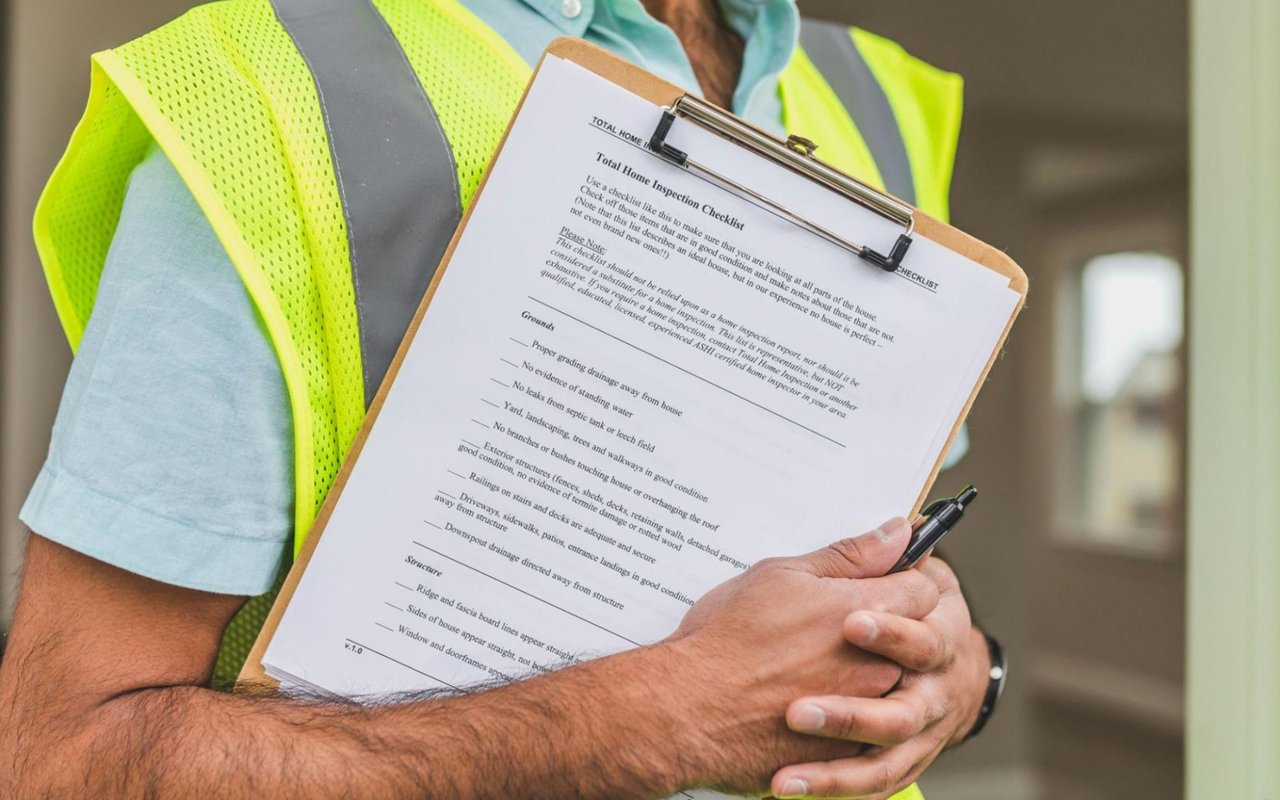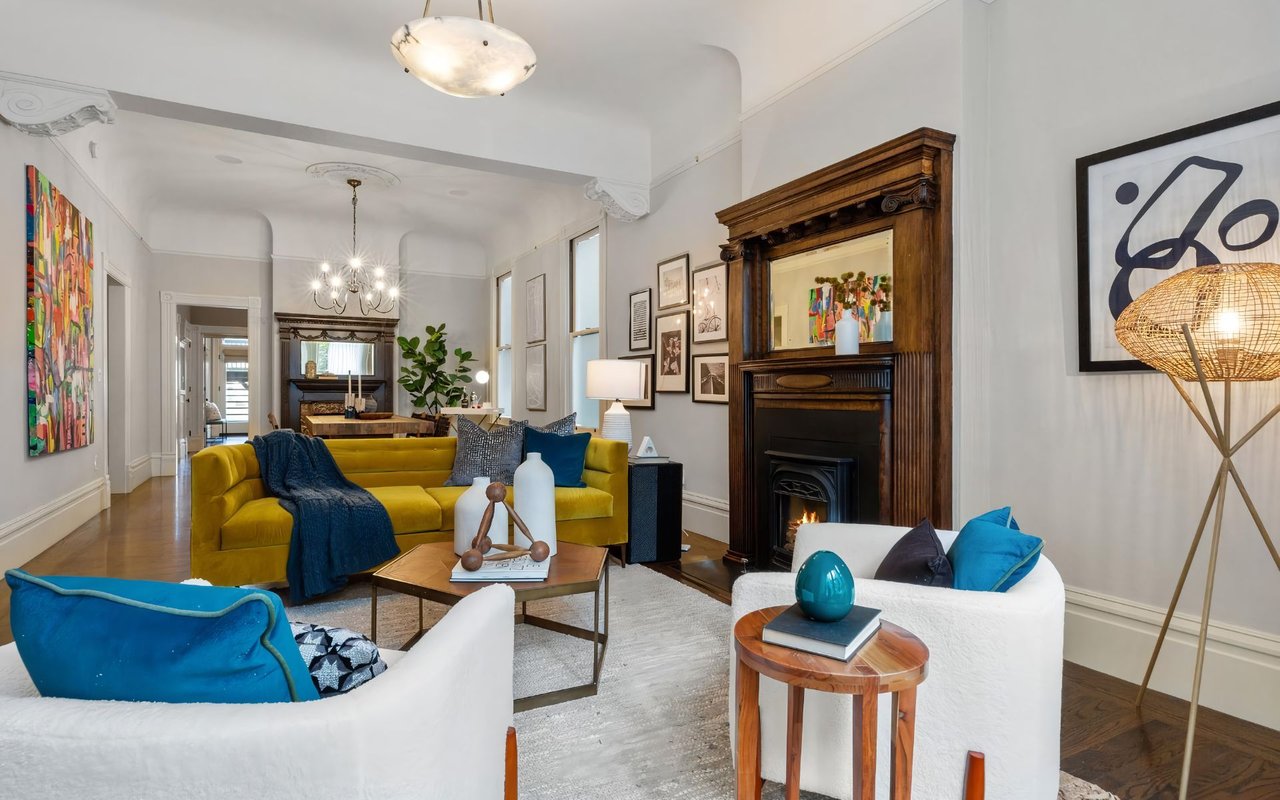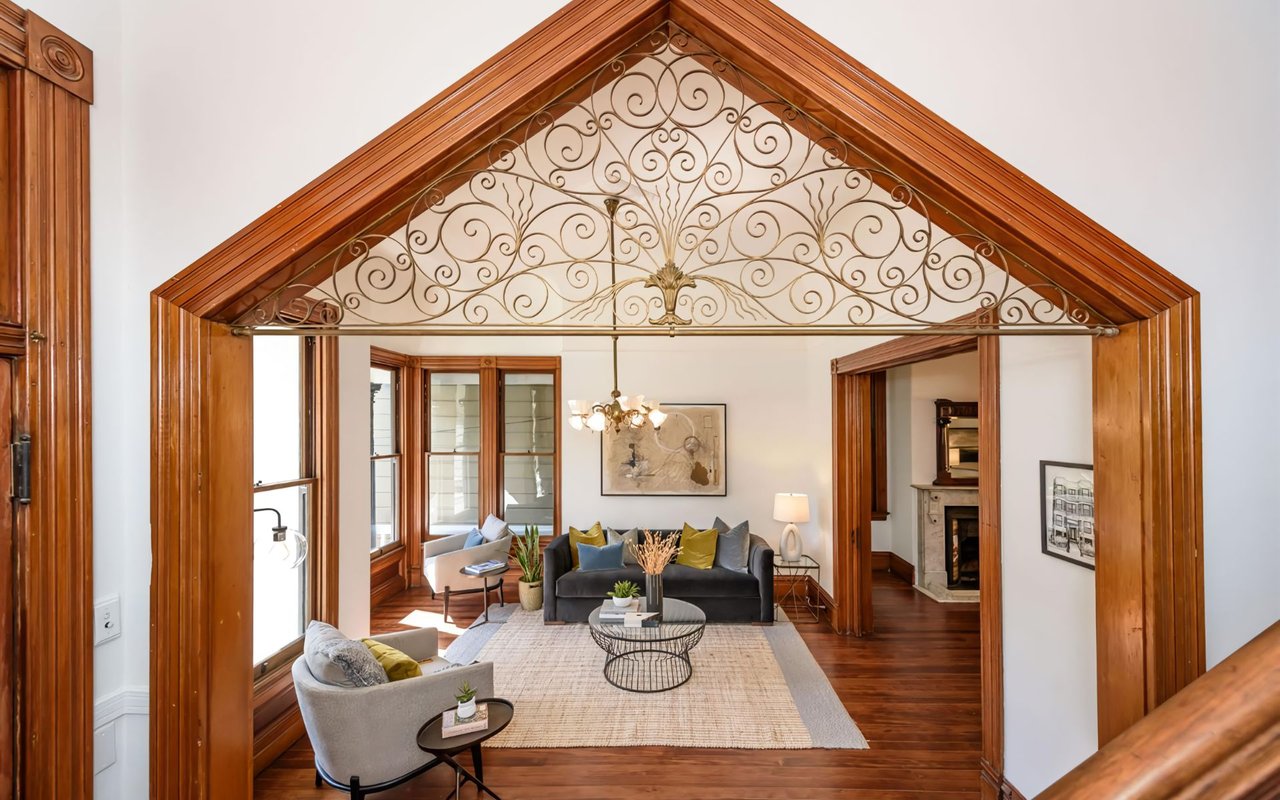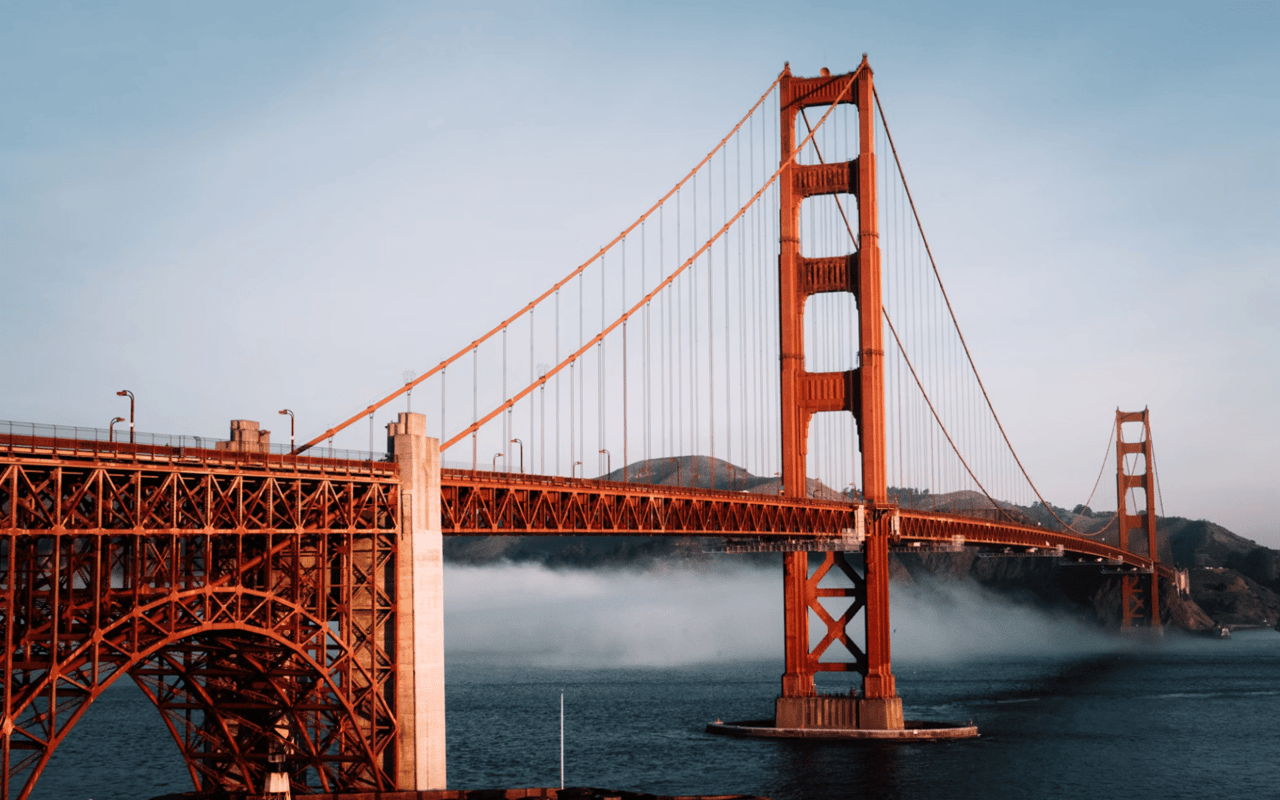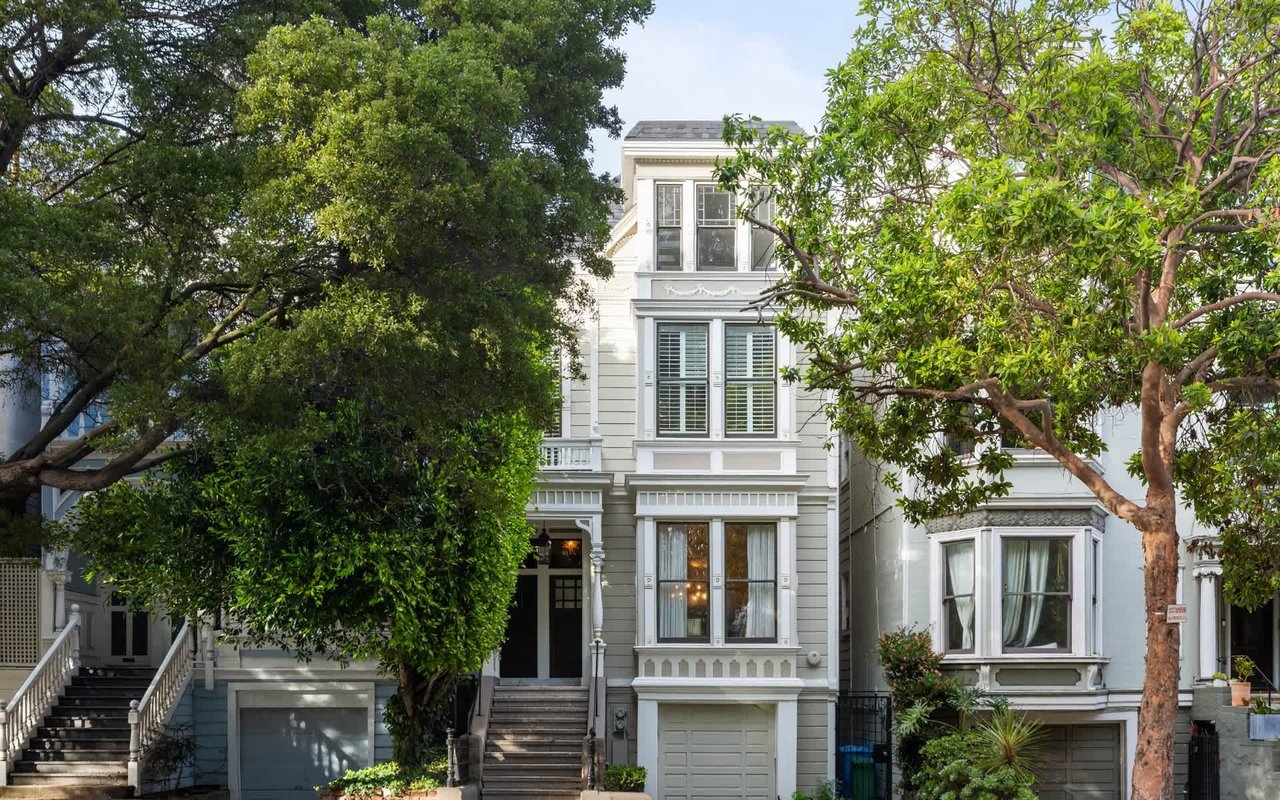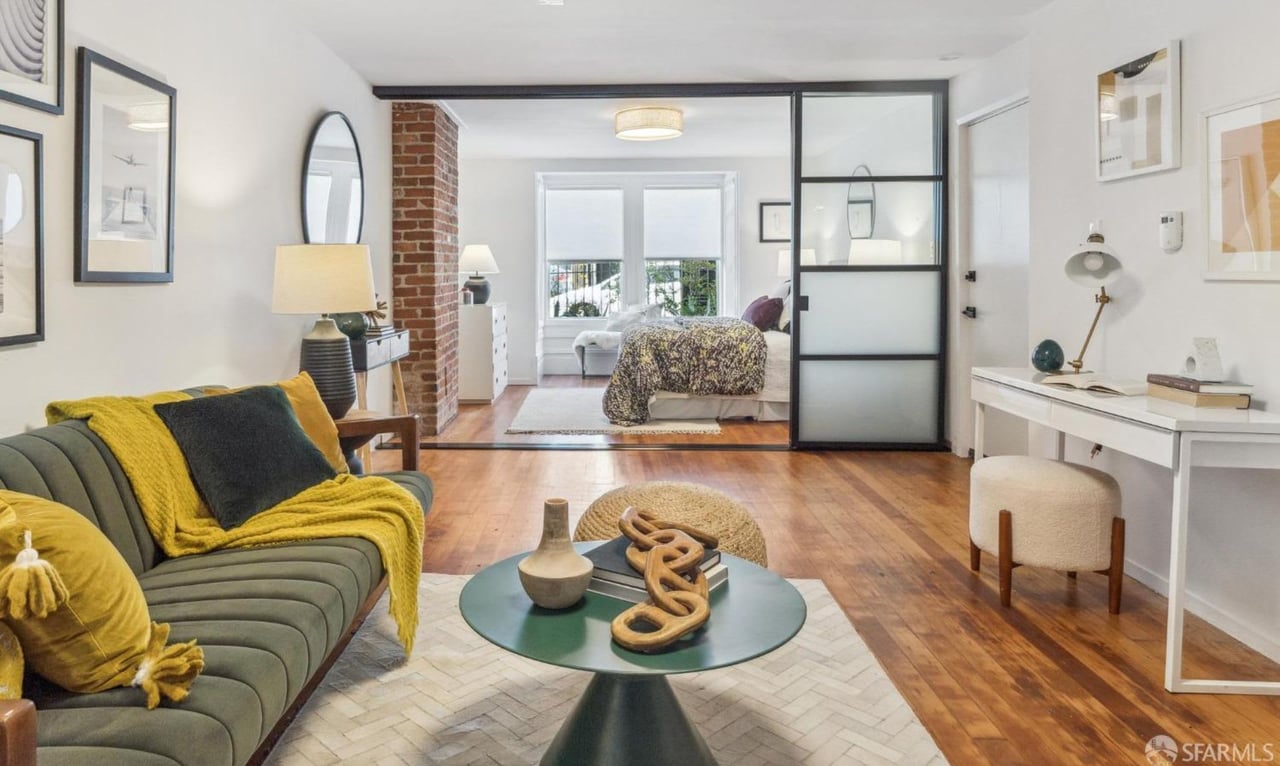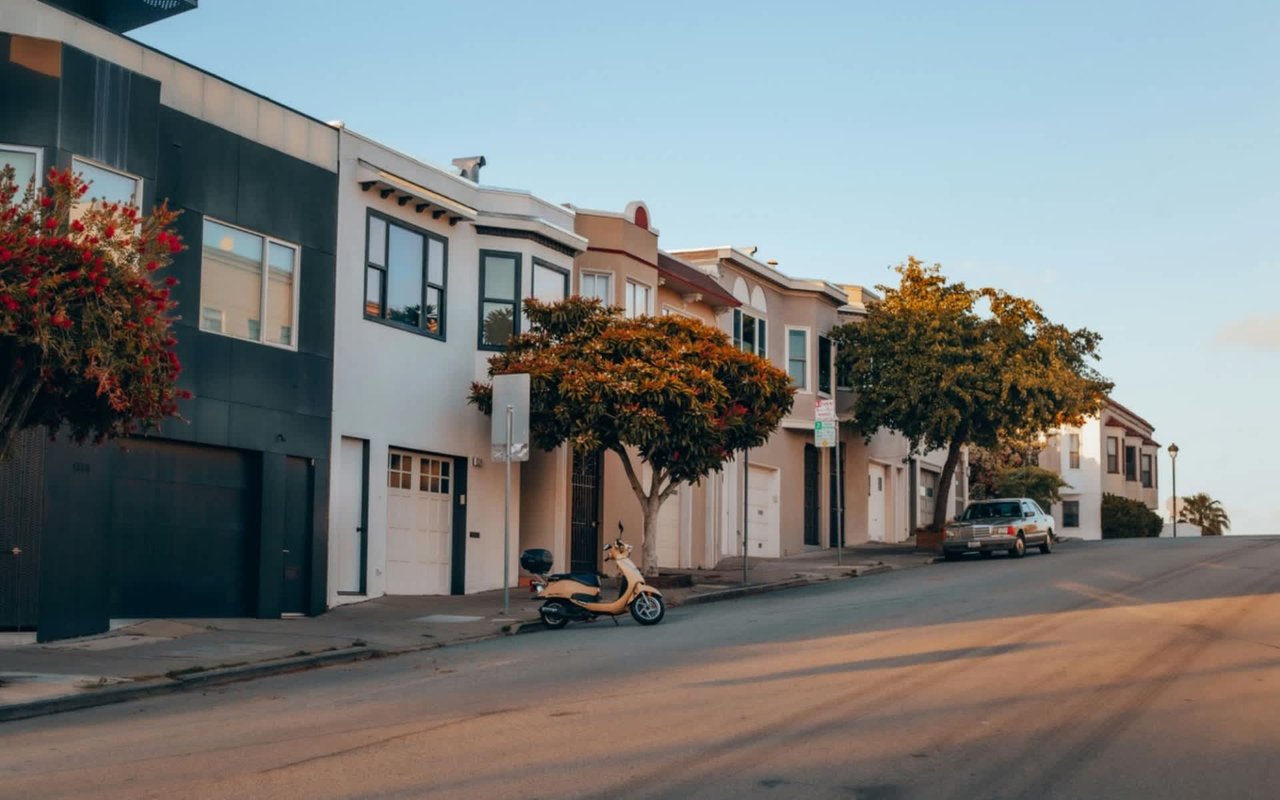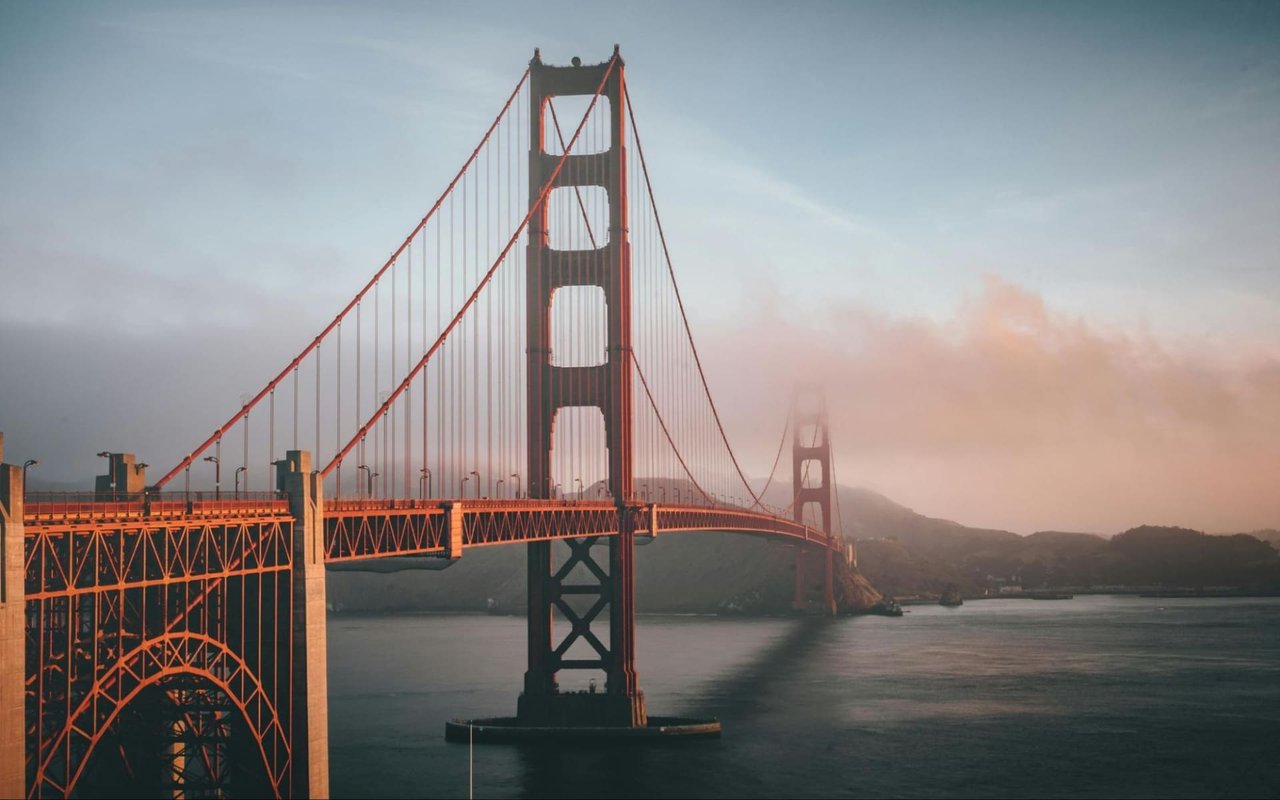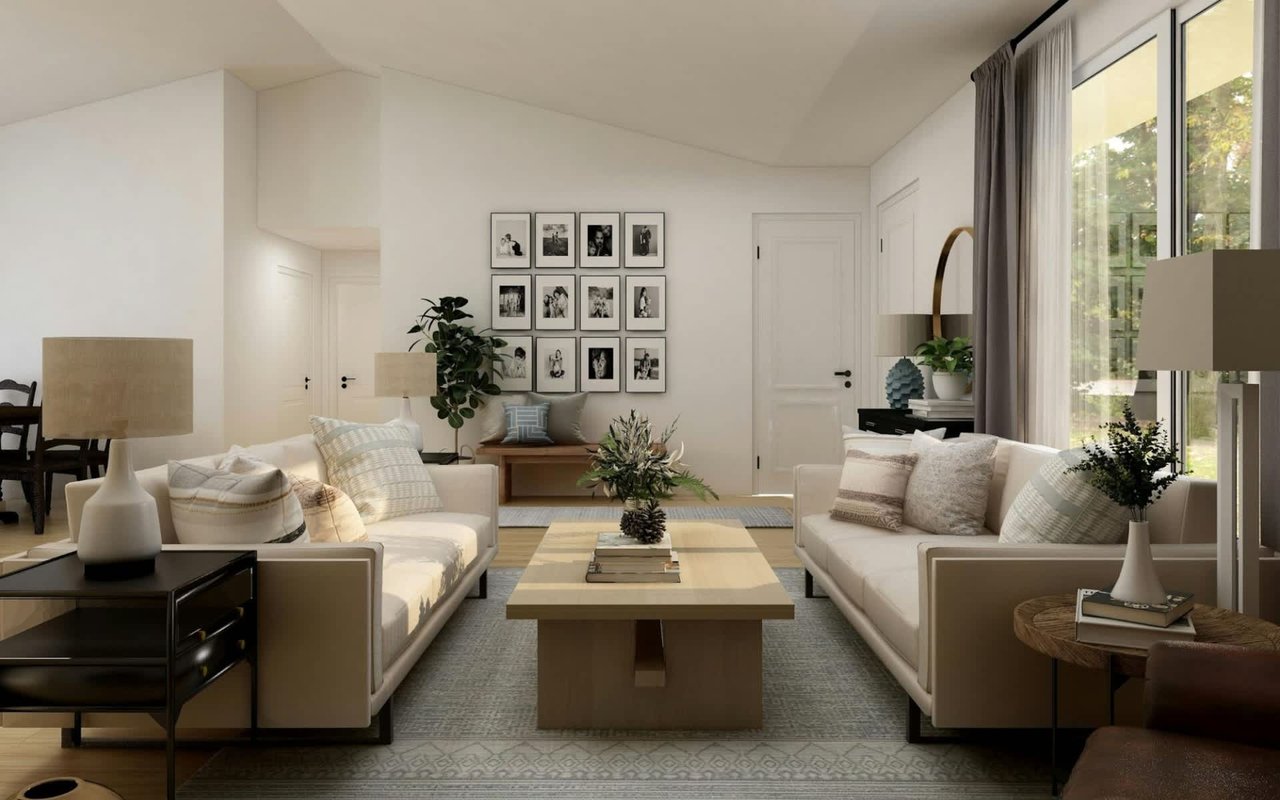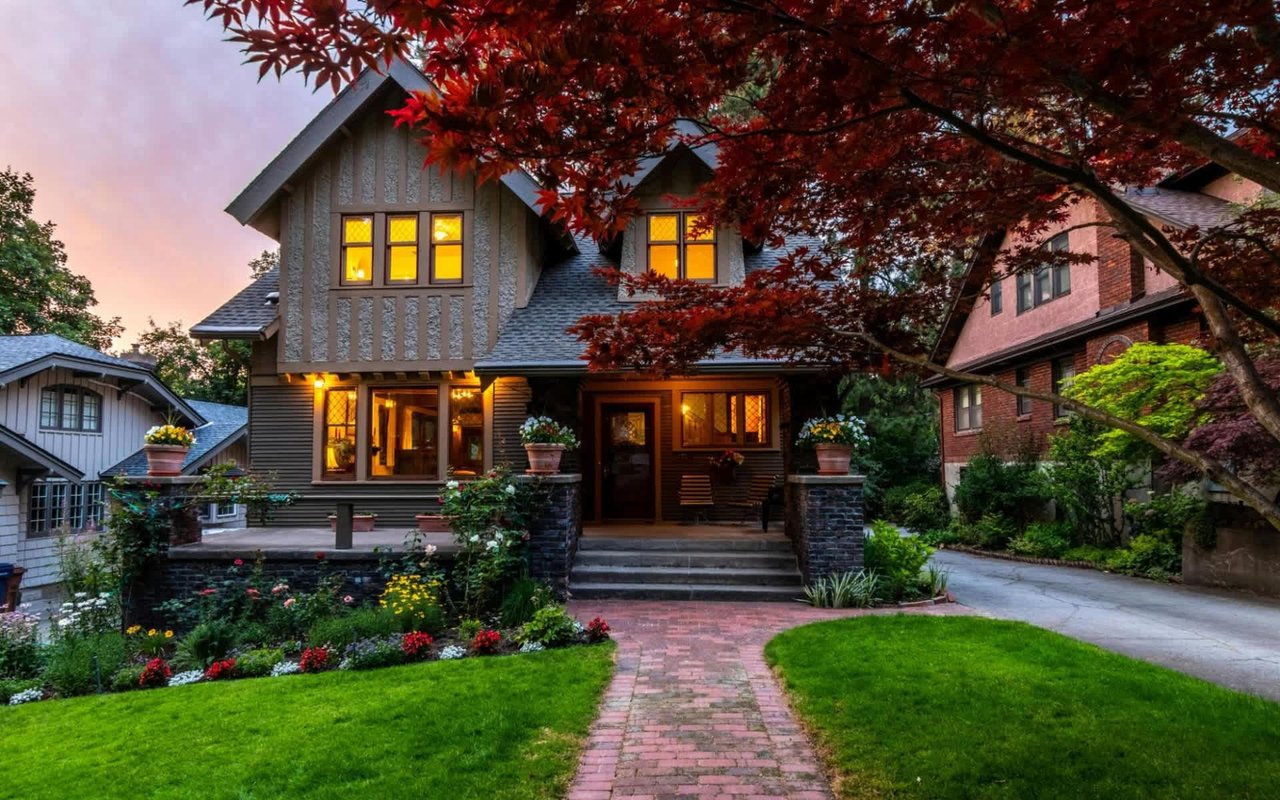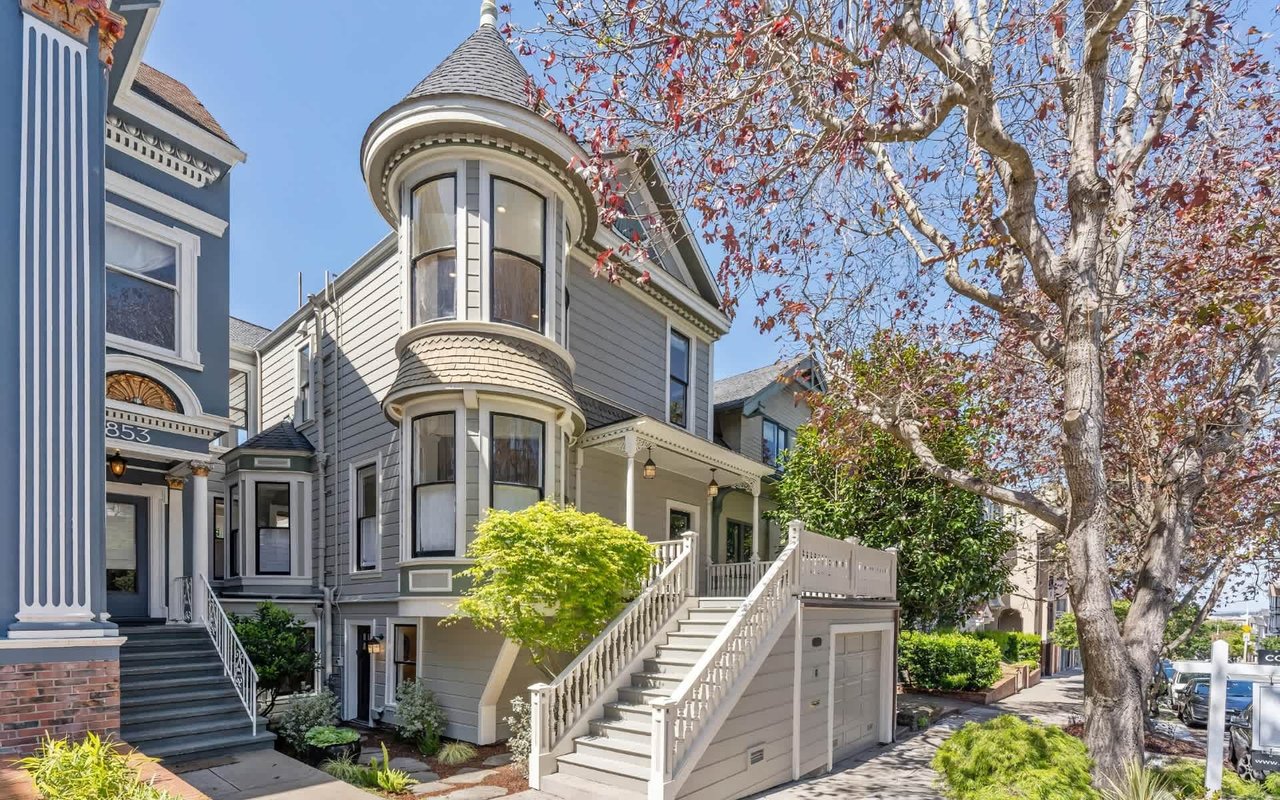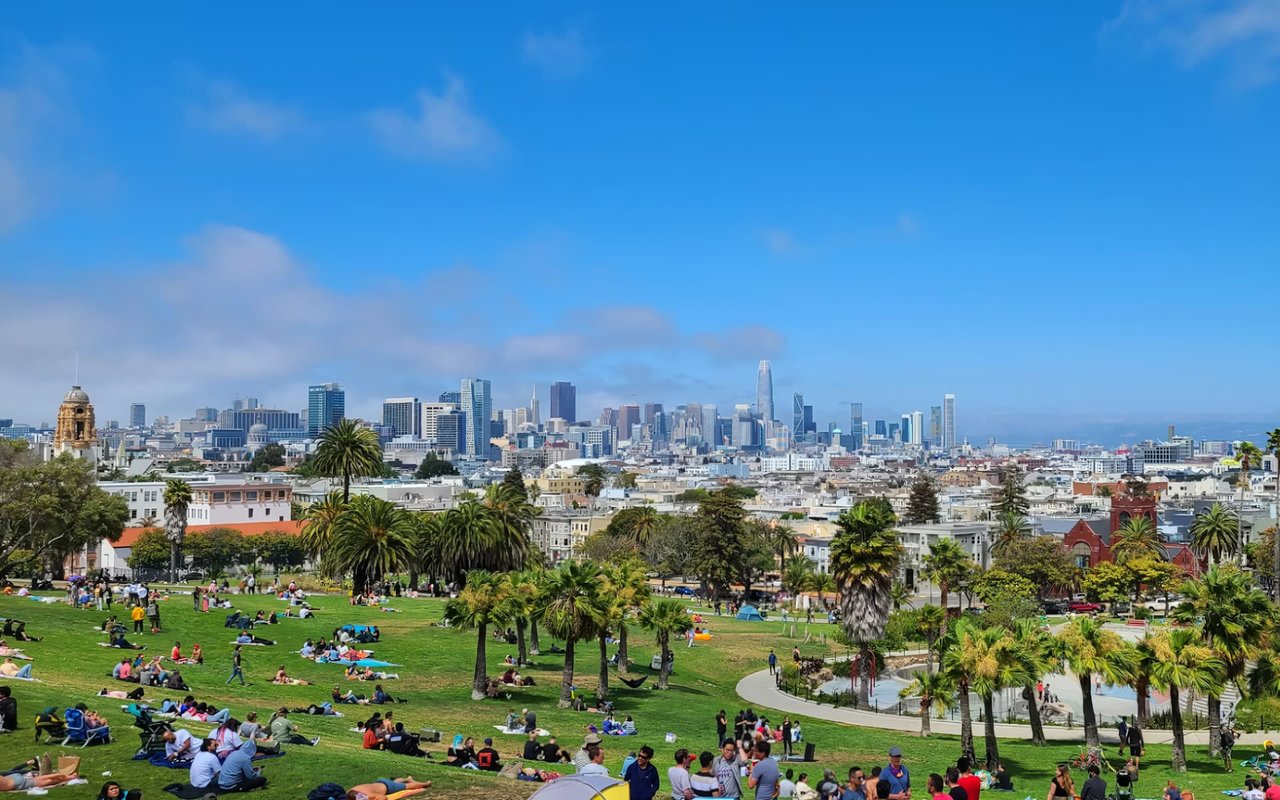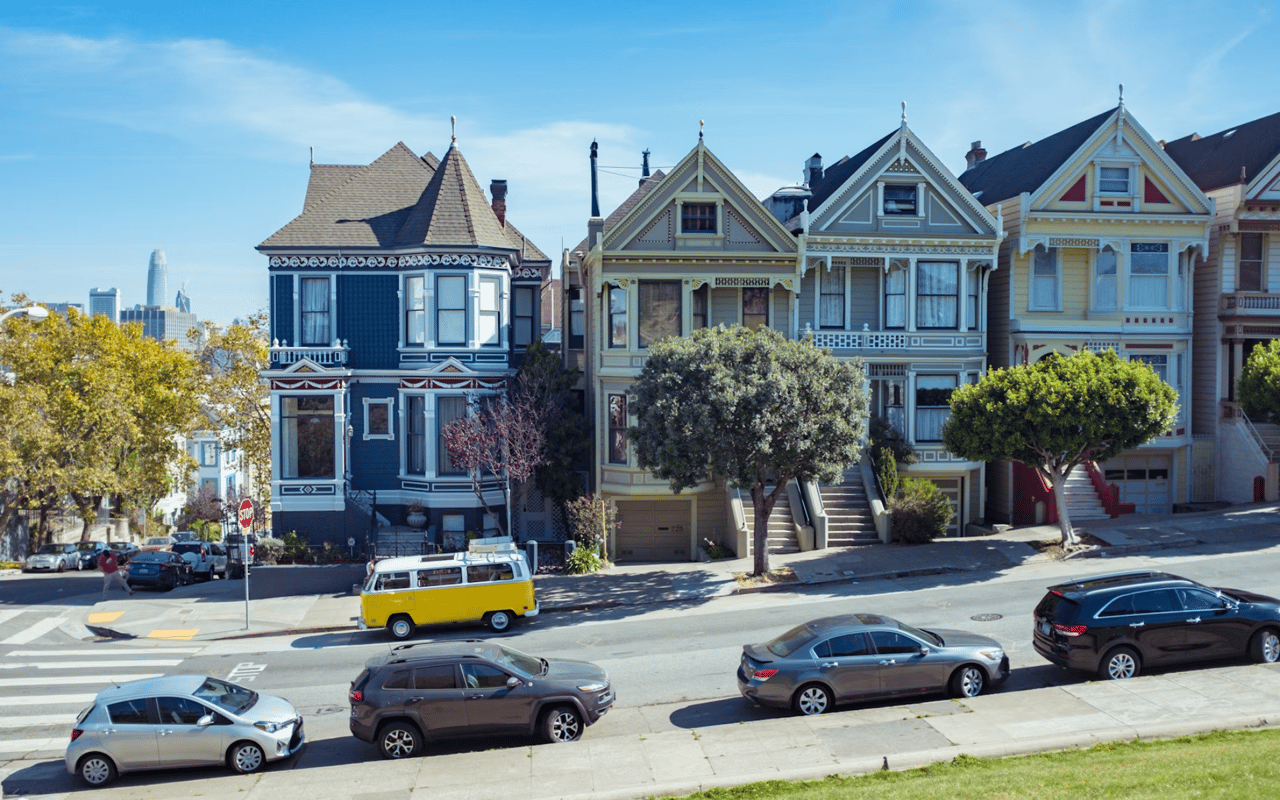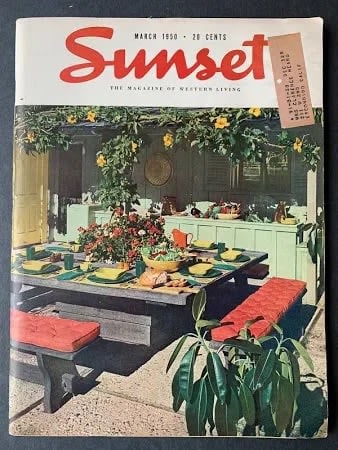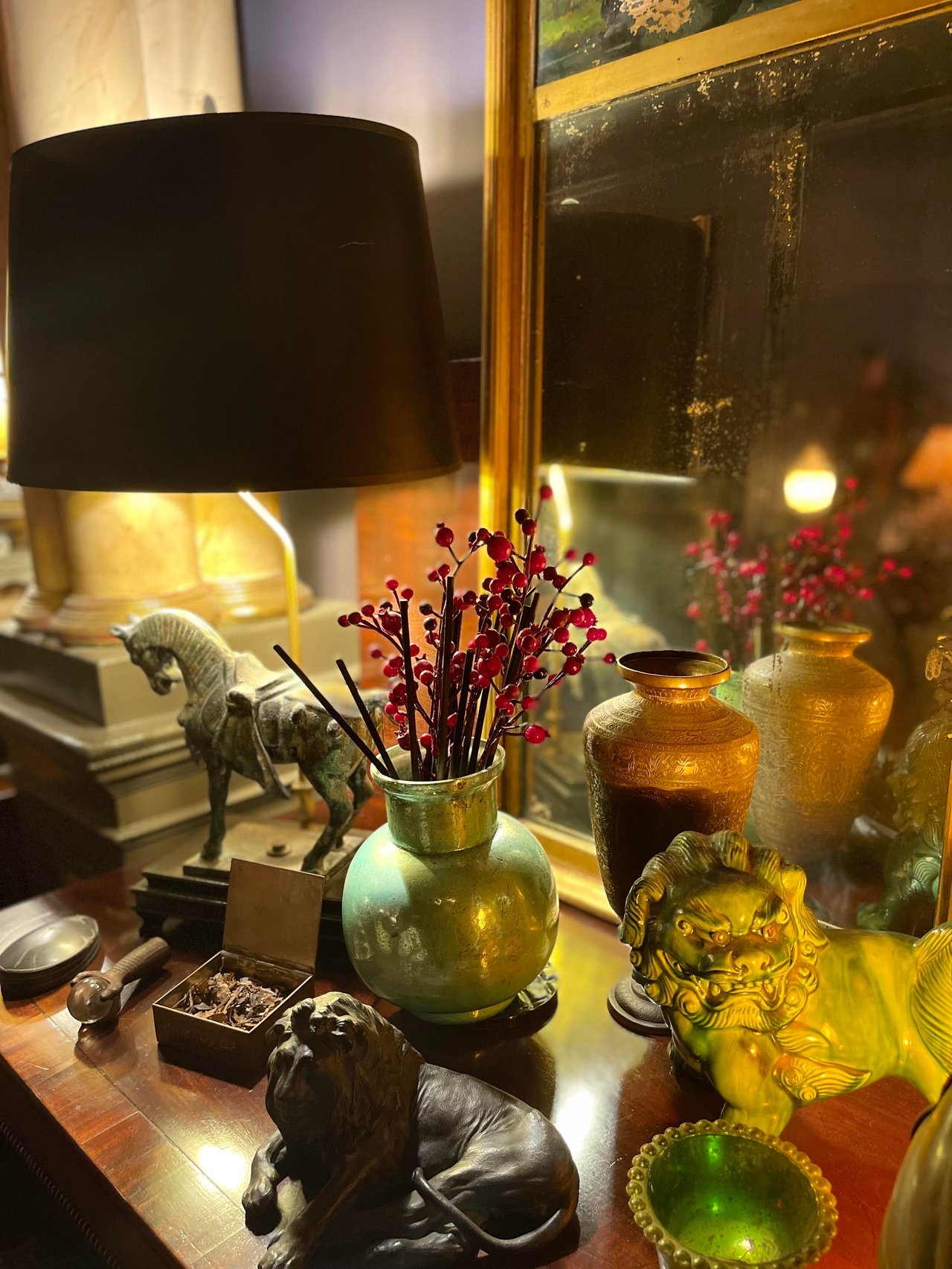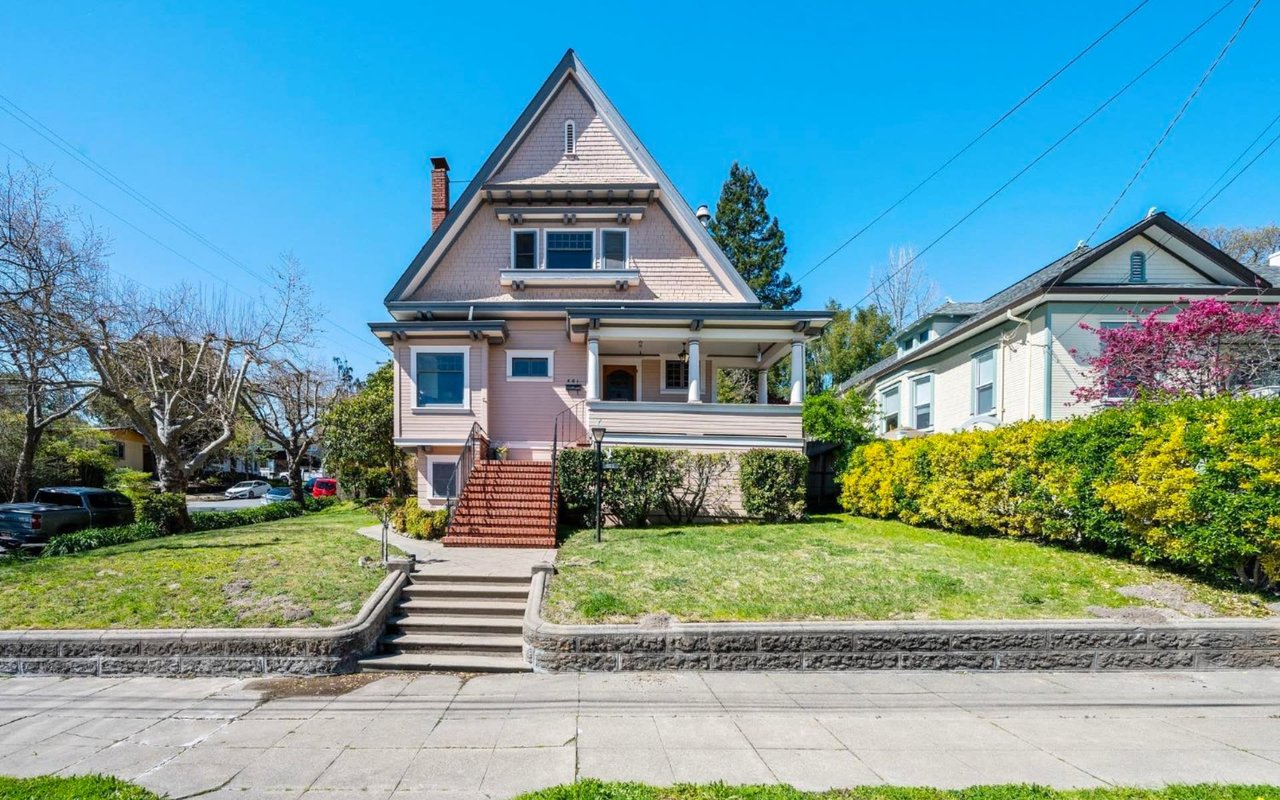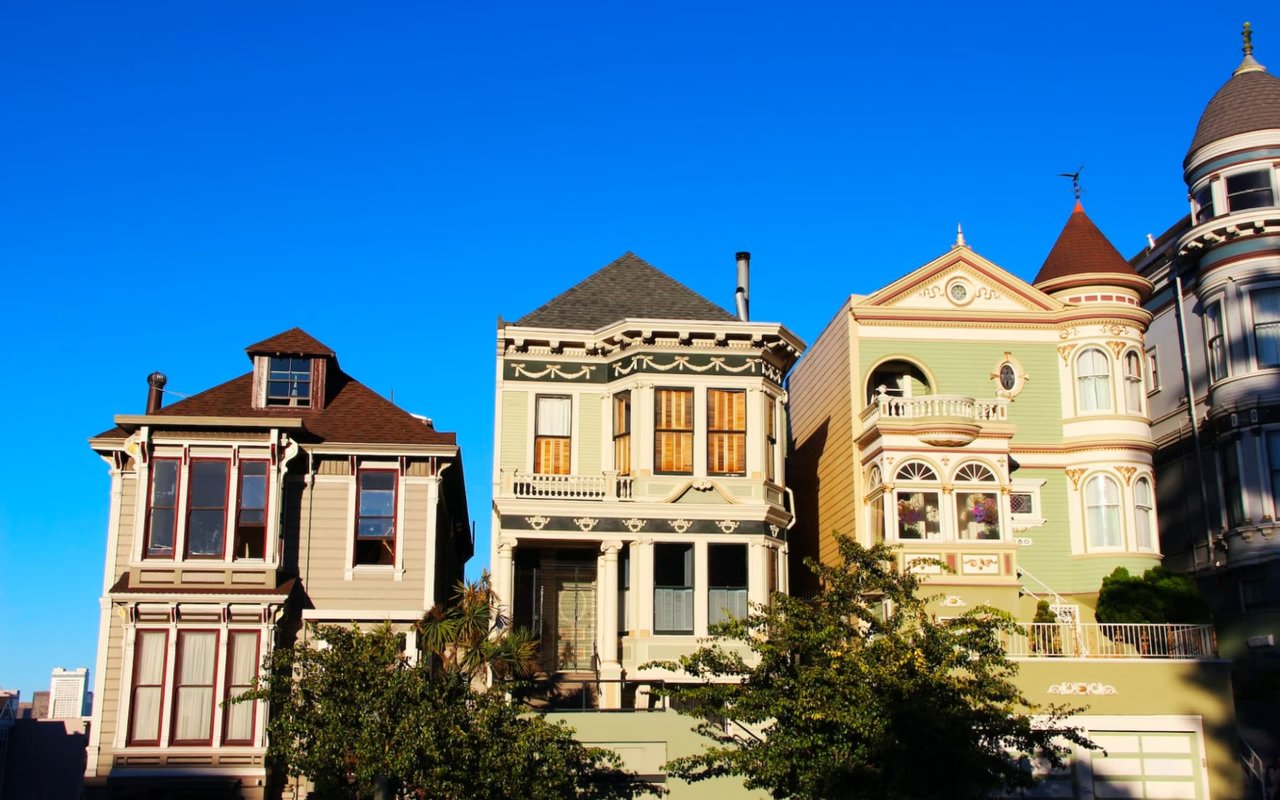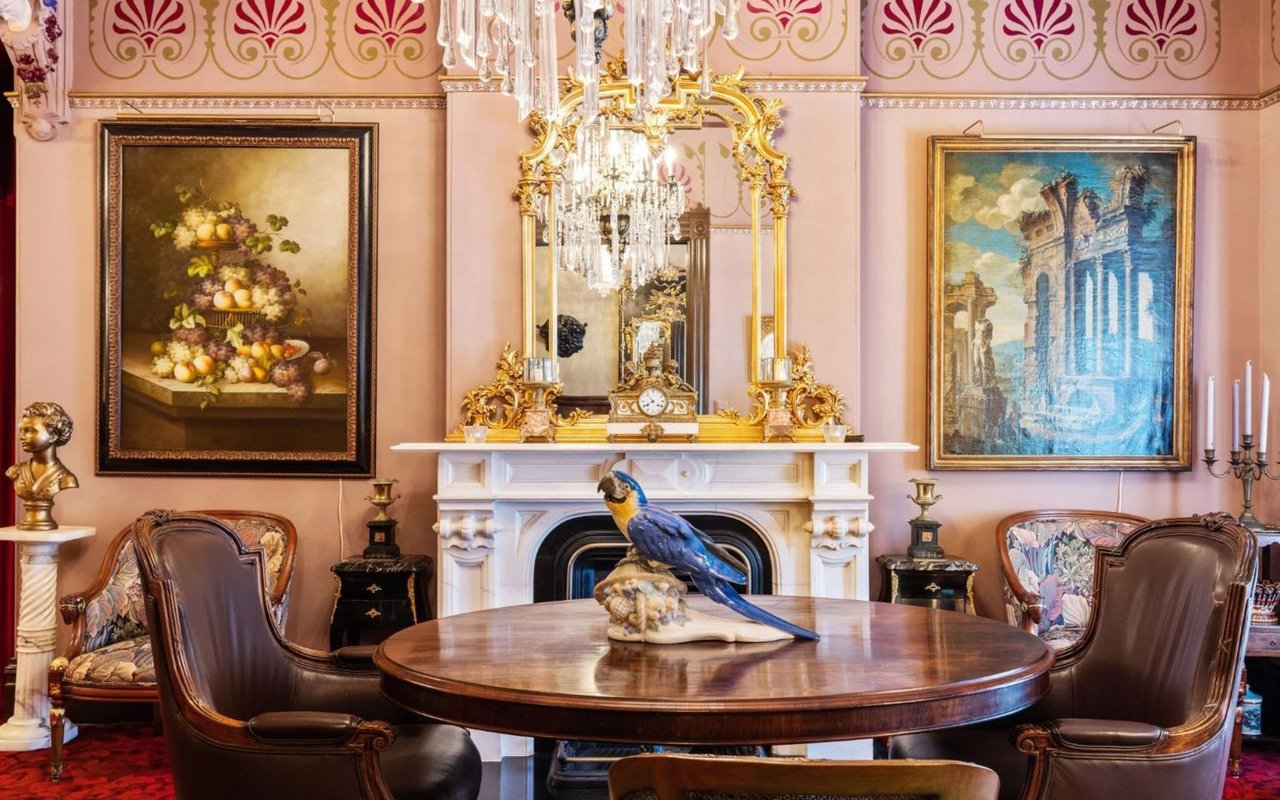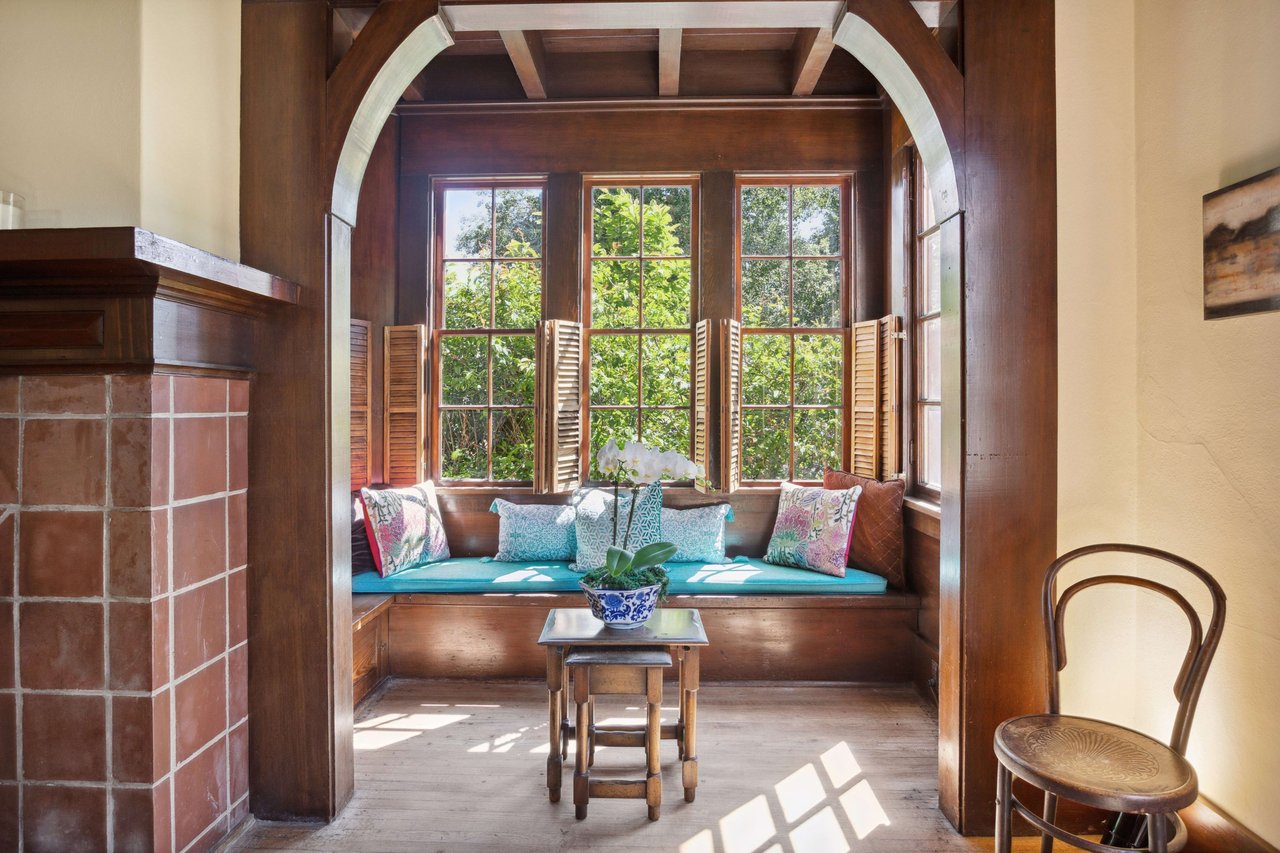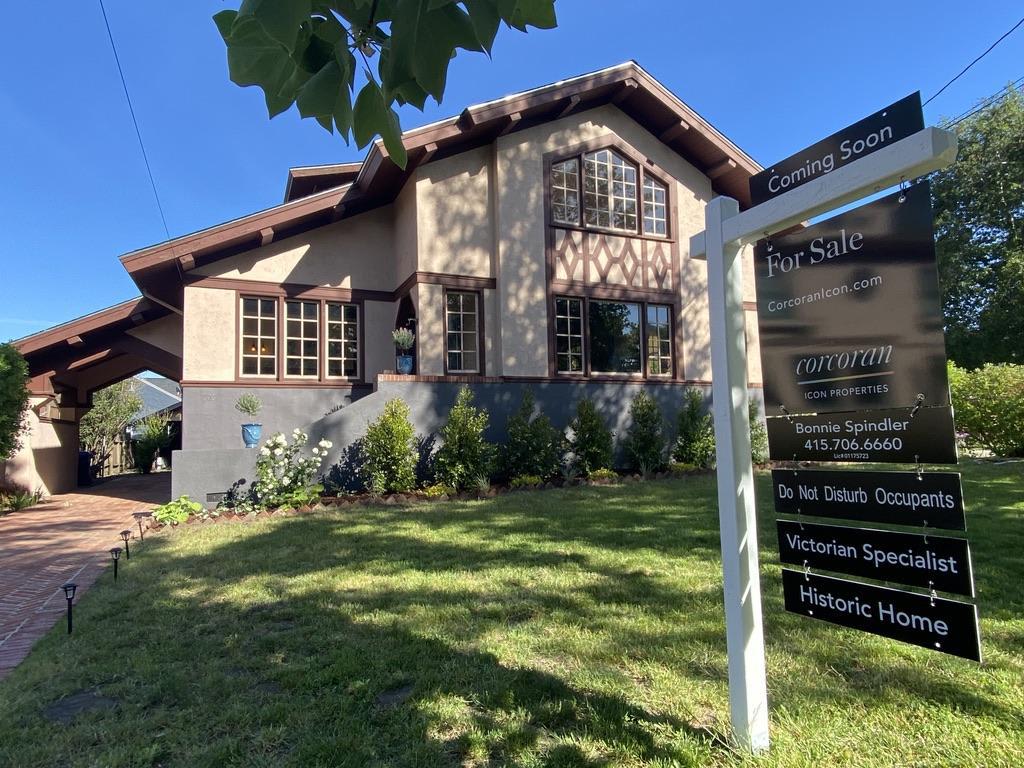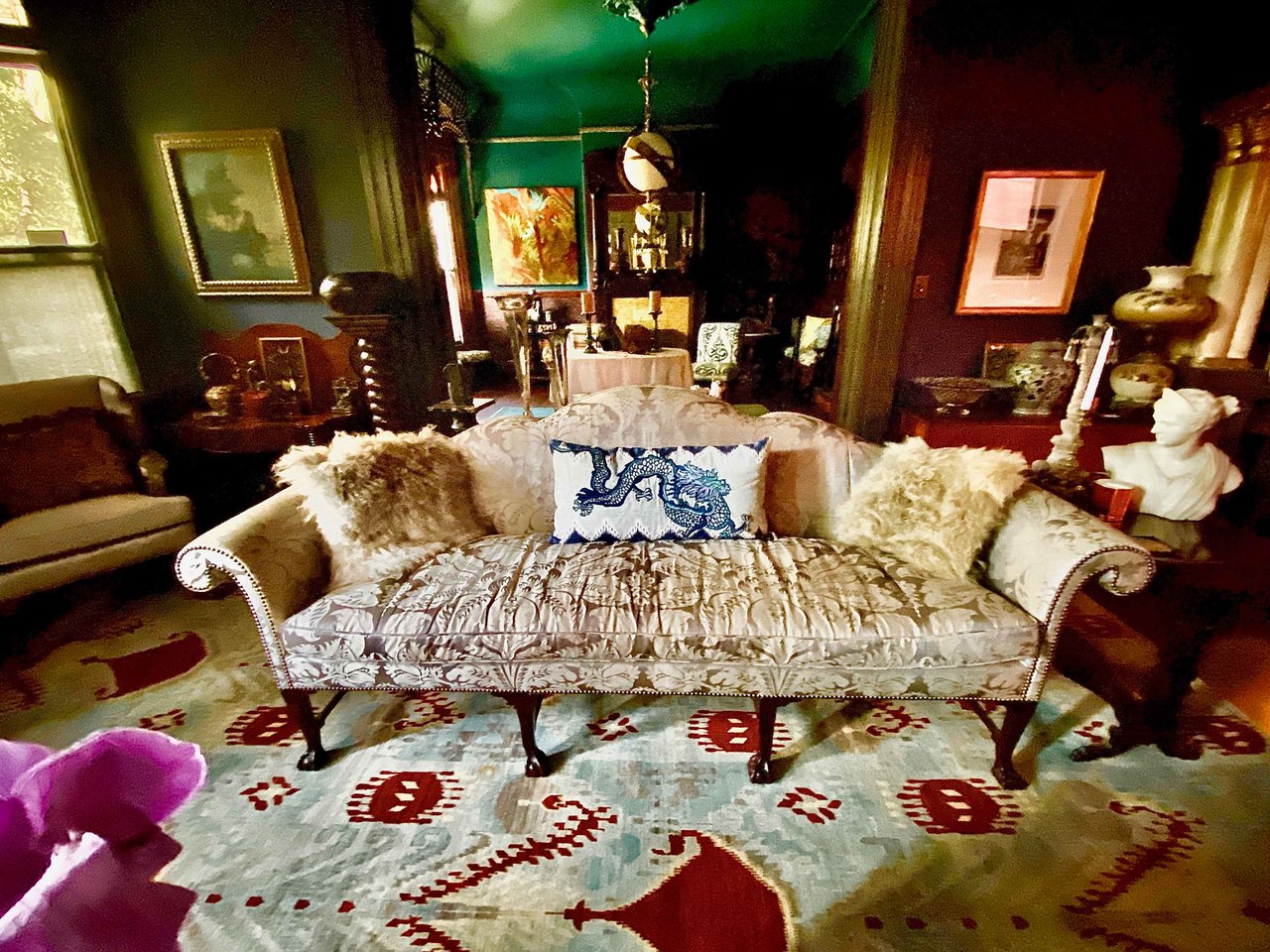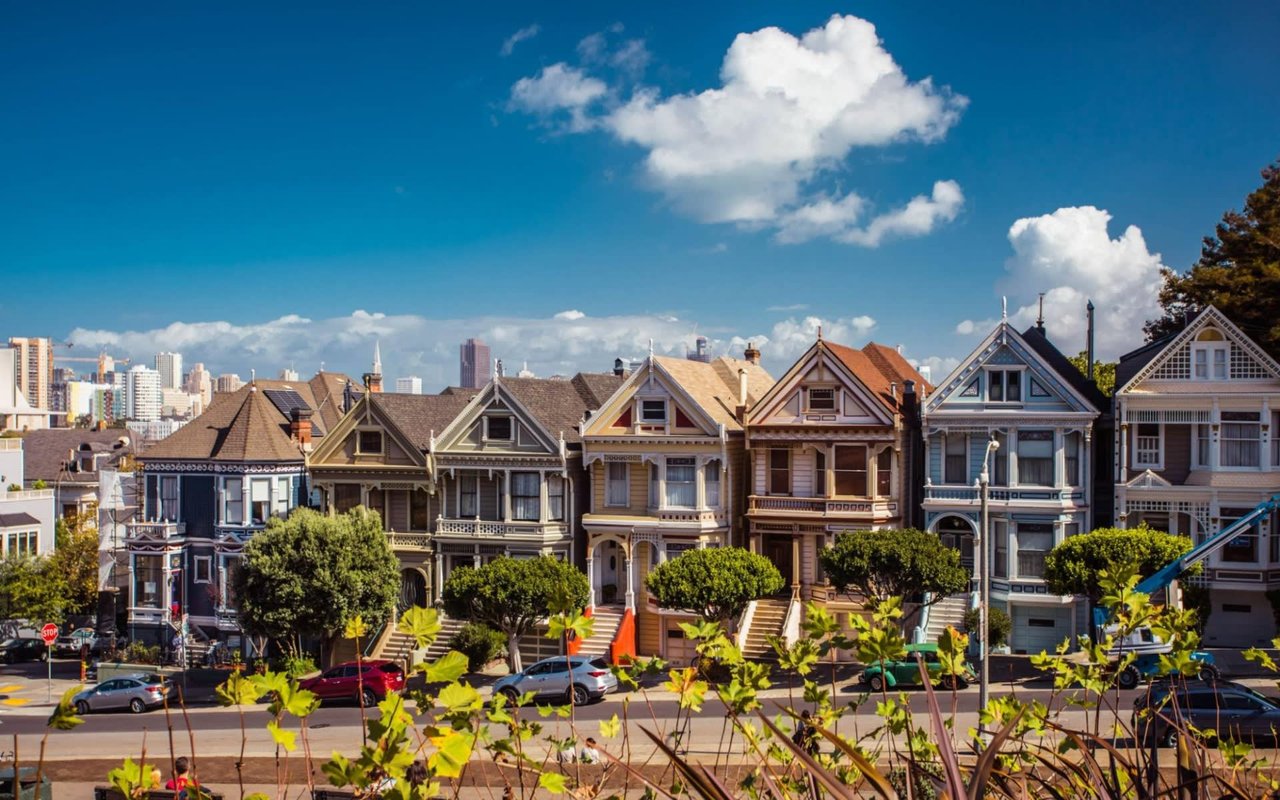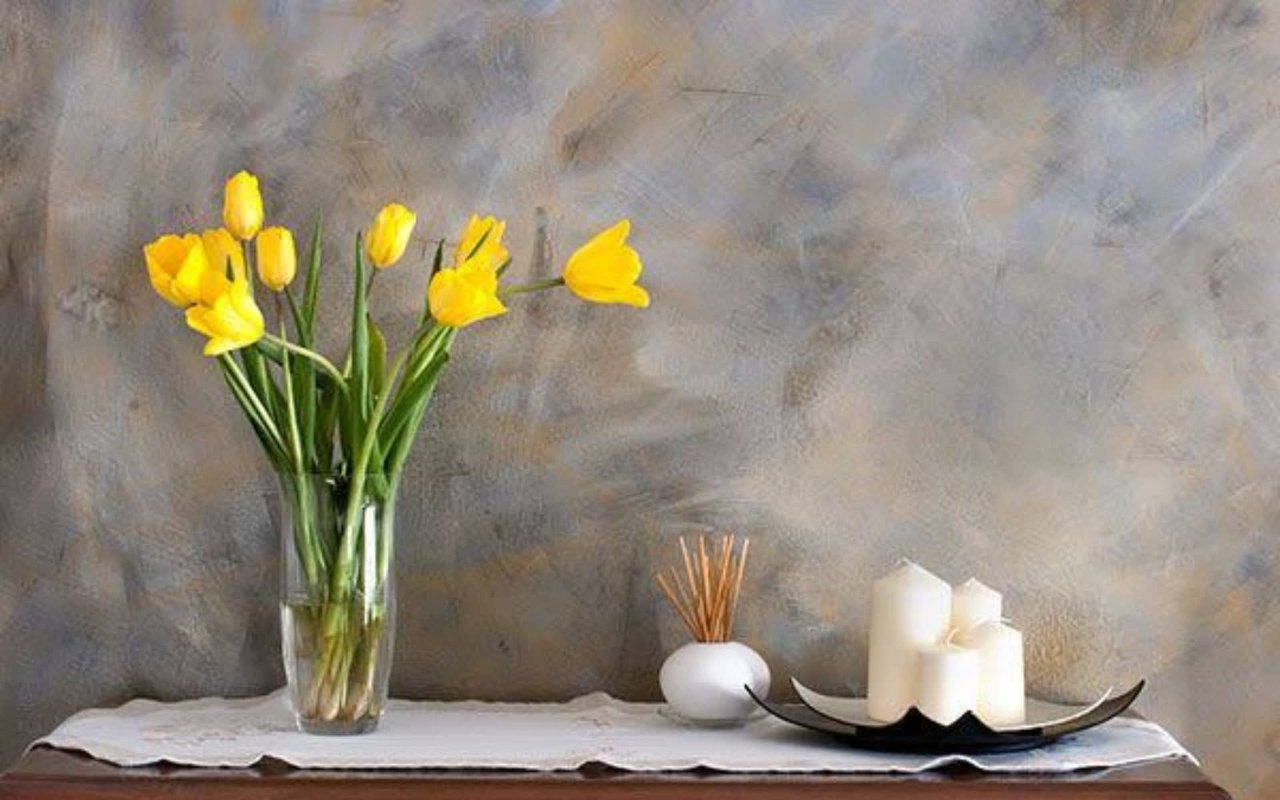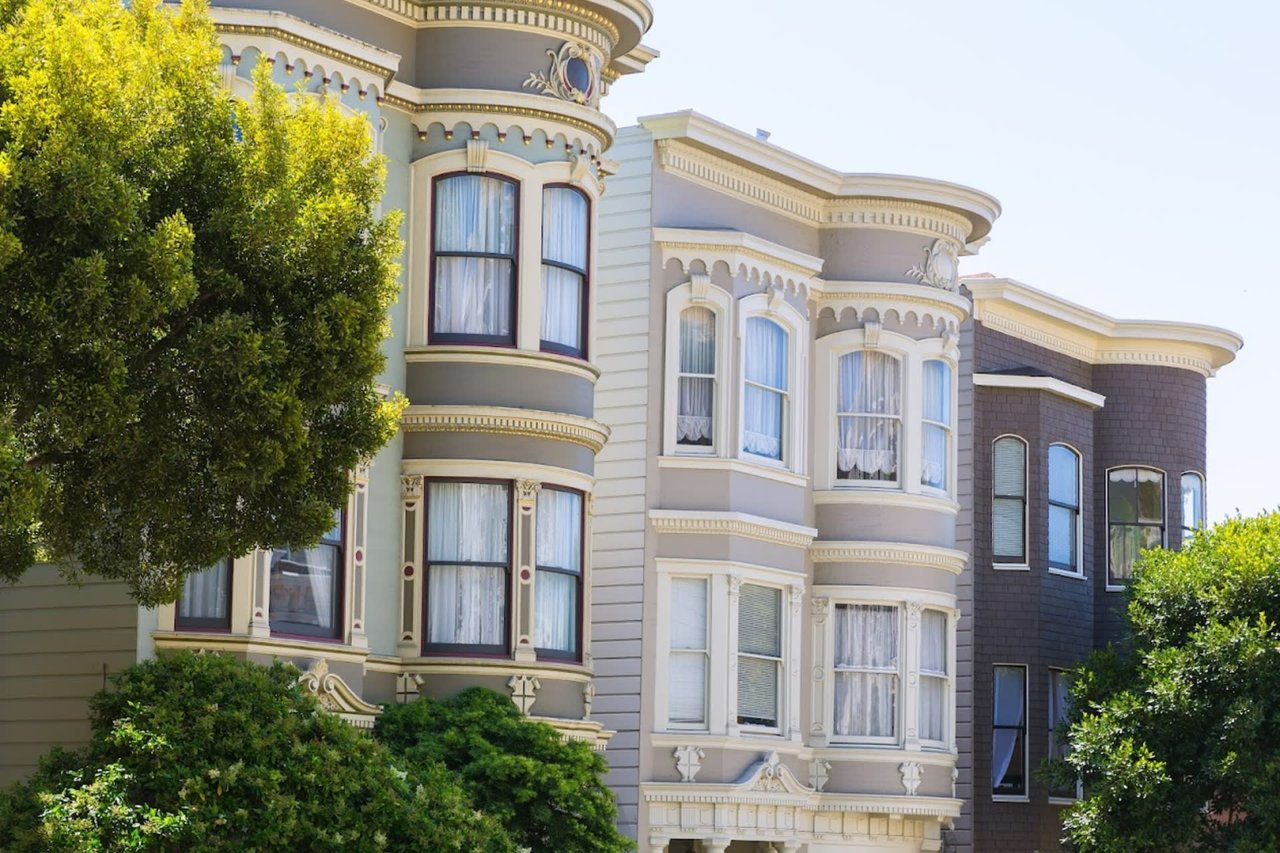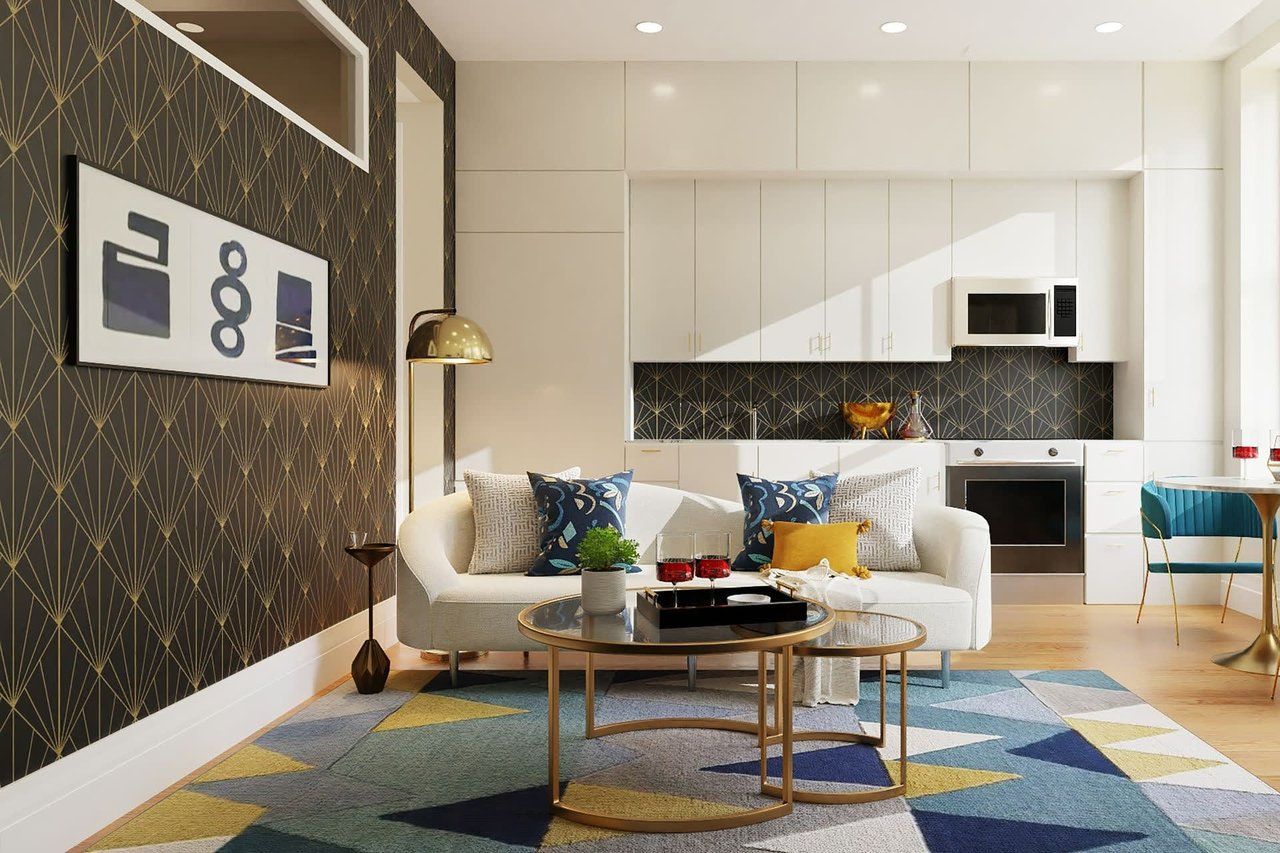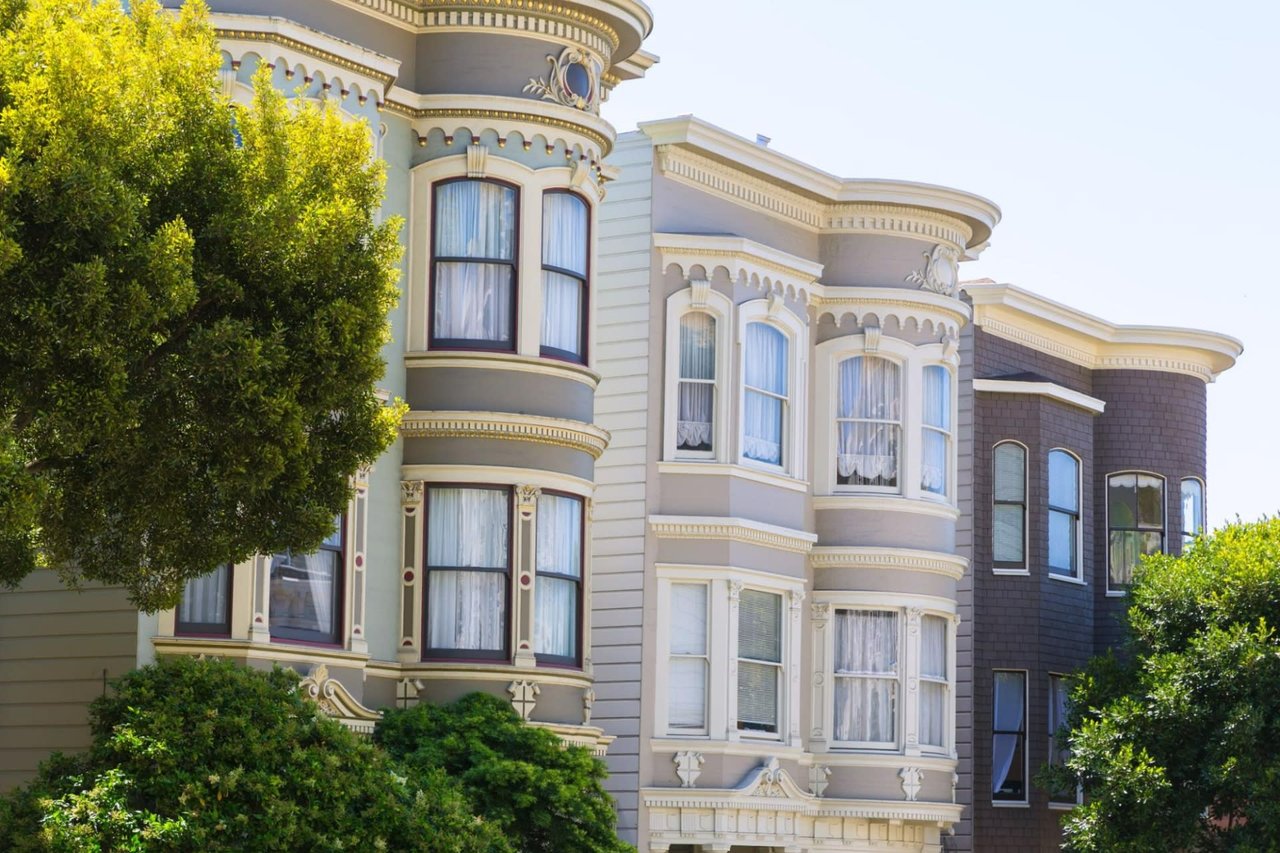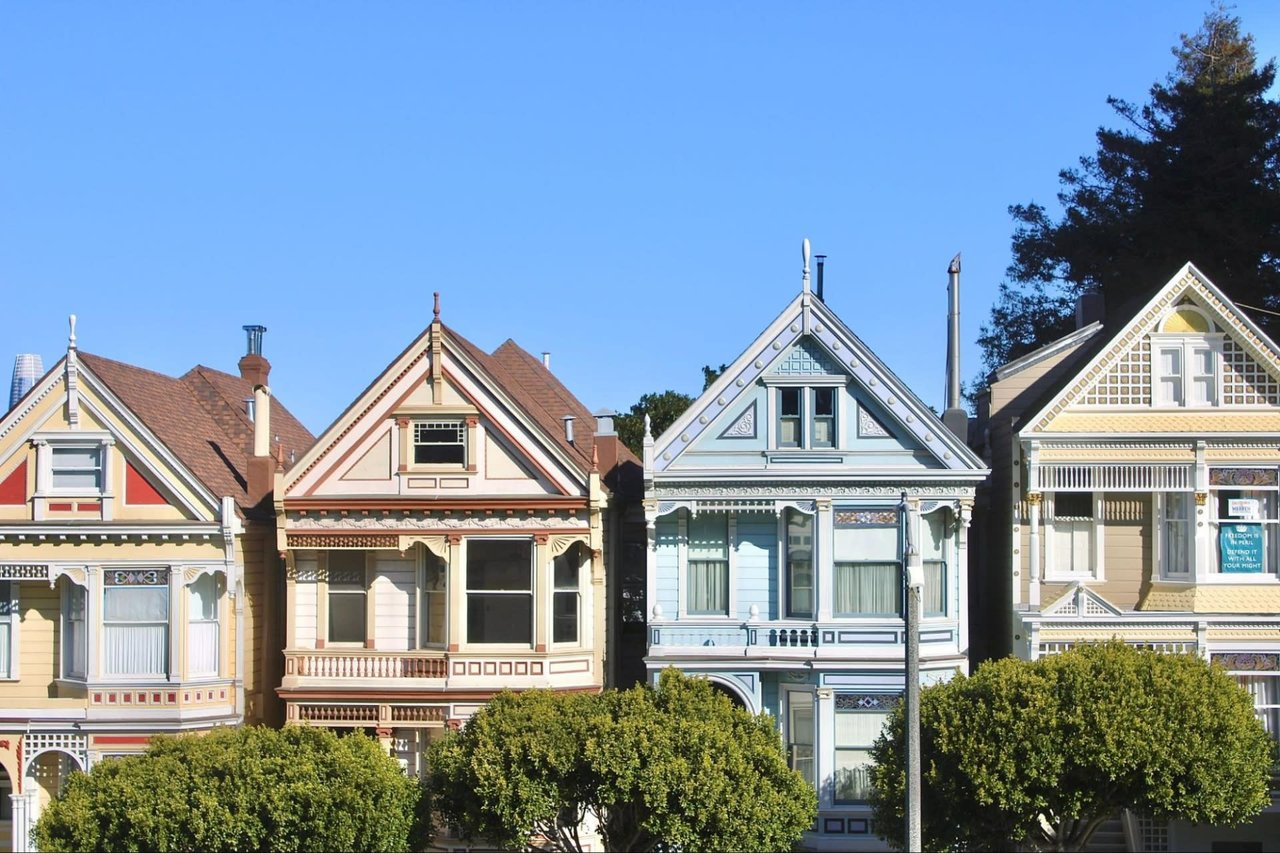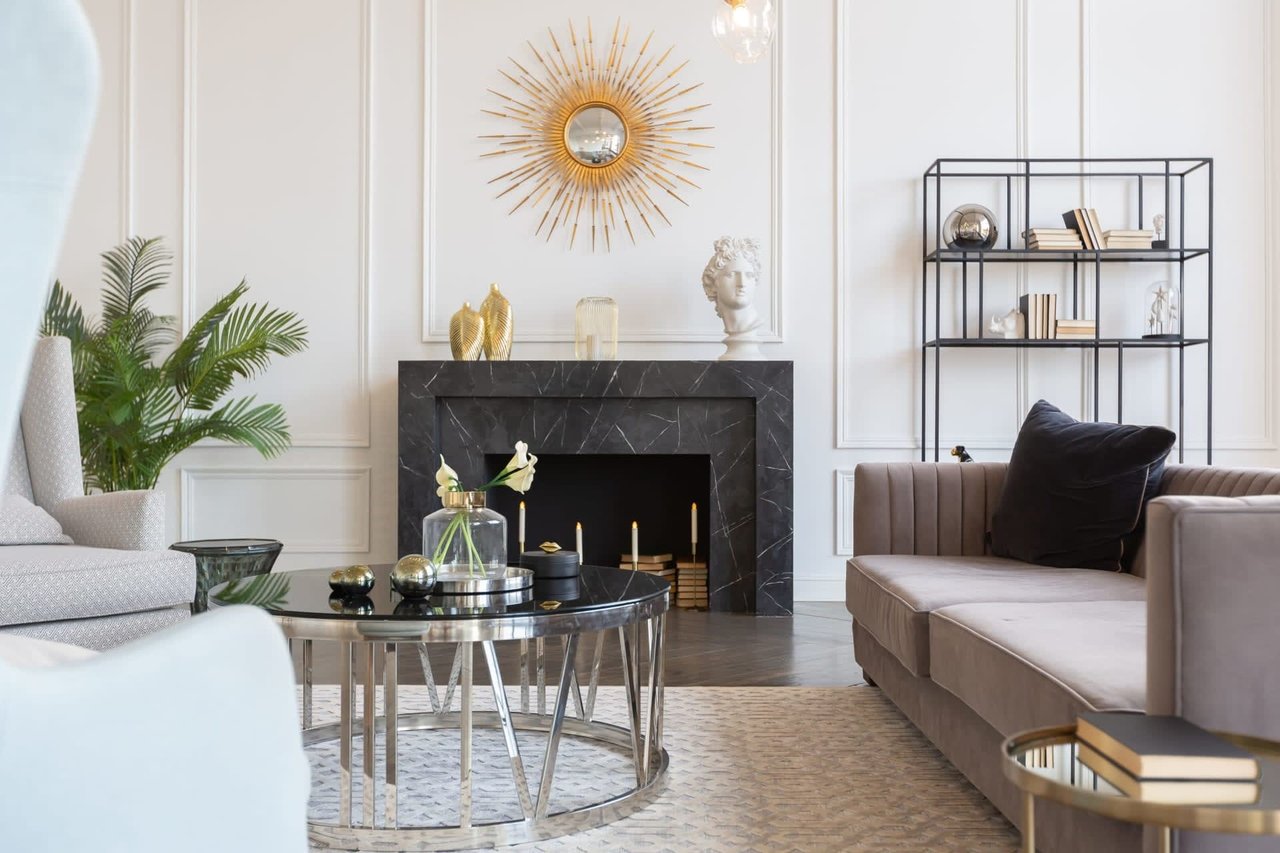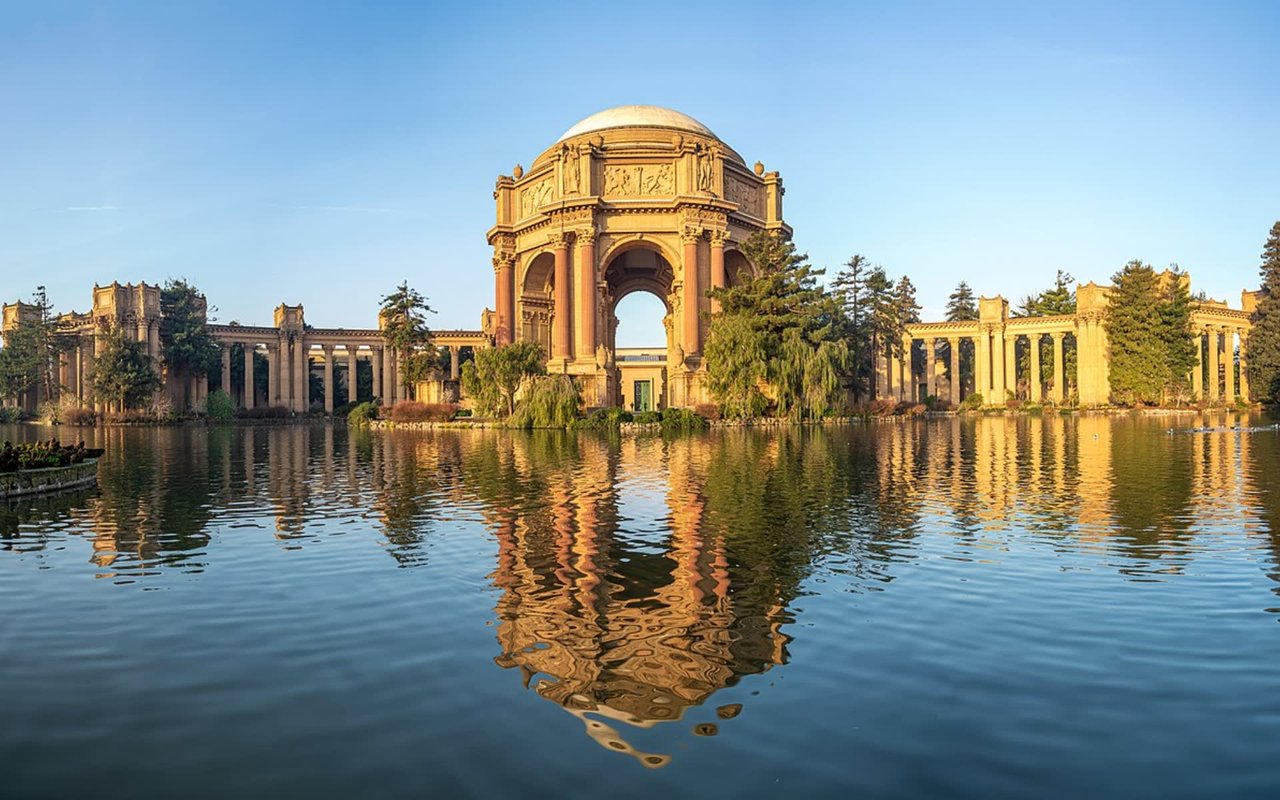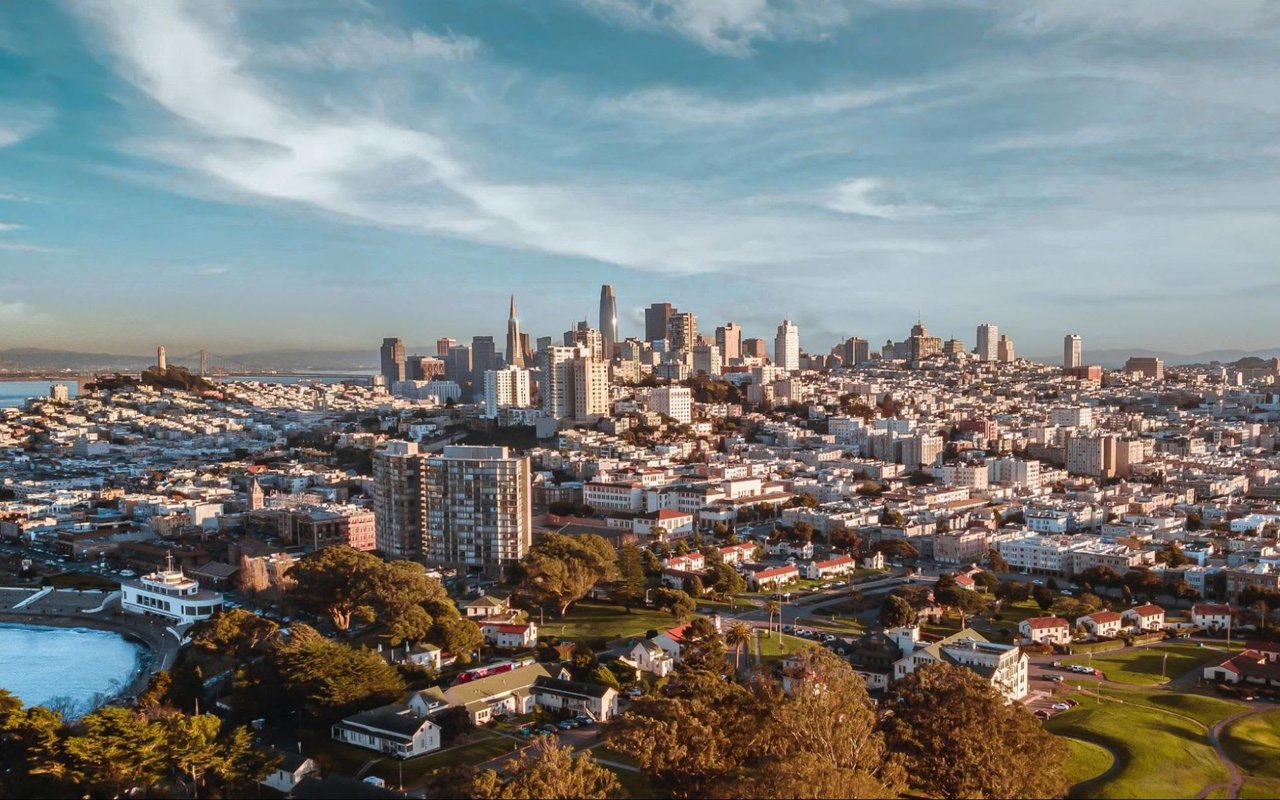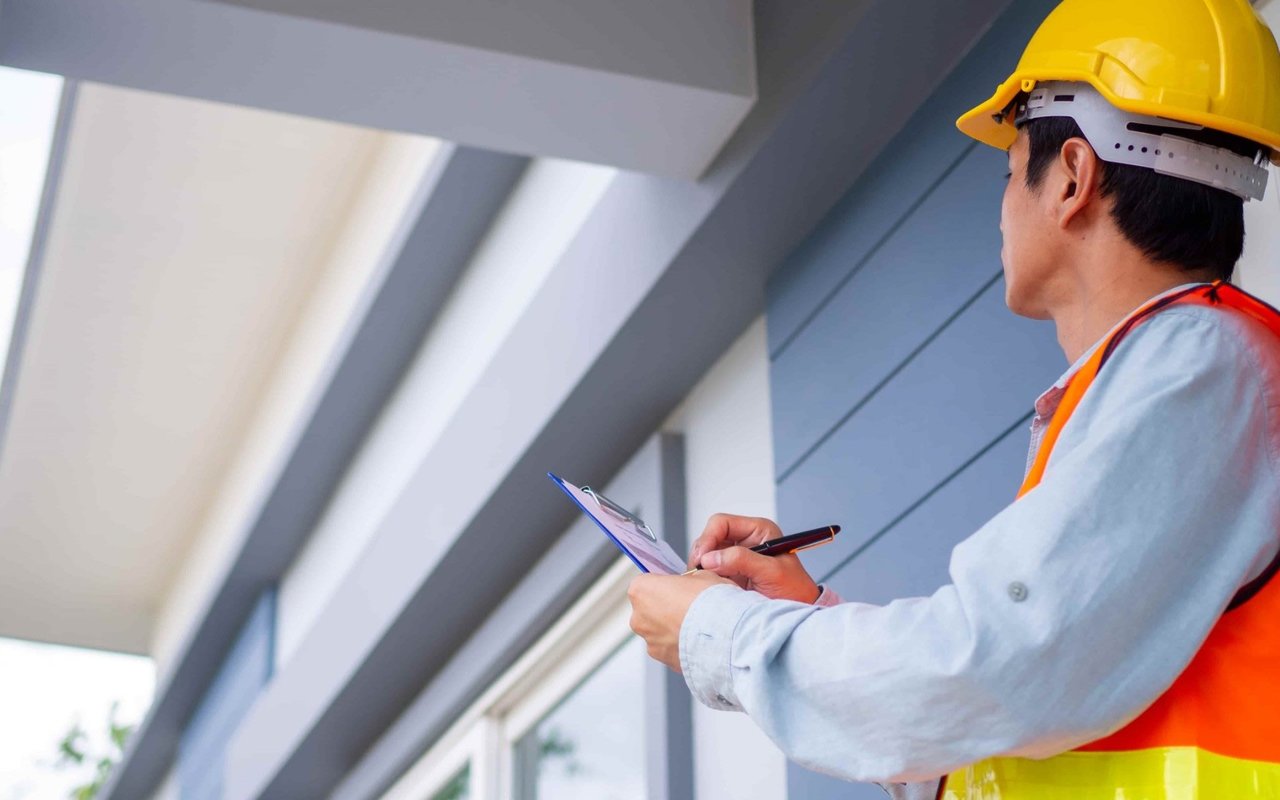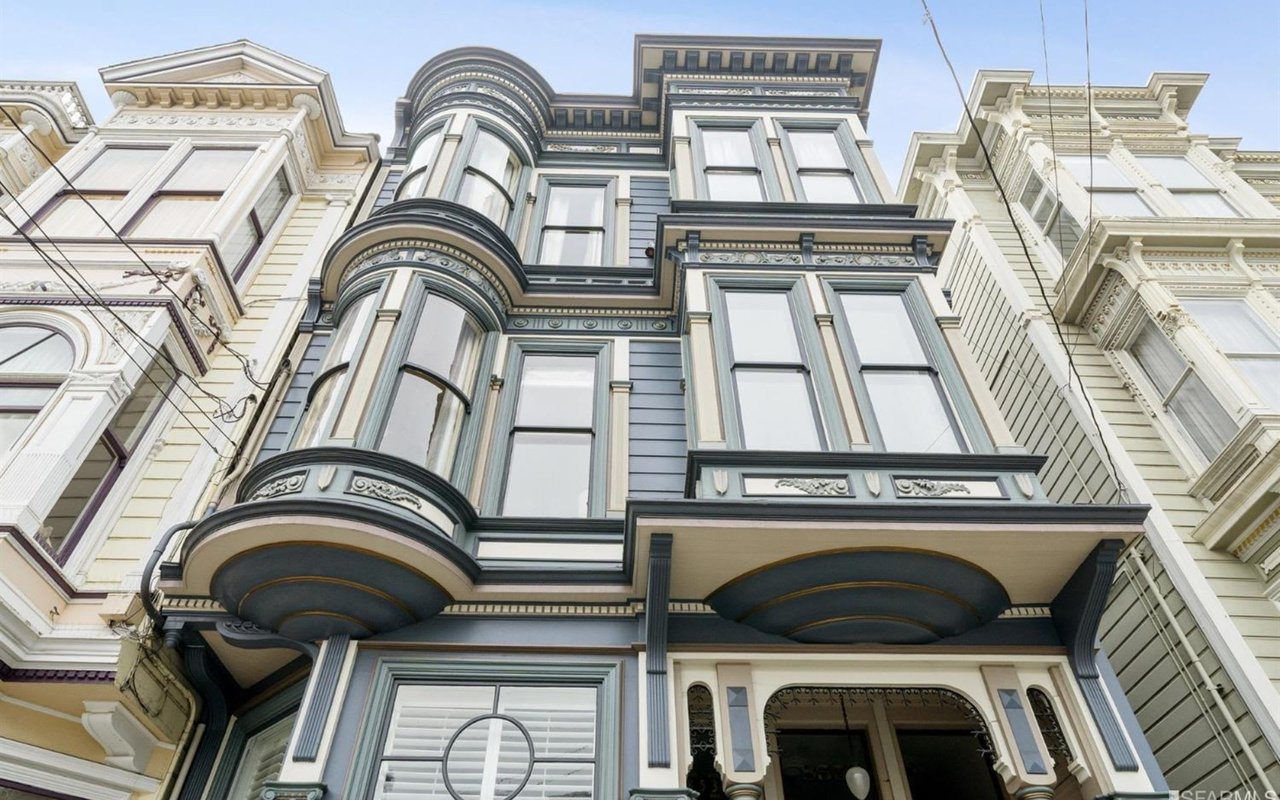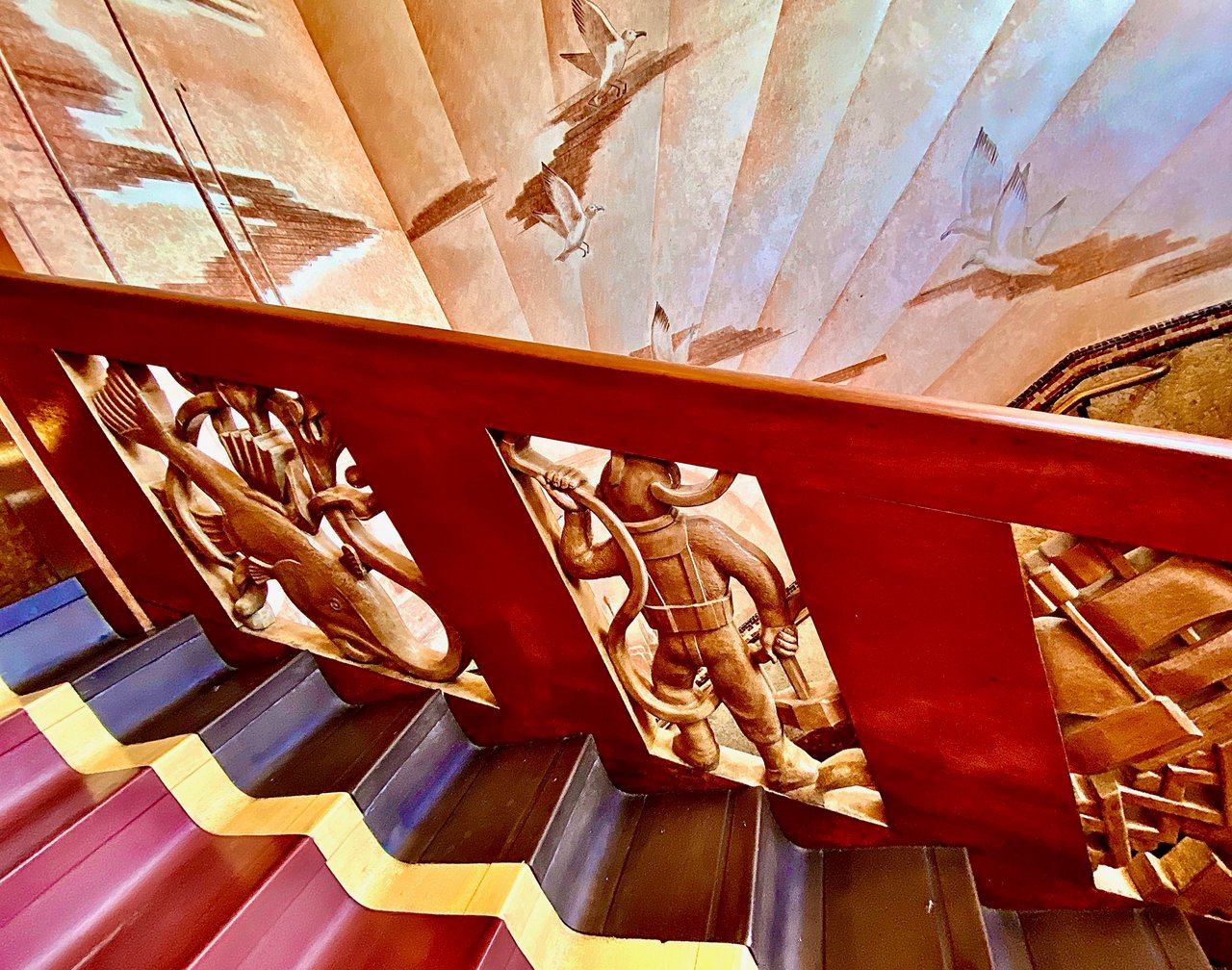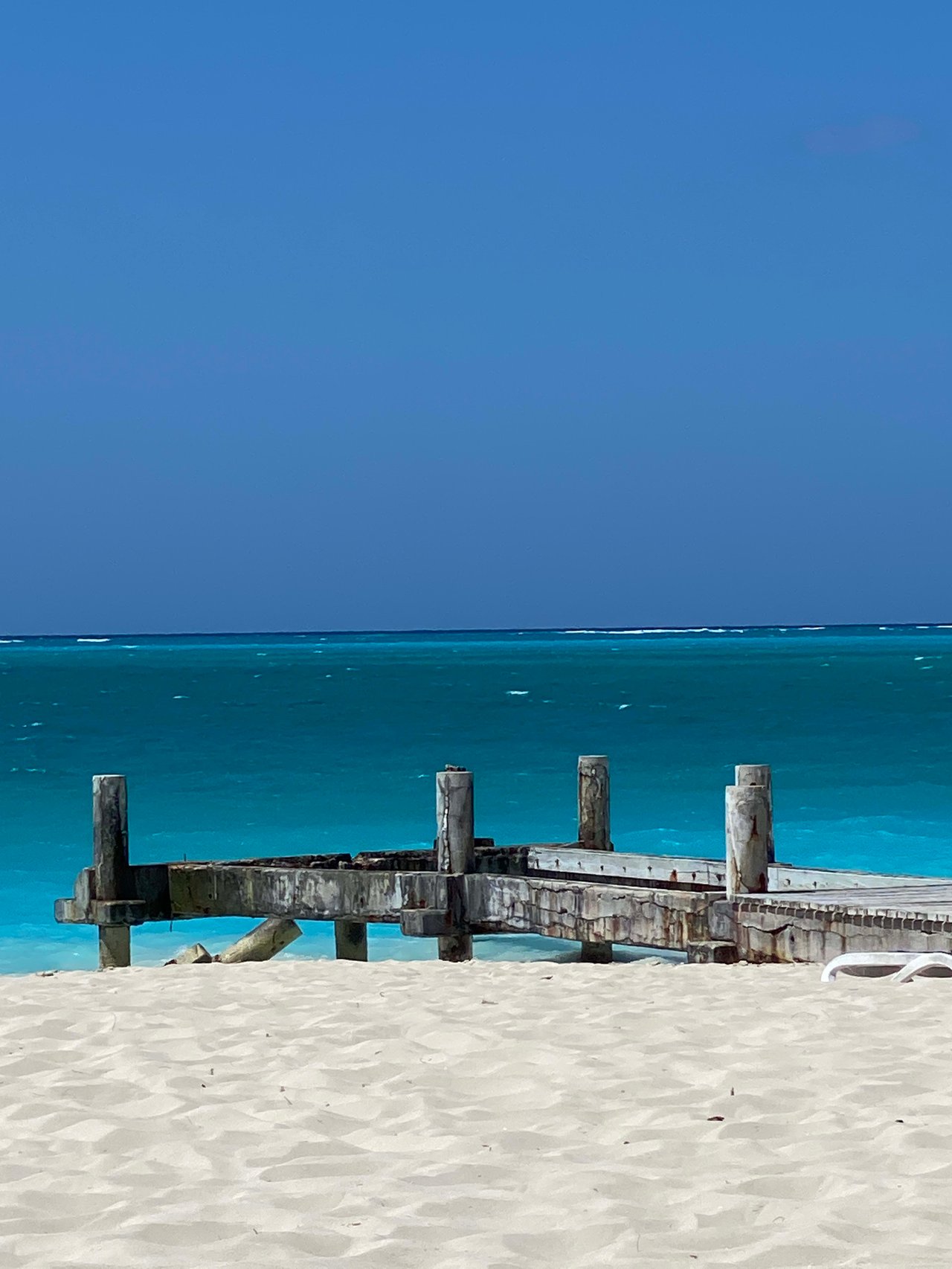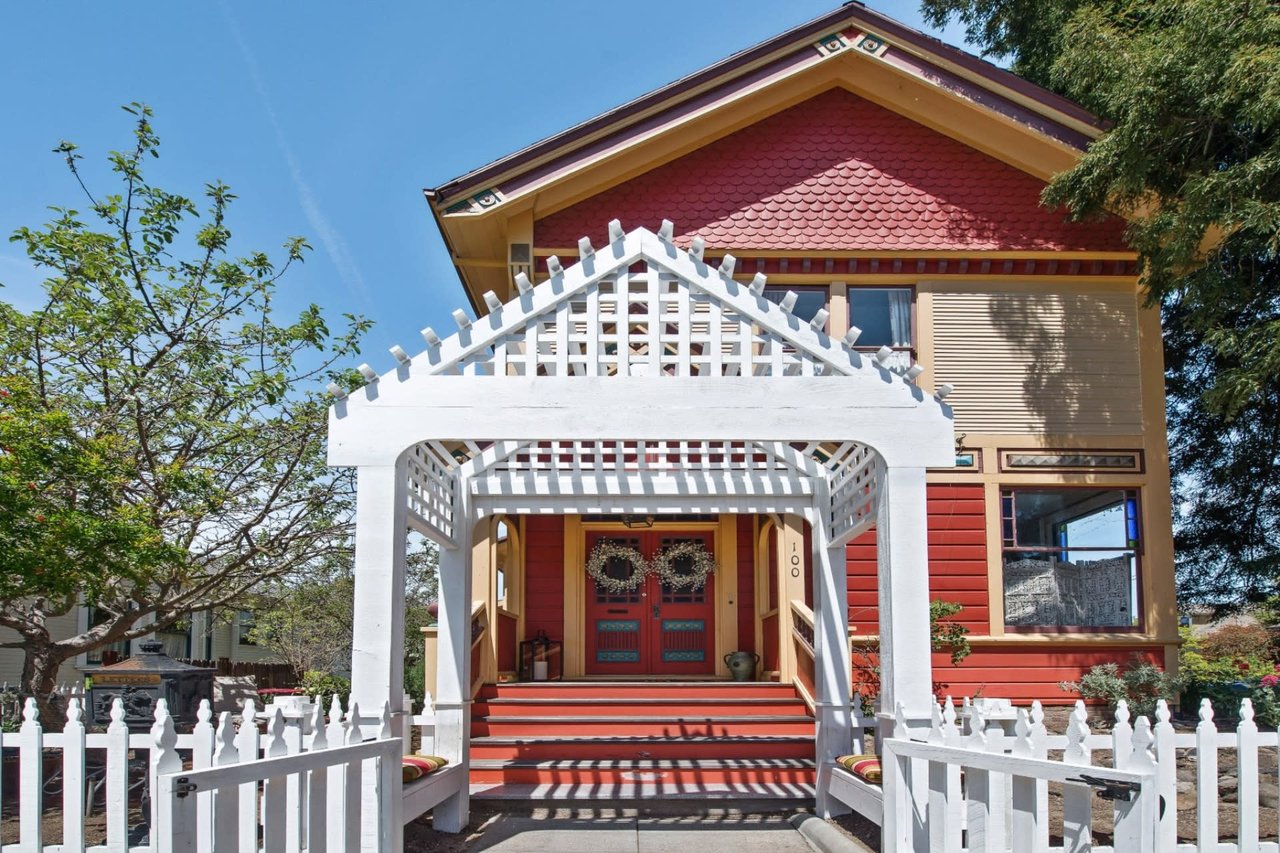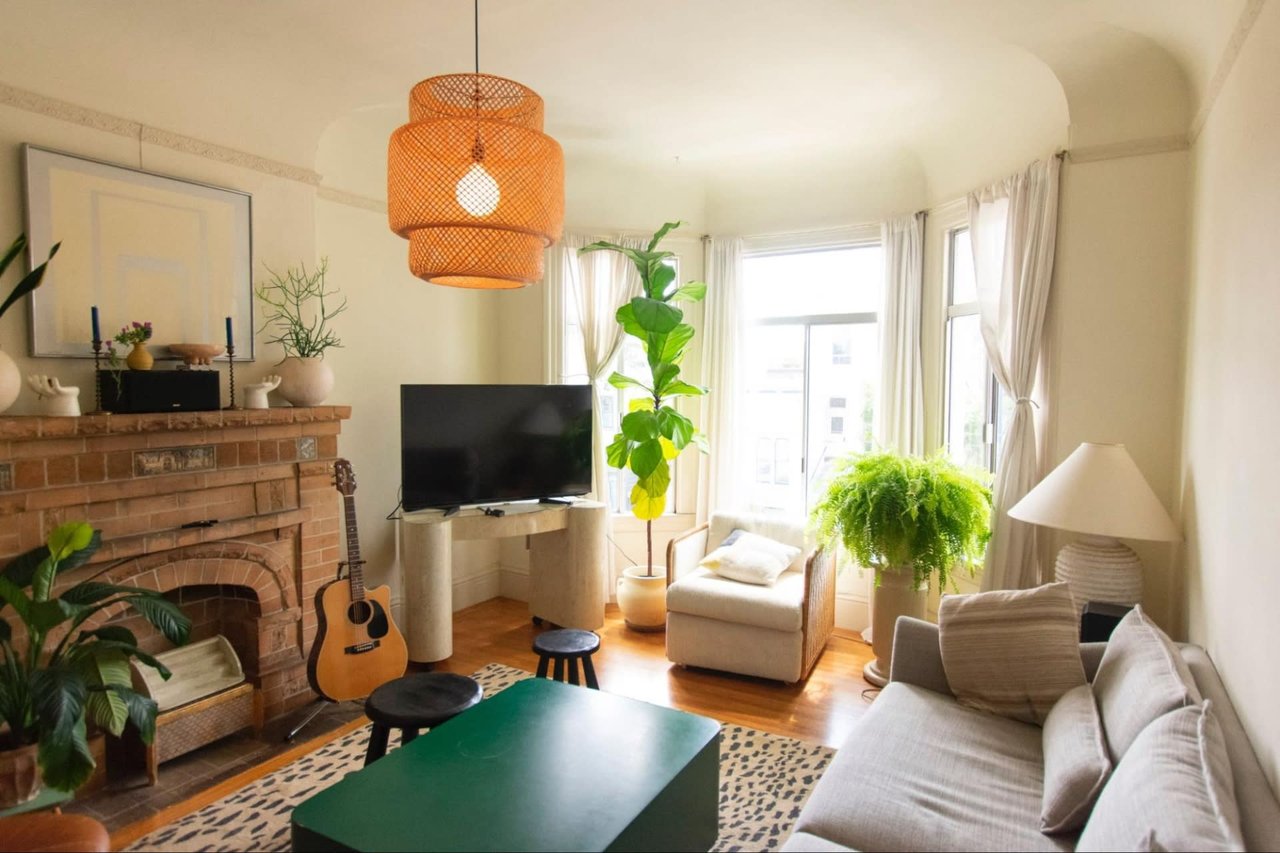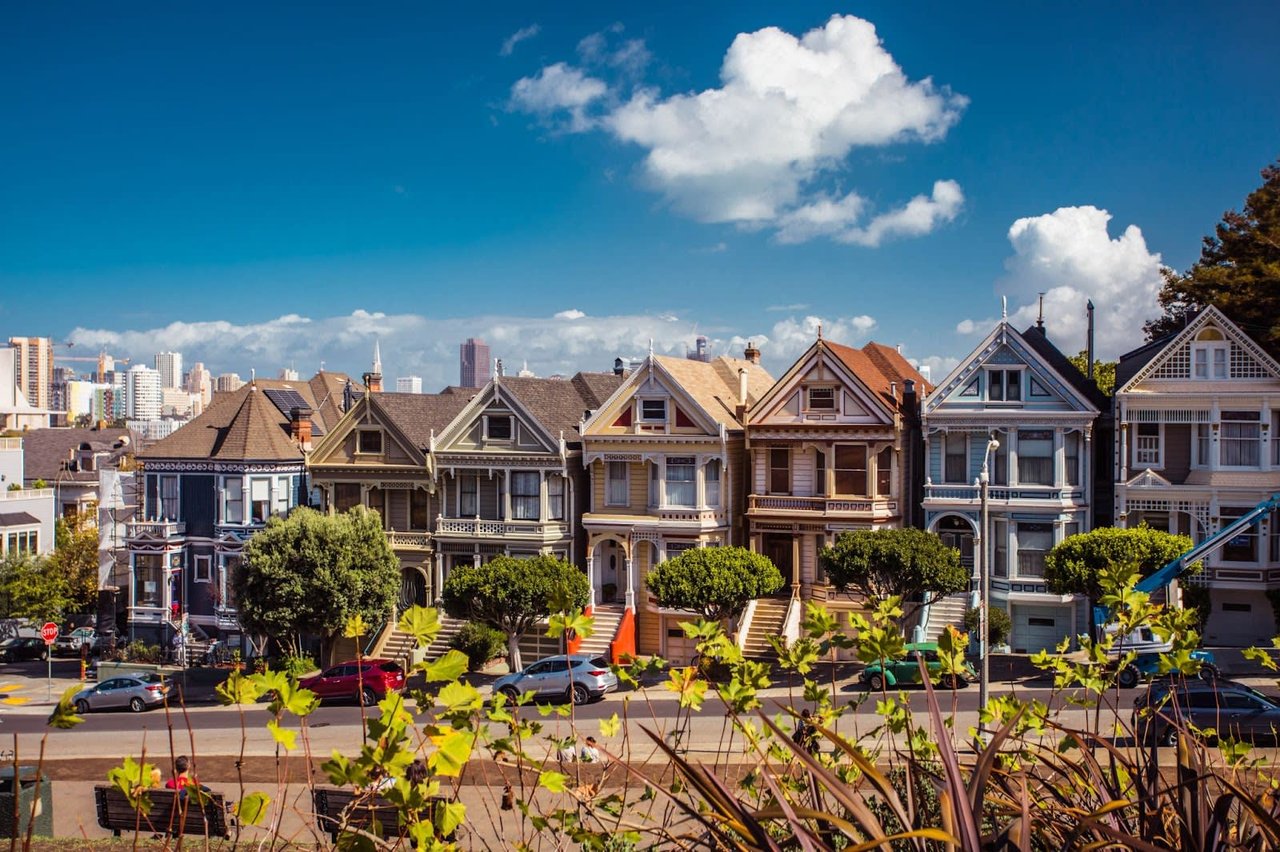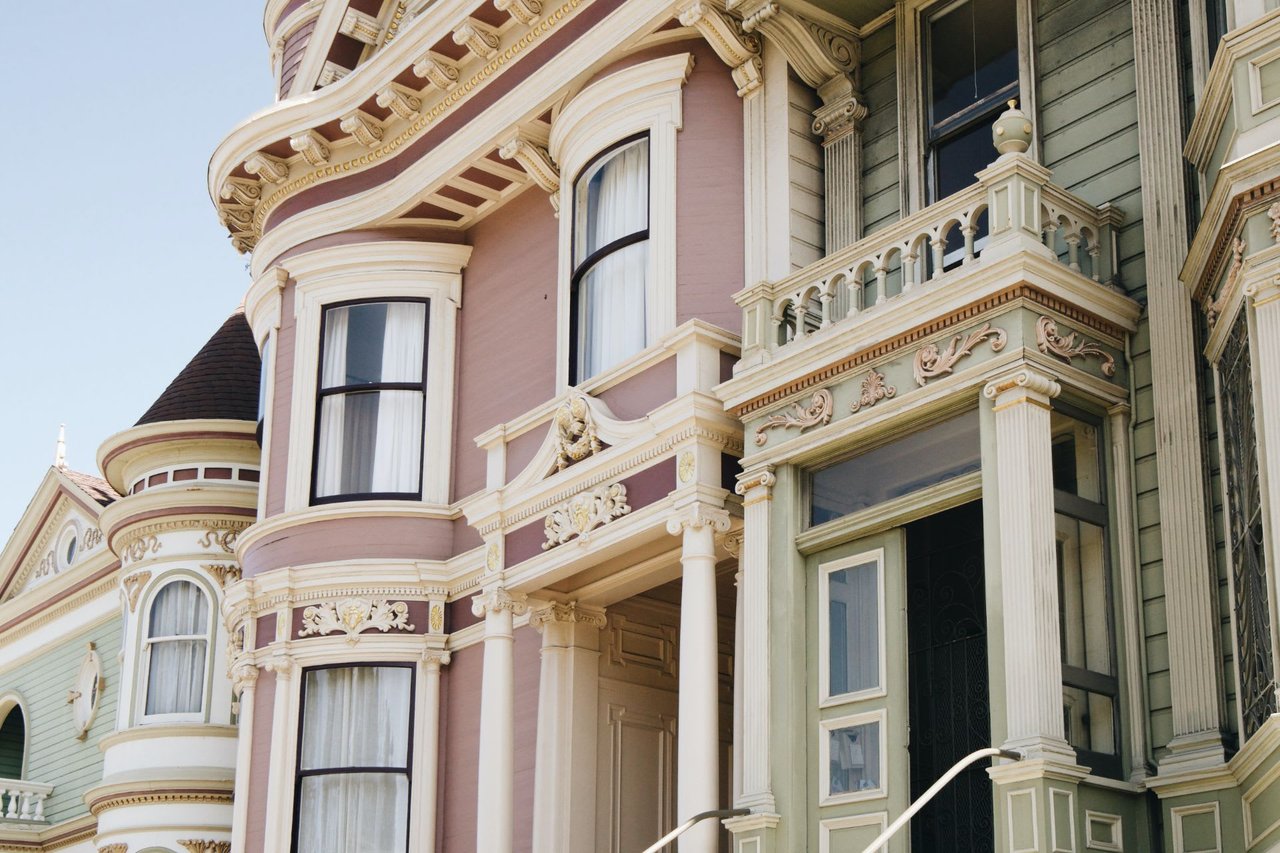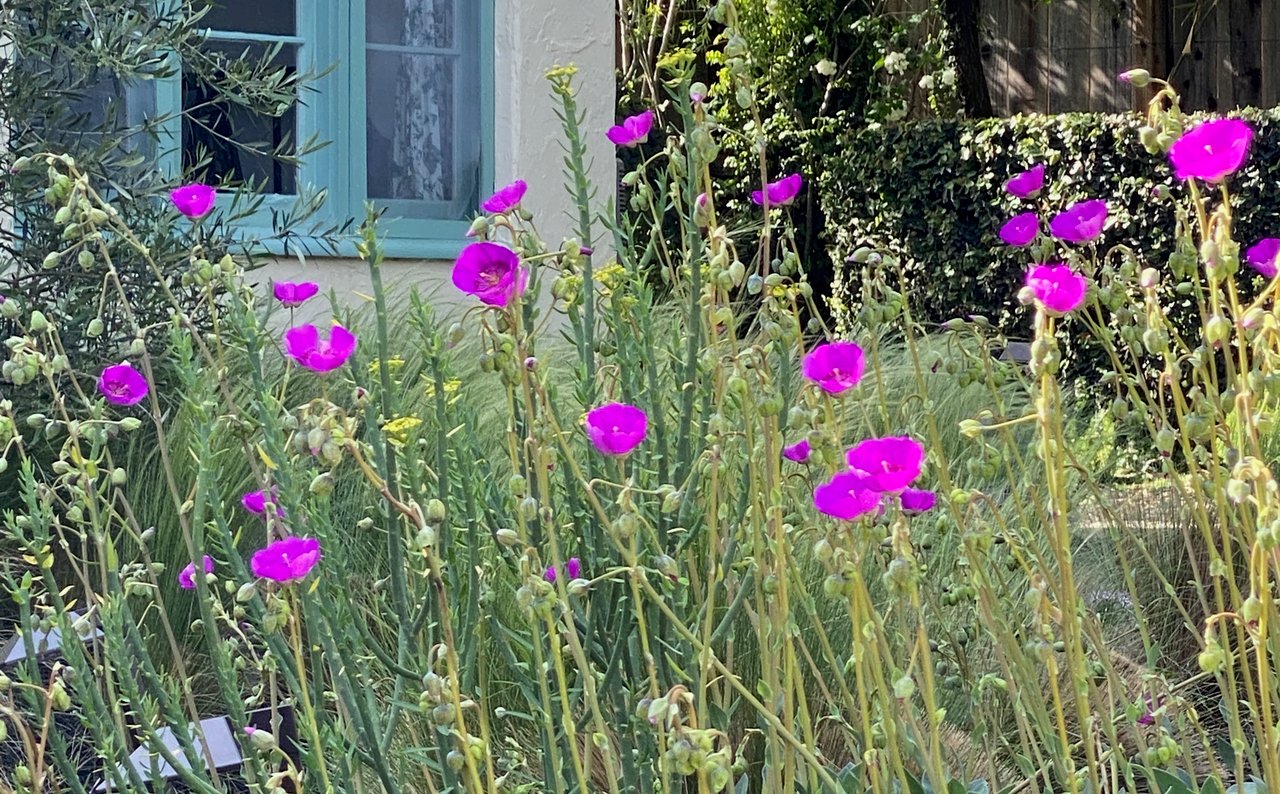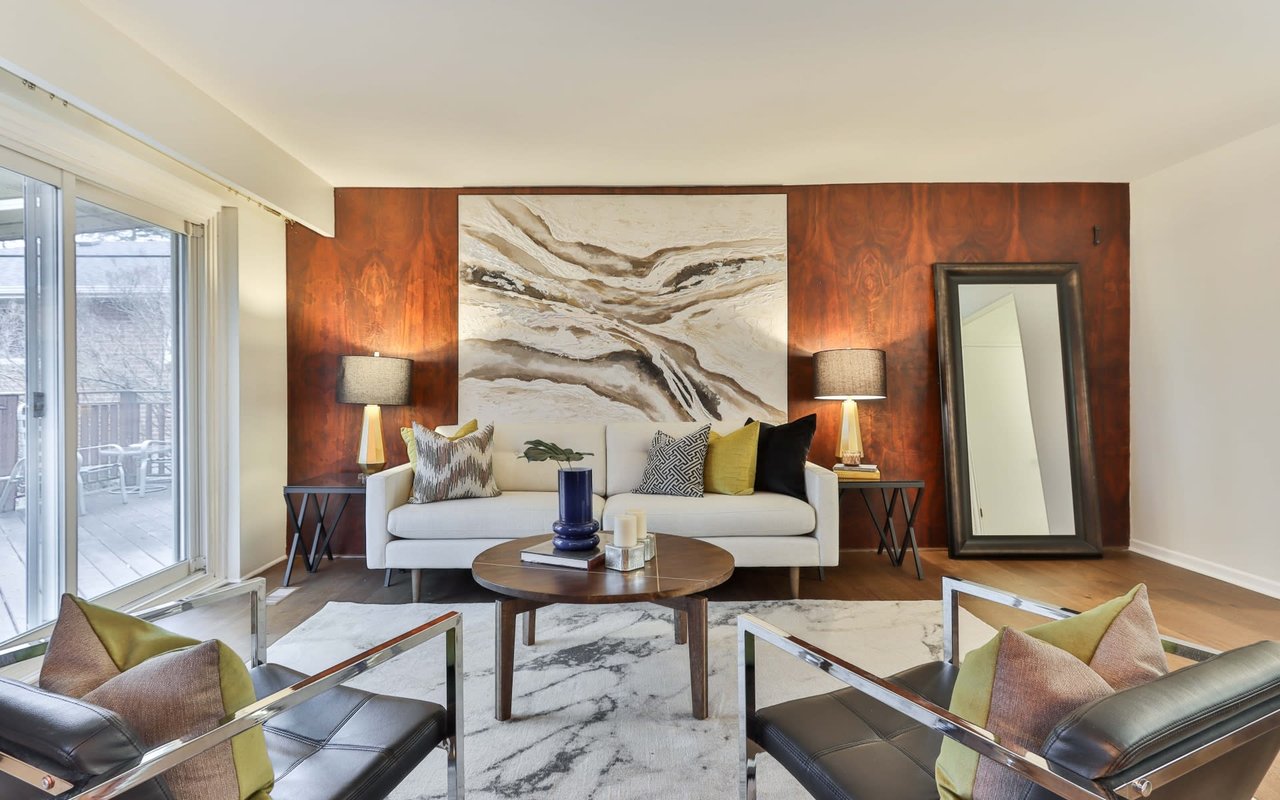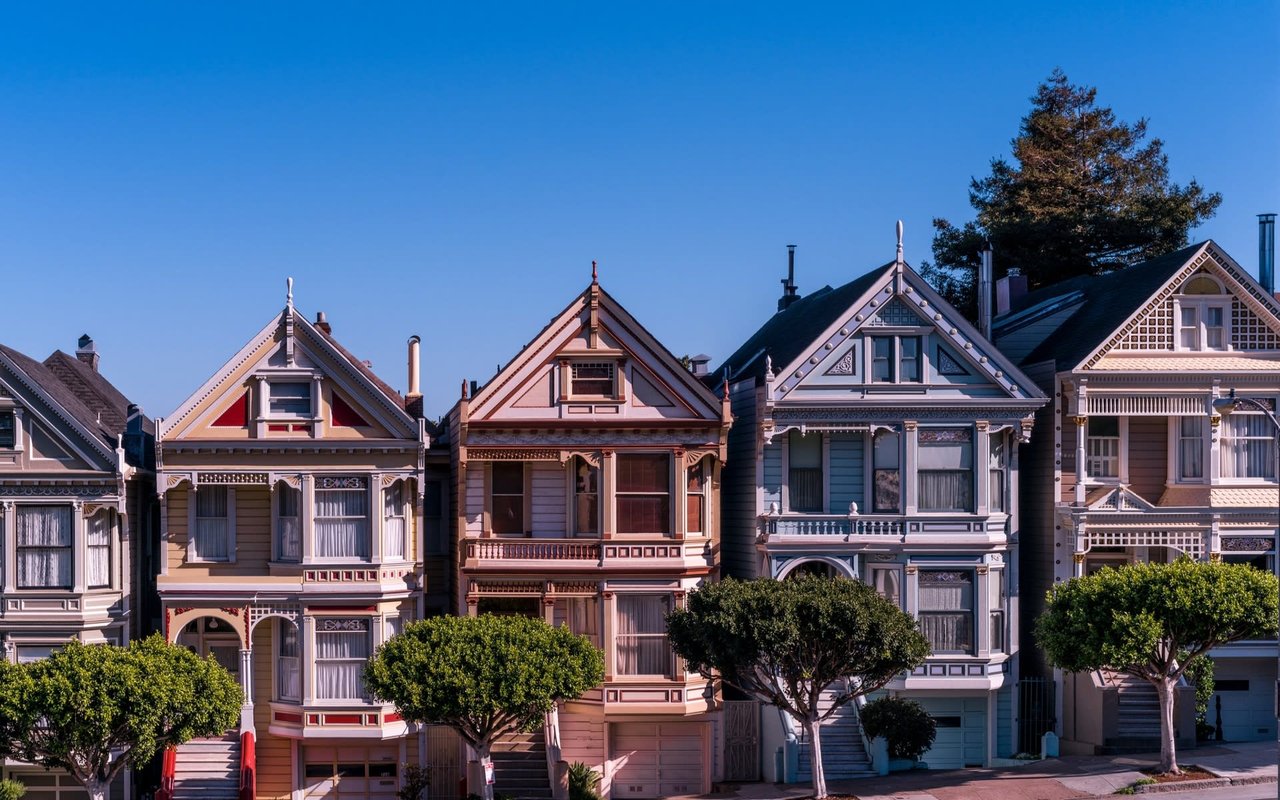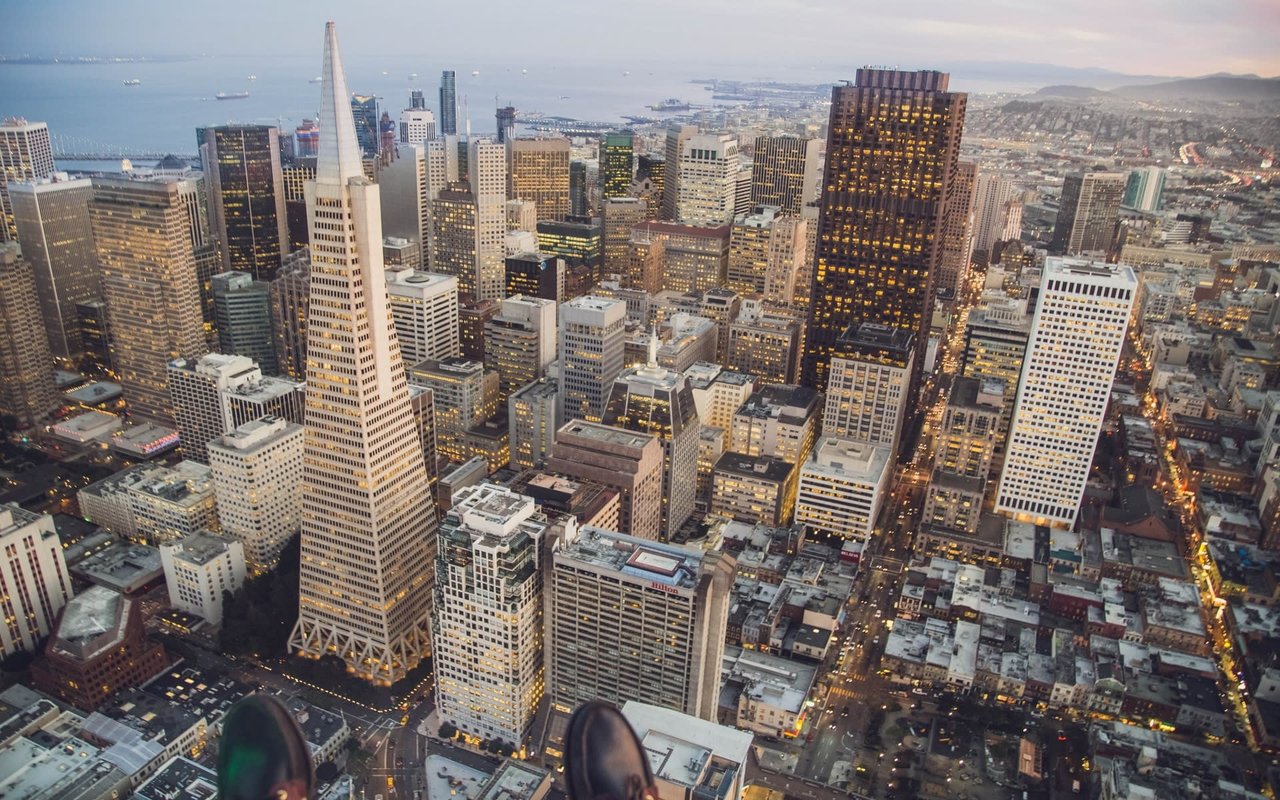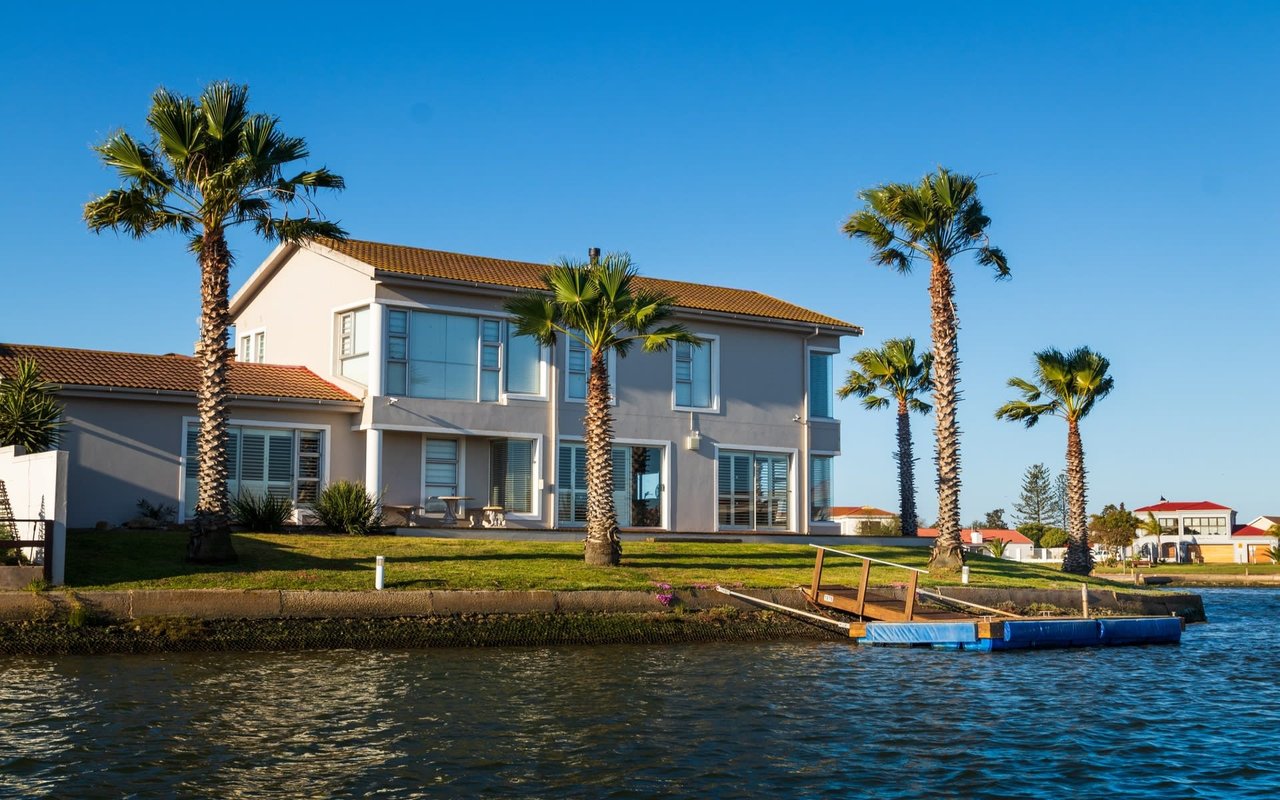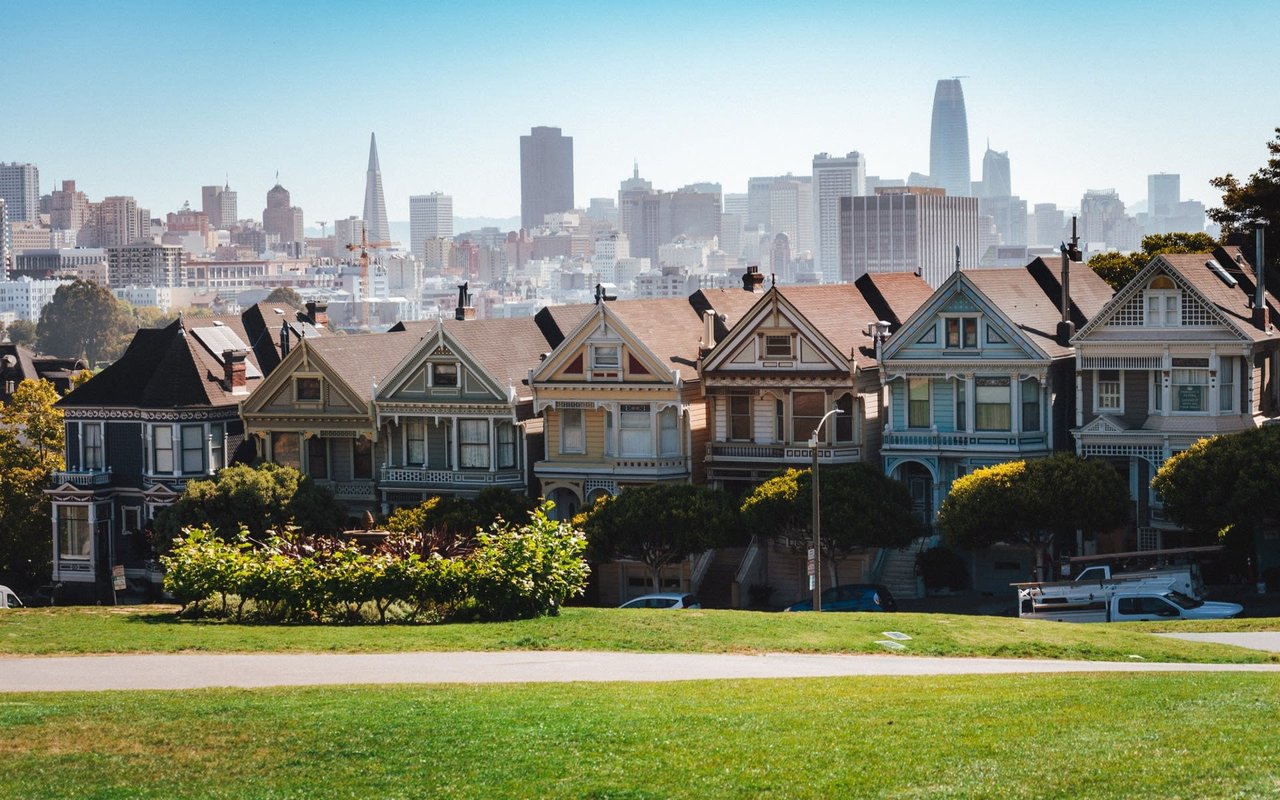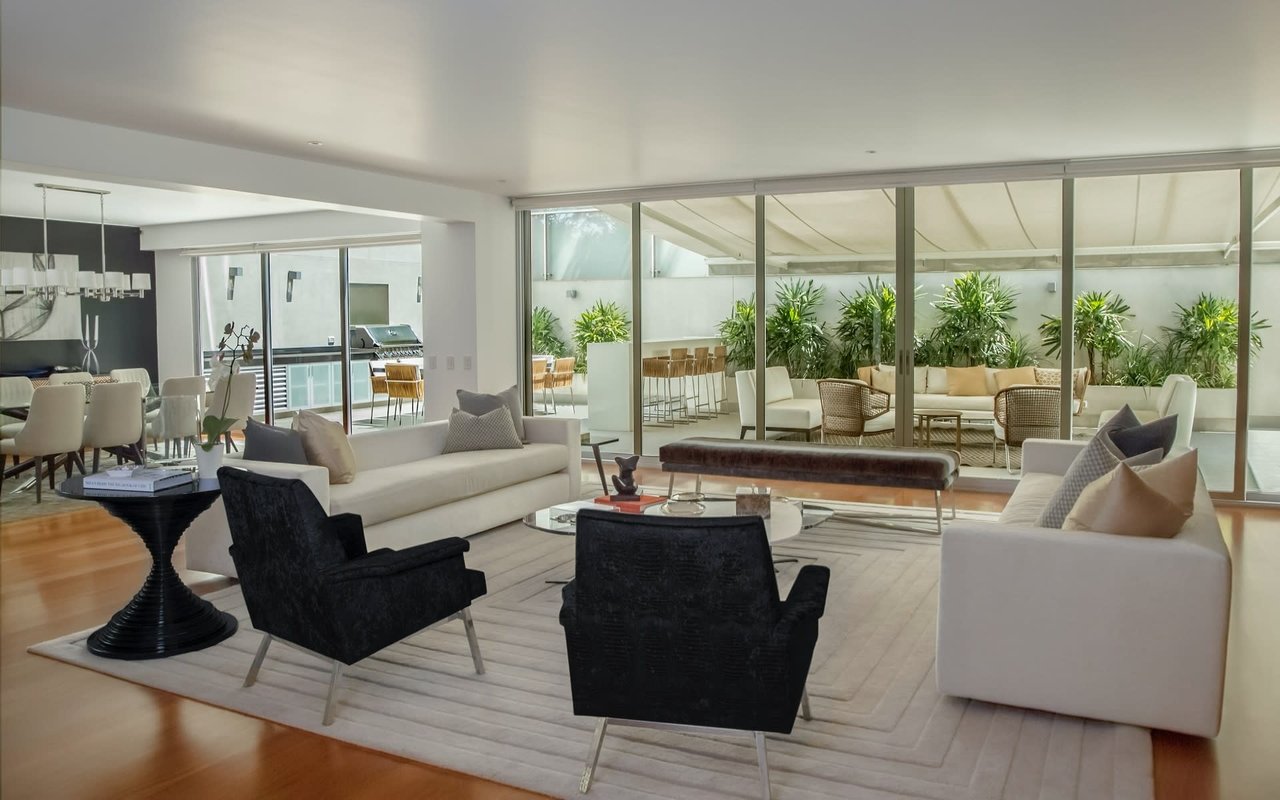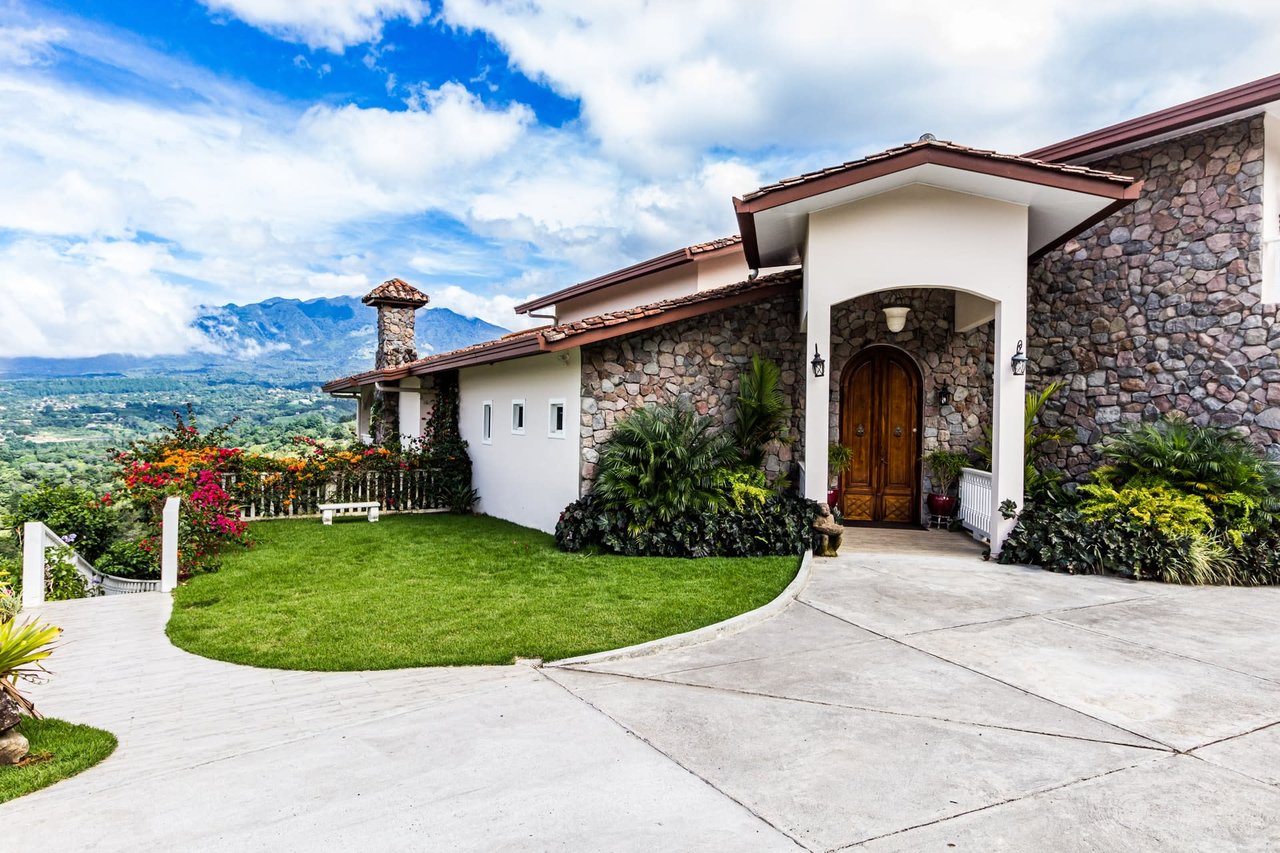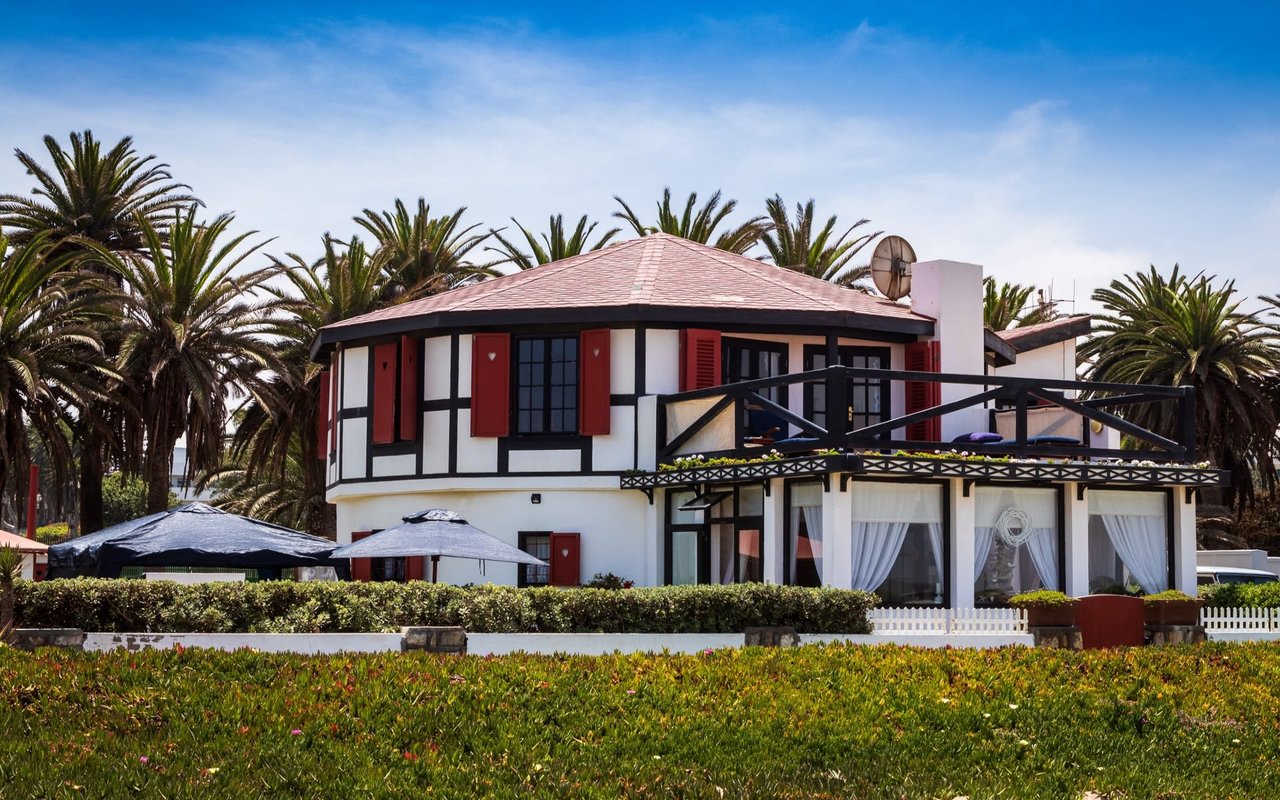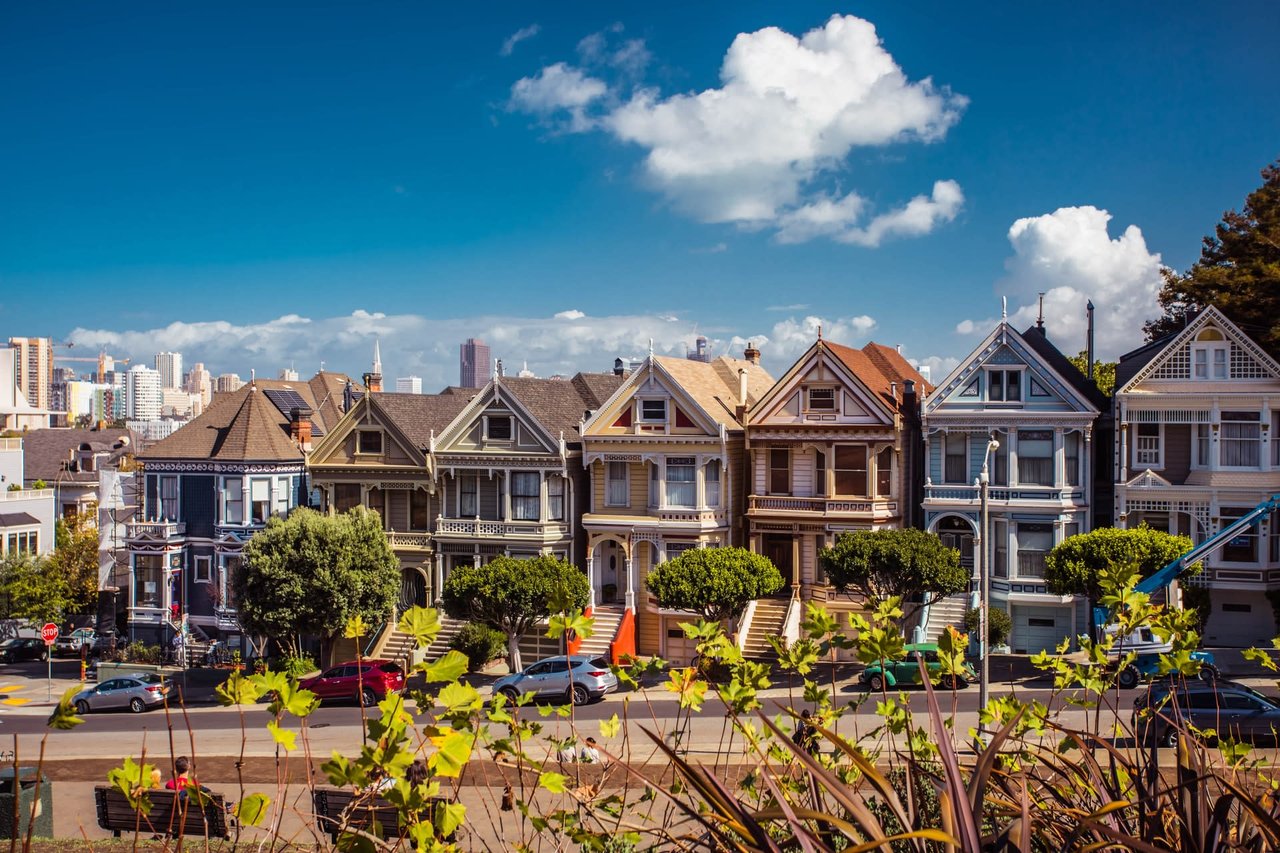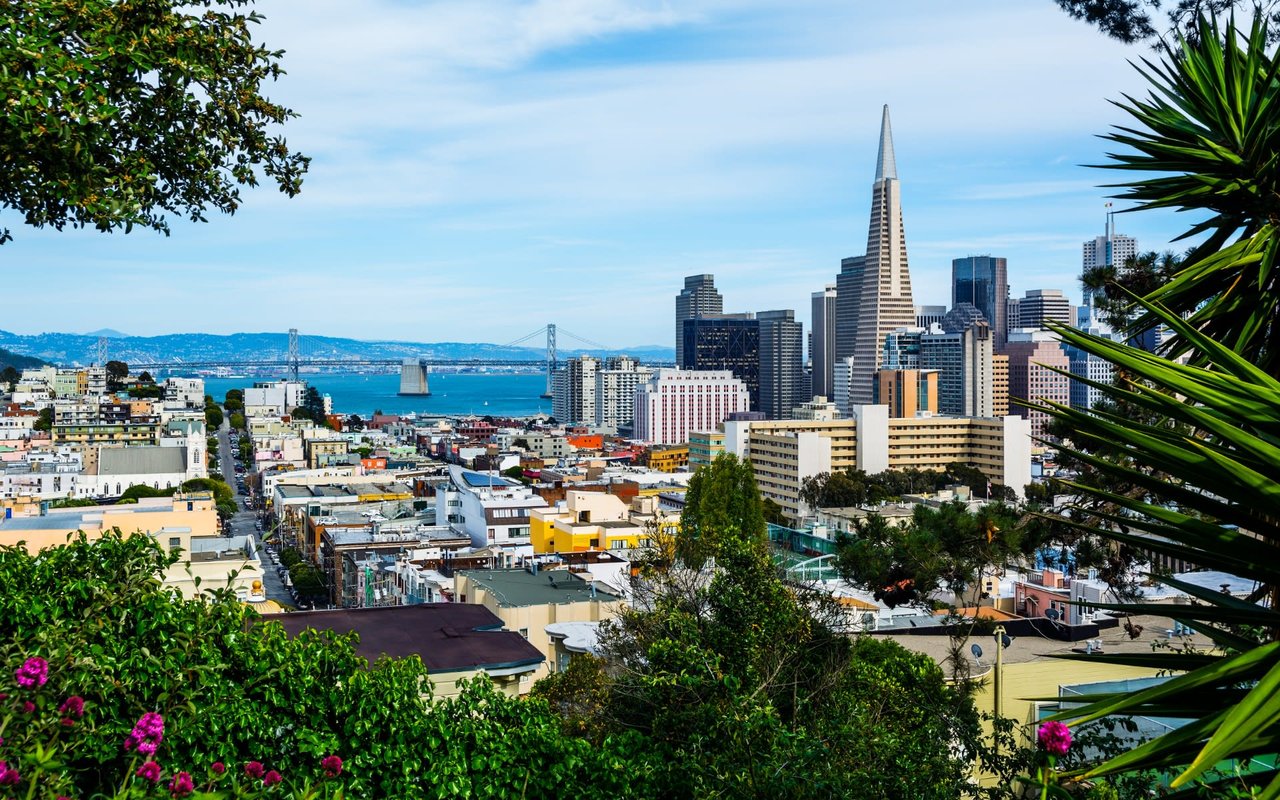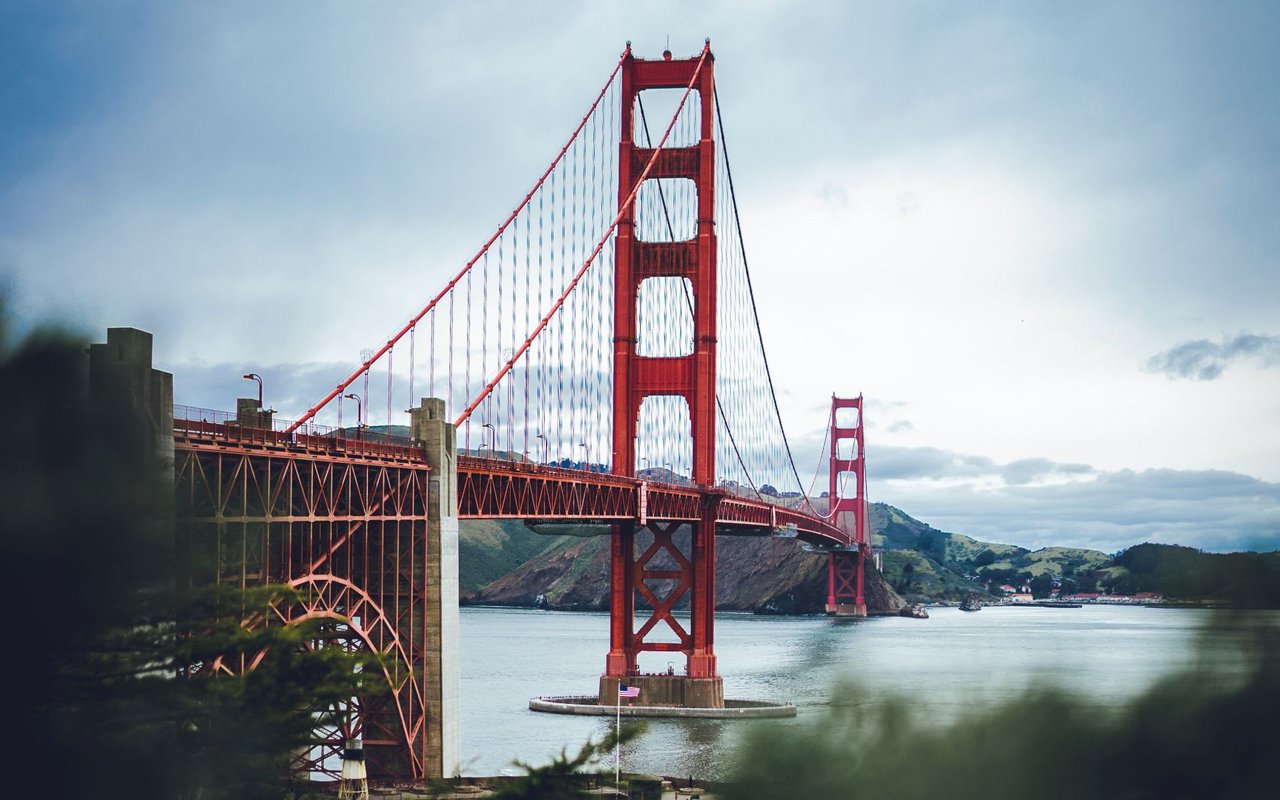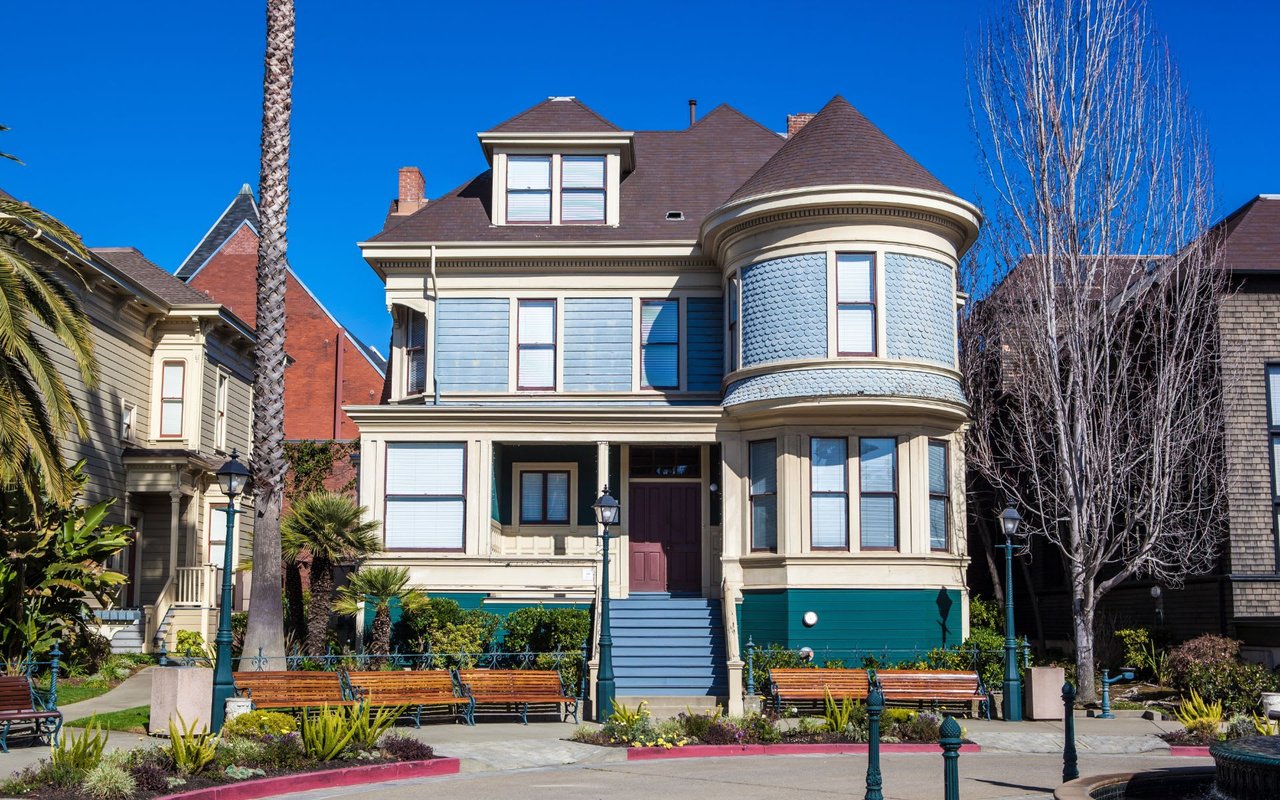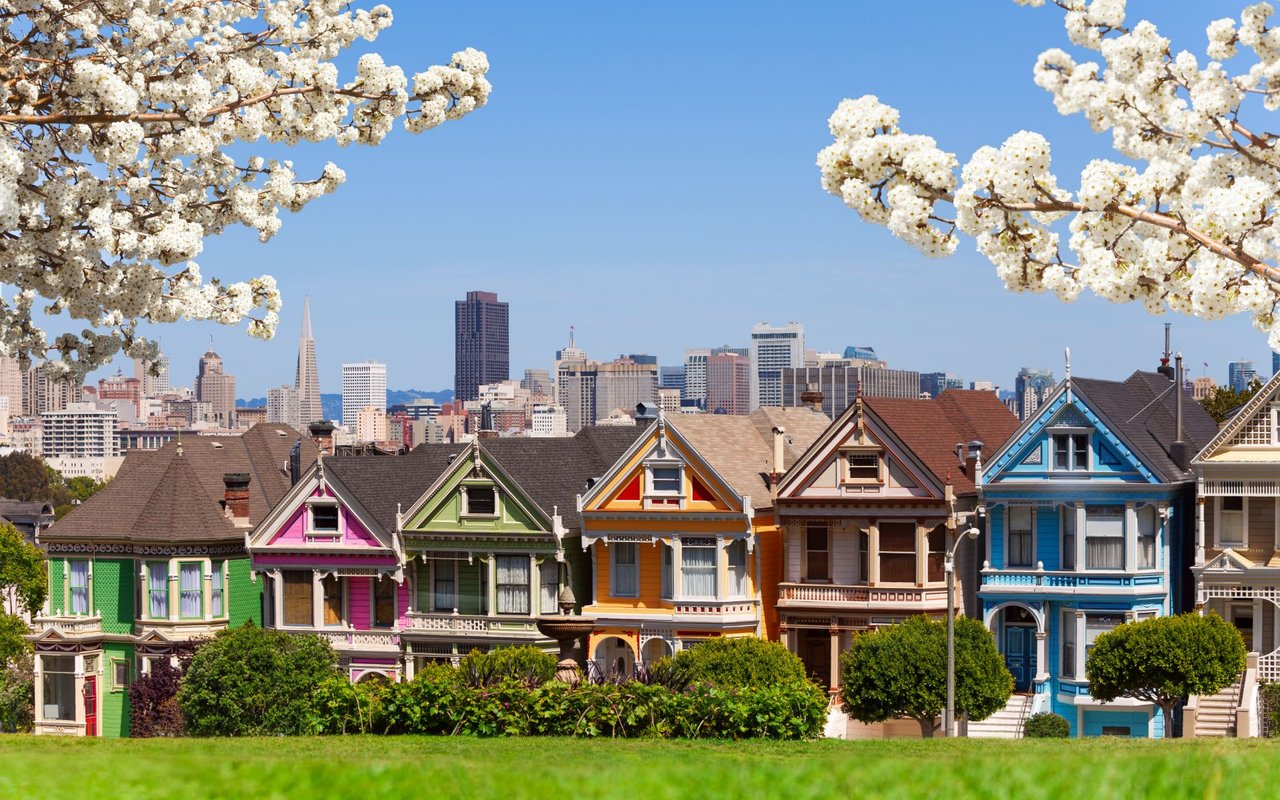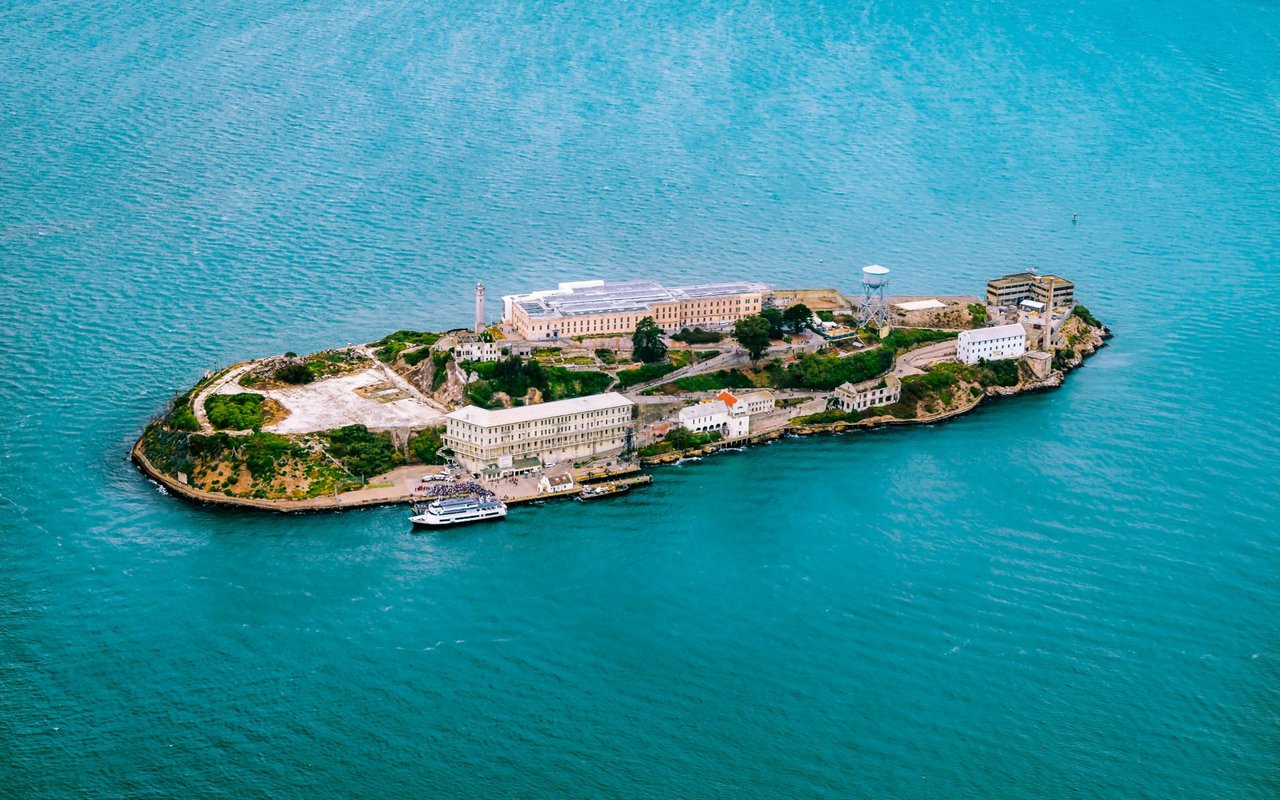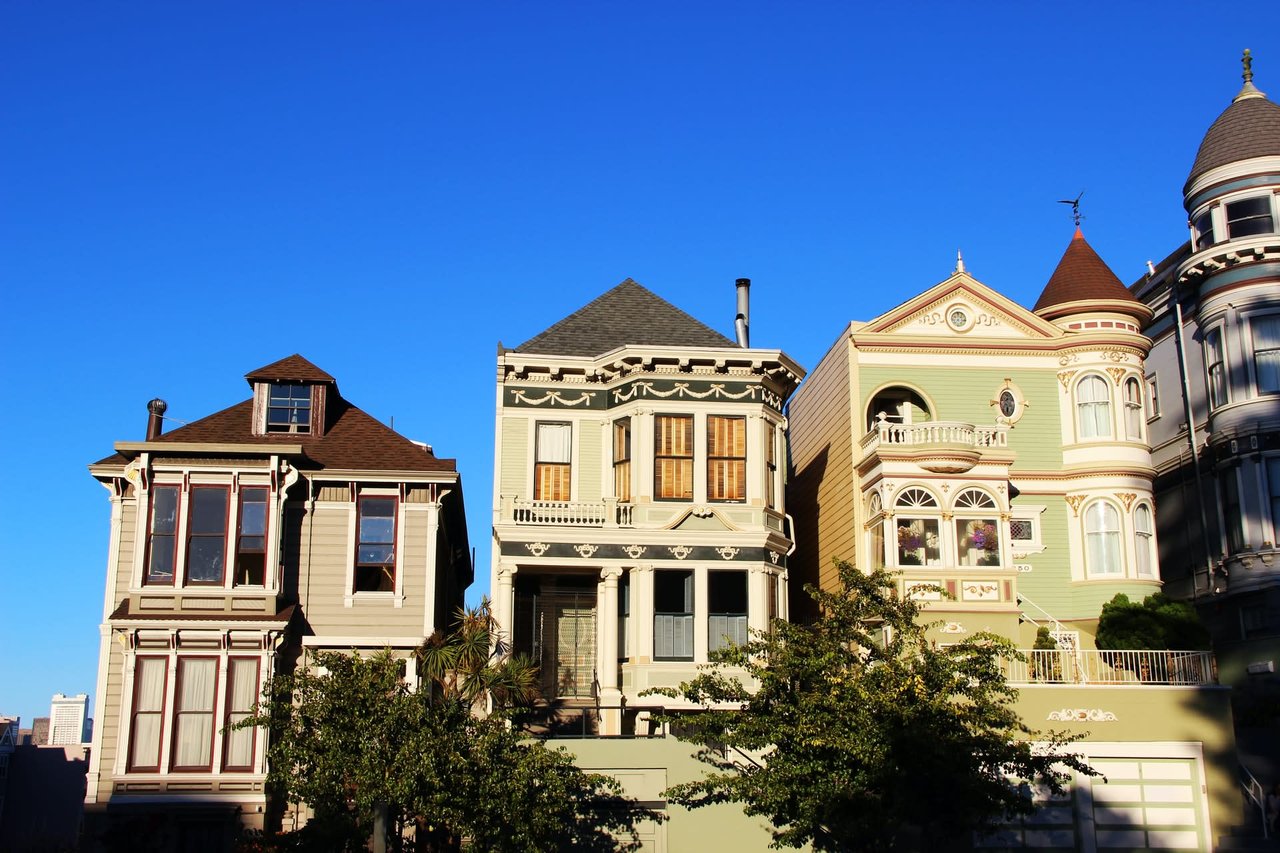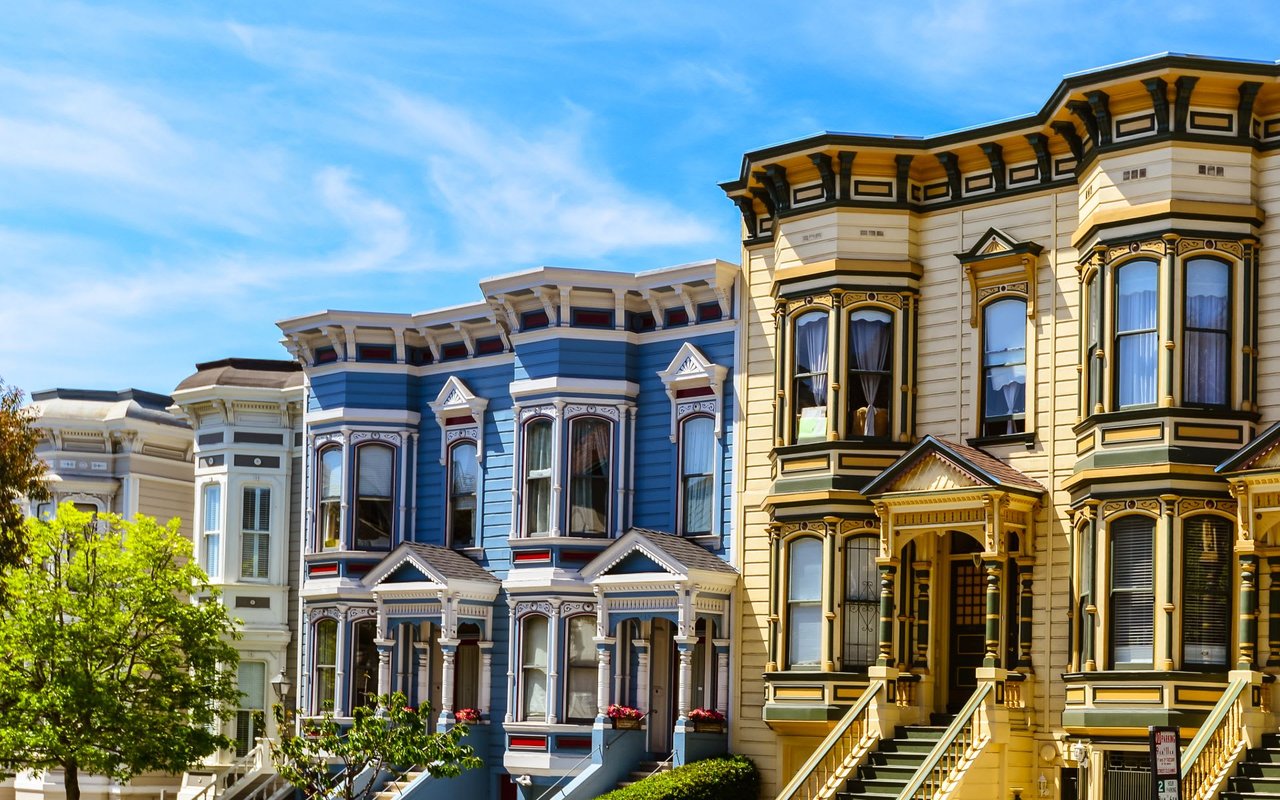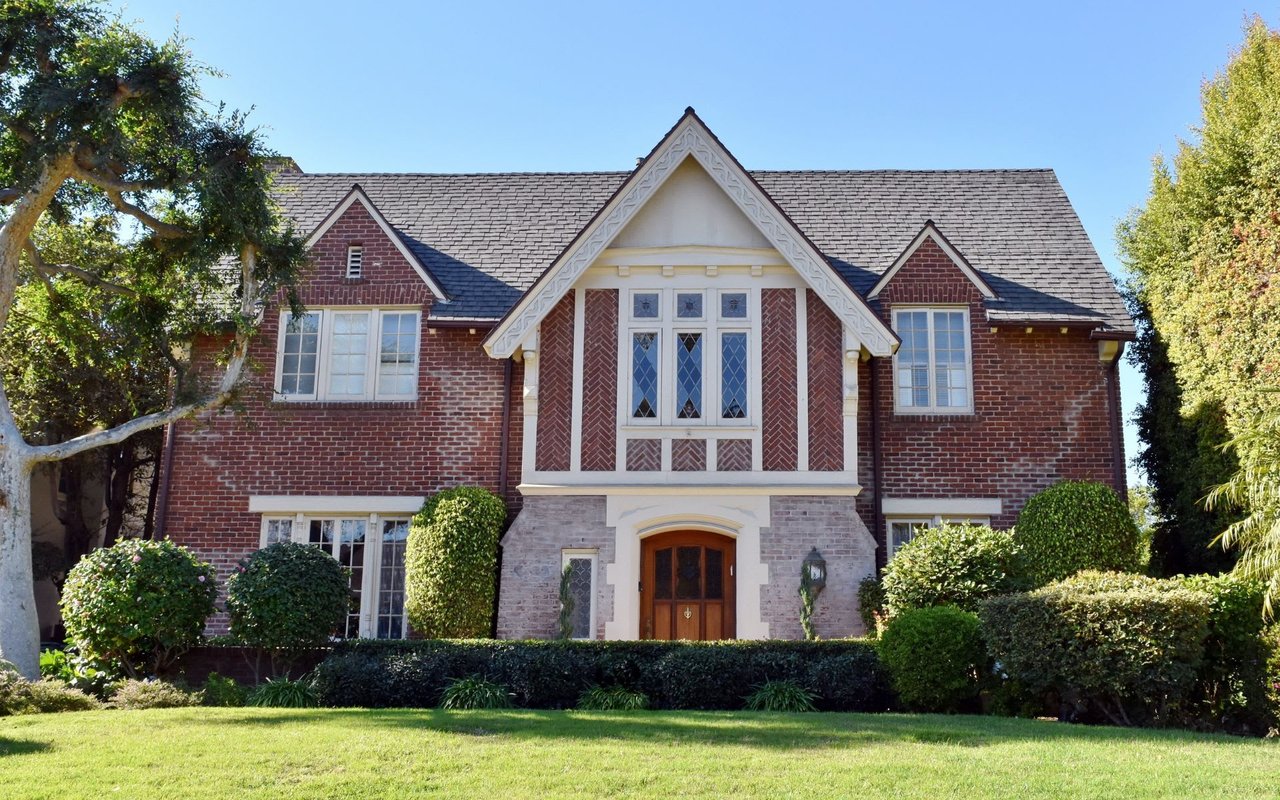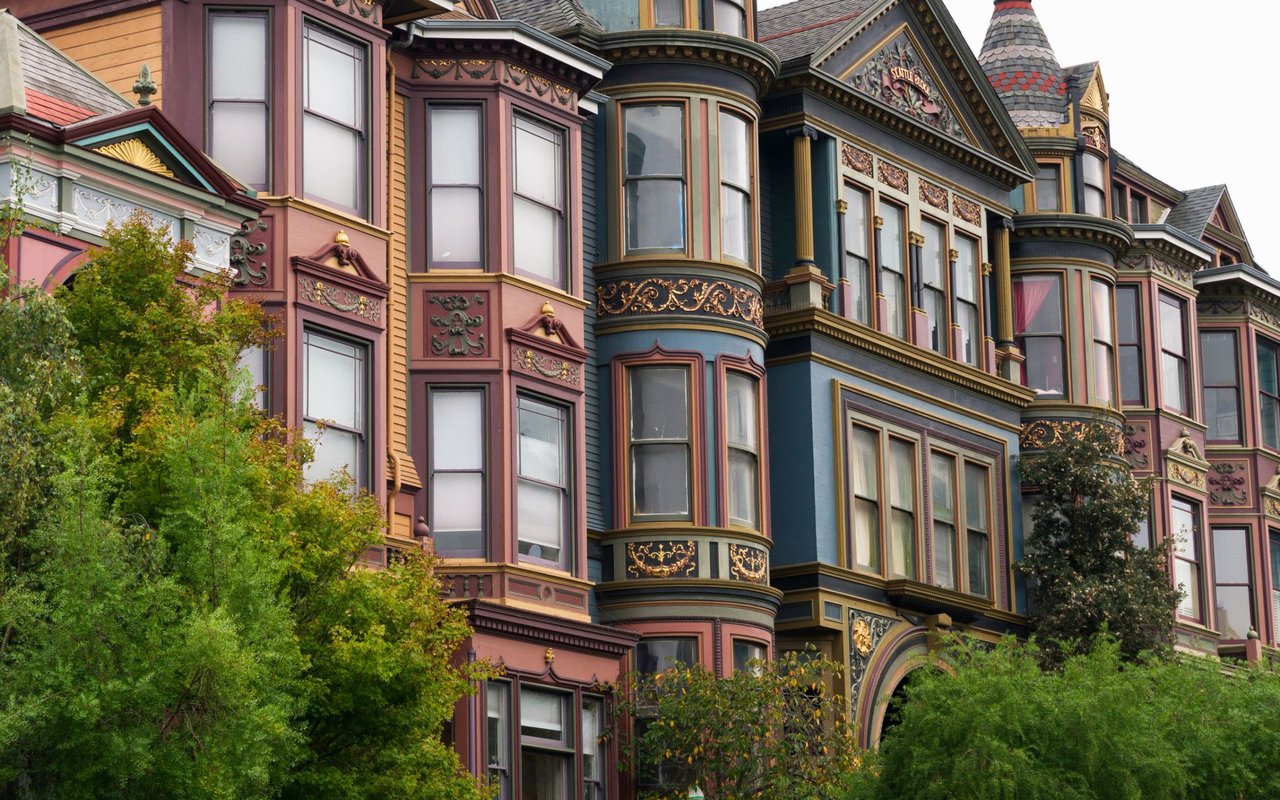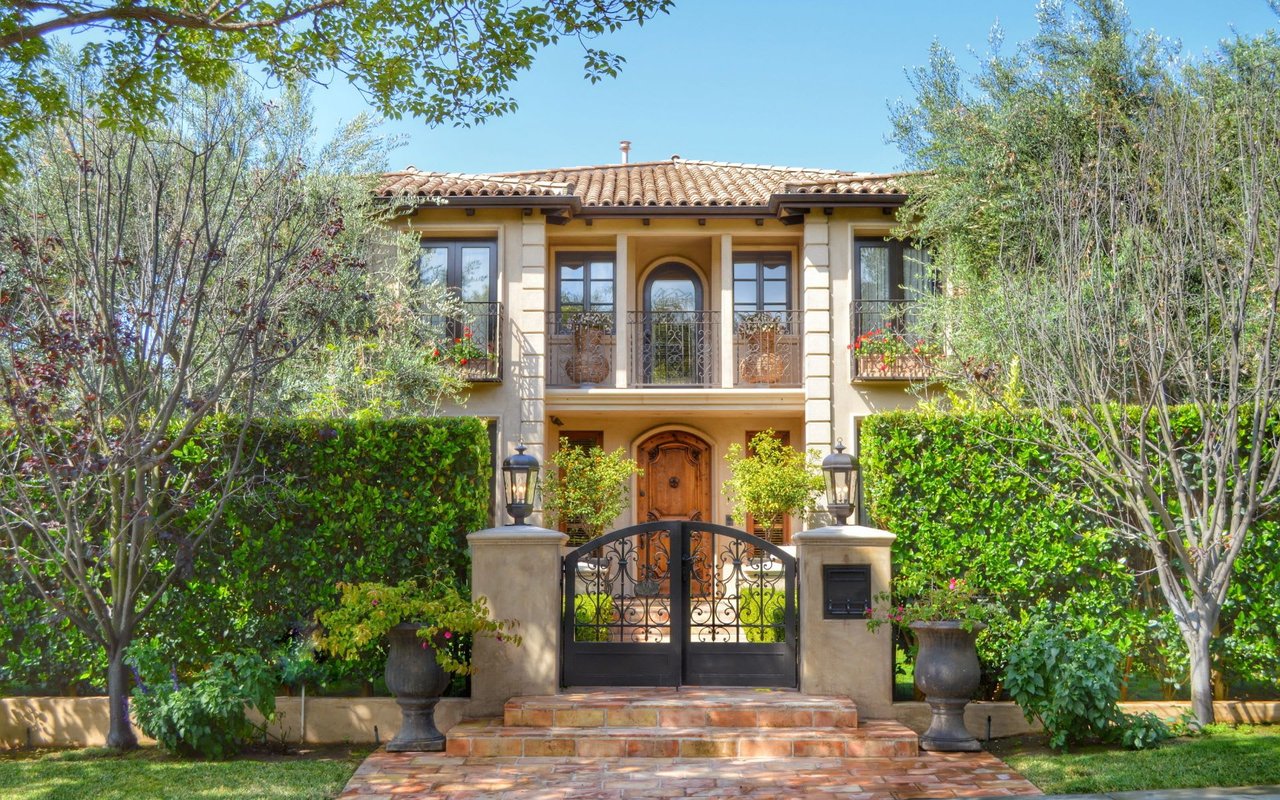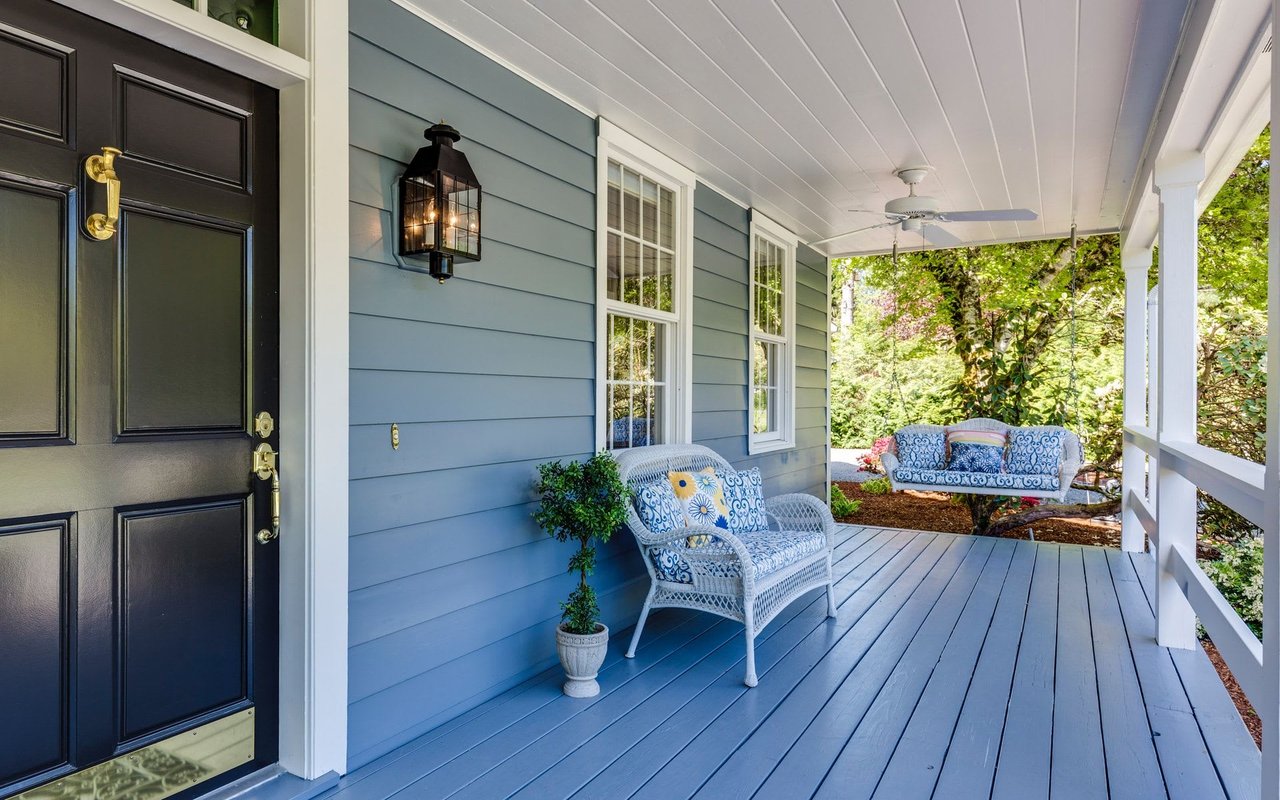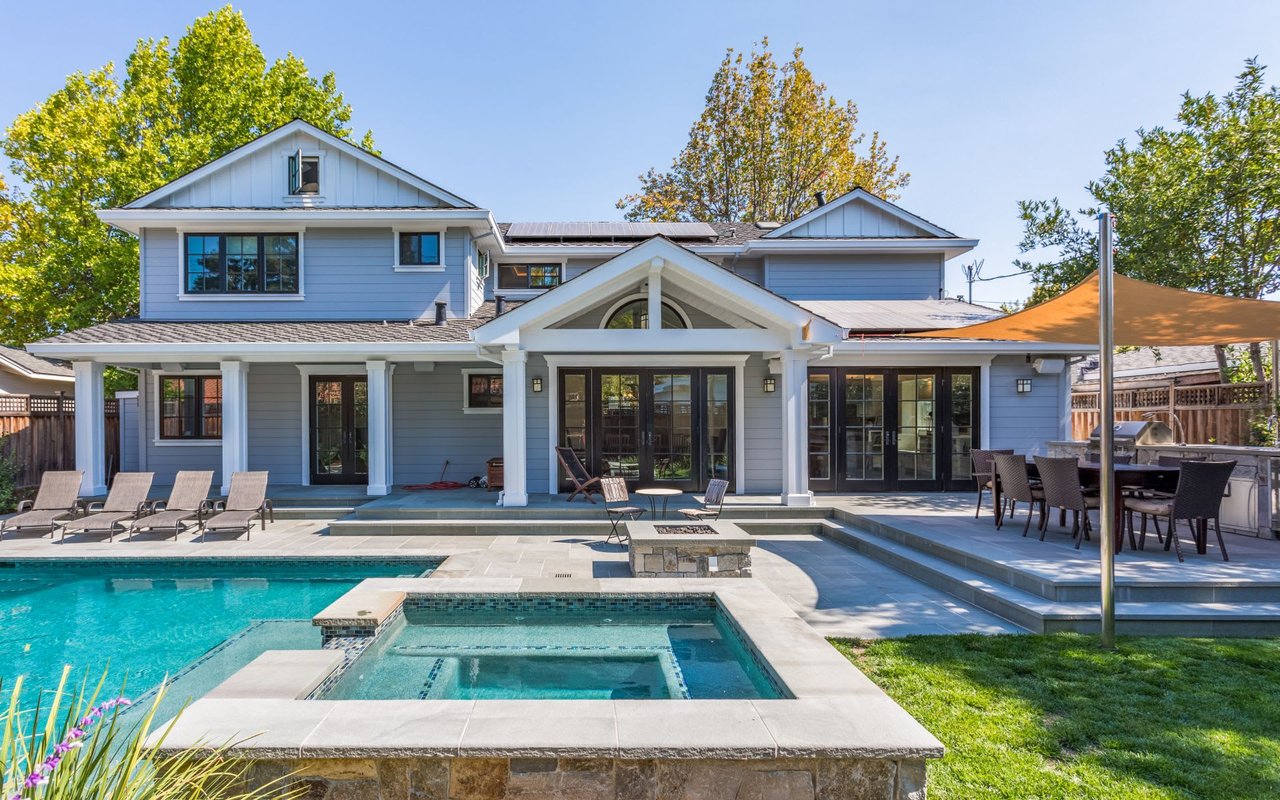The First Bay Tradition, also known as the First Bay Area Tradition or San Francisco Bay Region Tradition, stands as a remarkable testament to the architectural legacy of the San Francisco Bay Area. Emerging during the late 19th and early 20th centuries, this architectural style has left an indelible mark on the landscape of San Francisco and Berkeley. In this article, we delve into the essence of the First Bay Tradition, its distinctive features, influential architects, and its enduring impact on the architectural evolution of the region.
A Departure from the Norm
In the late 19th century, as Victorian and Beaux-Arts styles reigned supreme in the world of architecture, a group of visionary architects in the San Francisco Bay Area embarked on a journey of innovation. This departure from the conventional paved the way for the First Bay Tradition.
Connecting with Nature and Local Materials
At the heart of the First Bay Tradition lies a profound connection to nature. Architects of this tradition embraced the beauty of their surroundings and utilized locally sourced materials, with a particular emphasis on the majestic redwood. The use of redwood not only added a distinctive touch but also paid homage to the region's natural resources.
Craftsmanship, Volume, and Asymmetry
One of the hallmark characteristics of the First Bay Tradition is the meticulous attention to craftsmanship. Each structure is a testament to the skill and dedication of the artisans who brought these architectural wonders to life. The architecture exudes volume, with a keen sense of form and asymmetry, breaking free from the rigid confines of the era's prevailing styles.
Unpainted Redwood Shingles and Simple Design
A defining feature of the First Bay Tradition is the use of unpainted redwood shingles. These shingles, with their warm, natural tones, create a harmonious blend with the environment. The buildings in this tradition often feature a simple, small-scale design that resonates with the desire for unpretentious elegance.
Embracing Nature and Open Planning
The First Bay Tradition blurs the lines between indoors and outdoors. The architectural style fosters a creative relationship with the site and the natural world. The open planning approach encourages residents to immerse themselves in the beauty of the surroundings, creating a unique and holistic living experience.
Natural Redwood Integration
Both interior and exterior designs in this tradition incorporate natural redwood, bringing the outdoors inside. The warm, earthy tones of redwood create an inviting and woodsy ambiance, making each space feel like a tranquil retreat.
Roofs and Ornamentation
The roofs of First Bay Tradition buildings are typically designed as hip or gable roofs, adding to the overall charm and uniqueness. While ornamentation is sparse, it is applied thoughtfully and eclectically, enhancing the architectural appeal without overwhelming the design.
Visionaries and Pioneers
The First Bay Tradition owes its existence to visionaries like Joseph Worcester, a minister, mystic, and amateur architect. It was later popularized and refined by prominent architects including Bernard Maybeck and Willis Polk. These architects left an indelible mark on the architectural landscape of the region.
Notable Architects
Beyond Maybeck and Polk, other notable architects associated with this tradition include A. Page Brown, Ernest Coxhead, John Galen Howard, Julia Morgan, Louis Christian Mullgardt, and A. C. Schweinfurth. Each of these architects contributed their unique perspectives and talents to shape the First Bay Tradition into what it is today.
The Legacy Lives On
The influence of the First Bay Tradition reverberates through time. It significantly impacted later architectural styles, most notably the Modernists of the Second Bay Tradition. Architects like Henry Higby Gutterson and John Hudson Thomas played pivotal roles in bridging the gap between the First and Second Bay Traditions, carrying forward the legacy of innovation and design excellence.
A Modern Twist on Tradition
The First Bay Tradition is more than a historical relic; it represents a blend of modern building methods and materials with historic details. It stands out for its sensitivity to the surroundings, including the unique requirements of the site and client. It embodies a modern yet historically resonant design approach that continues to captivate those who appreciate architectural excellence.
Reach Out To Bonnie Spindler
The First Bay Tradition is more than just an architectural style; it's a testament to the creativity, innovation, and reverence for nature that define the San Francisco Bay Area. Whether you're a history enthusiast, an architecture aficionado, or a prospective homeowner, exploring this tradition is a journey well worth embarking upon. It's a glimpse into the soul of a region that cherishes its unique identity and continues to push the boundaries of architectural excellence.
If you're captivated by the allure of the First Bay Tradition and are considering San Francisco houses for sale that embody this unique architectural style, reach out to Bonnie Spindler, The Victorian Specialist. Bonnie's expertise in historic and distinctive properties in the San Francisco Bay Area makes her the ideal partner in your search for a home that reflects the rich architectural heritage of the region.
